Manila is like a Fellini woman. Just more tropical – It is a place where many objects seem to crash together, forging a bewildering scene of inconsistent, unimaginable colours, structures, and manlike phantoms – unfathomable modernity meets utter pennilessness, which is simply undeniable no matter in what direction you turn. It is a place where the class system is heavily divided and perhaps due to this, it might even remind of the picturesque, ownerless landscape of Mexico City. It is here, in the center of the Philippines’ capital Manila, where Clara Balaguer lives with her 12 year-old daughter, father, a miniature dog, and her infinite plants – all intertwined within this beautiful chaos.
Besides fulfilling her deceased mother’s dream of writing a book about the family, managing a very own plant hospital in the upstairs terrace, the half Filipina and half Spanish young revolutionary works hard on incorporating the arts within the developing countries, such as her own, in order for everyone to gain access to the creative world. Her company The Office of Culture and Design brings individuals together and generates prolific and artistic projects that inspire those that perhaps have been left out, unable to attain those resources that other’s have been blessed with.
Her old world, advertising, has been left behind for long, thus she firmly believes art and design are not luxuries but pure necessities. With this example, Balaguer meets her existing generation with quintessential criticism and validity in order to point out the issues and there very solutions.
During a journey through Manila’s neighbourhoods such as Intramuros, Binondo, China Town, Makati and North Port District, Balaguer’s house and office, accompanied by refreshing beers, a few too many social cigarettes, and some gardening, we talked to the exotic beauty about Monty Python, the advertising scene, the means of art and why she is never scared to talk about her new ideas to strangers.
This portrait is part of our ongoing collaboration with ZEIT Onlinewho presents a special curation of our pictures on their site. Have a lookhere!


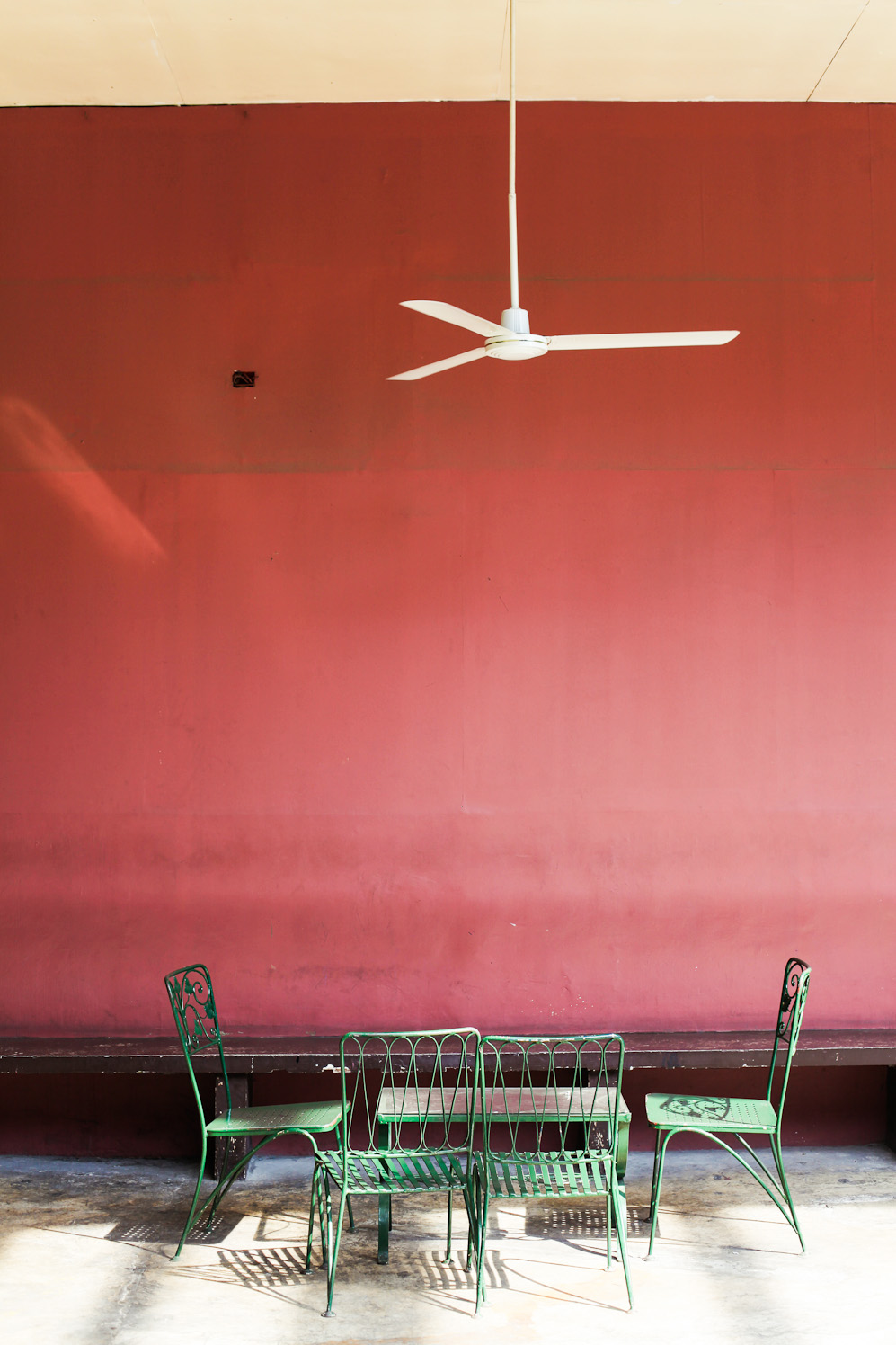


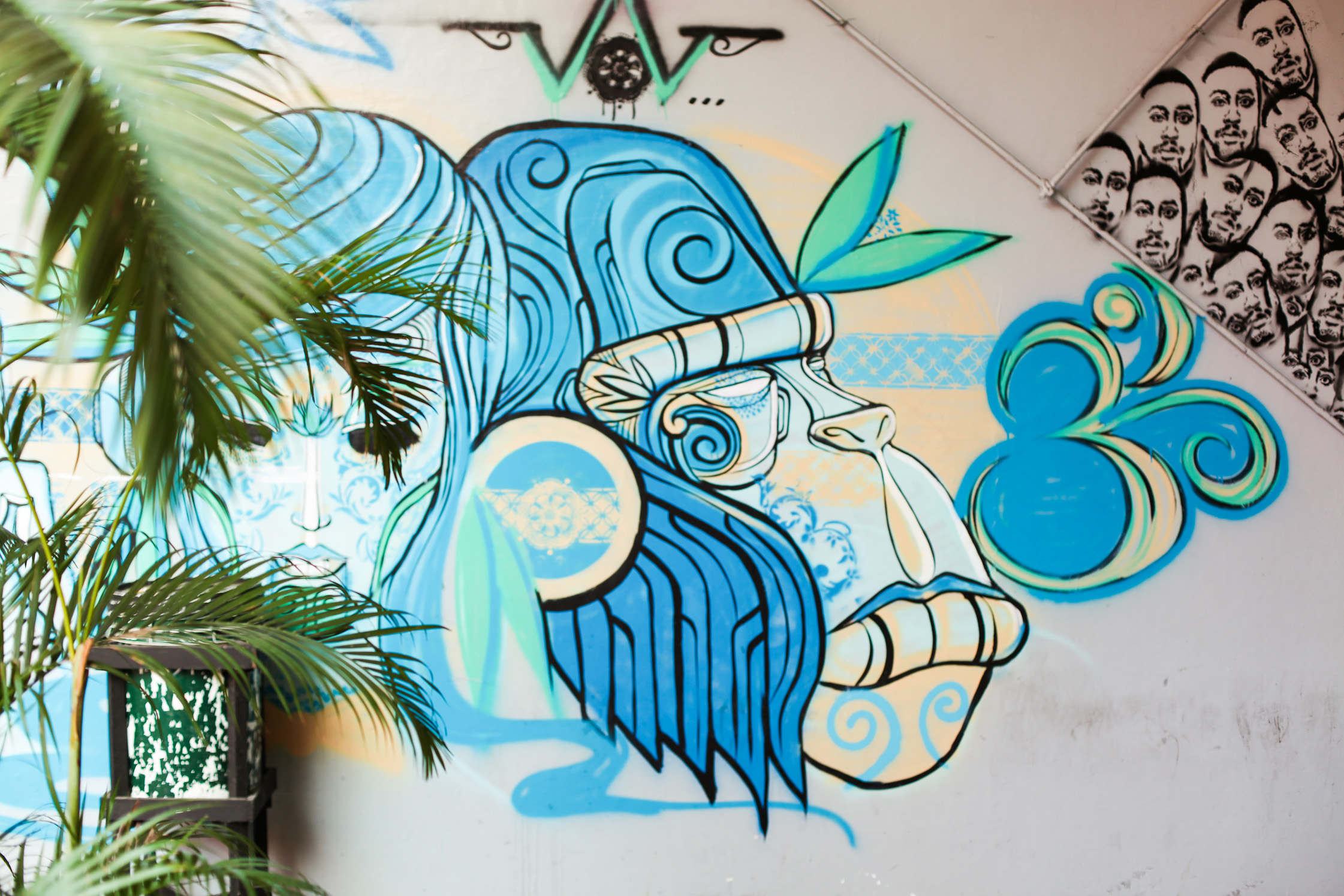
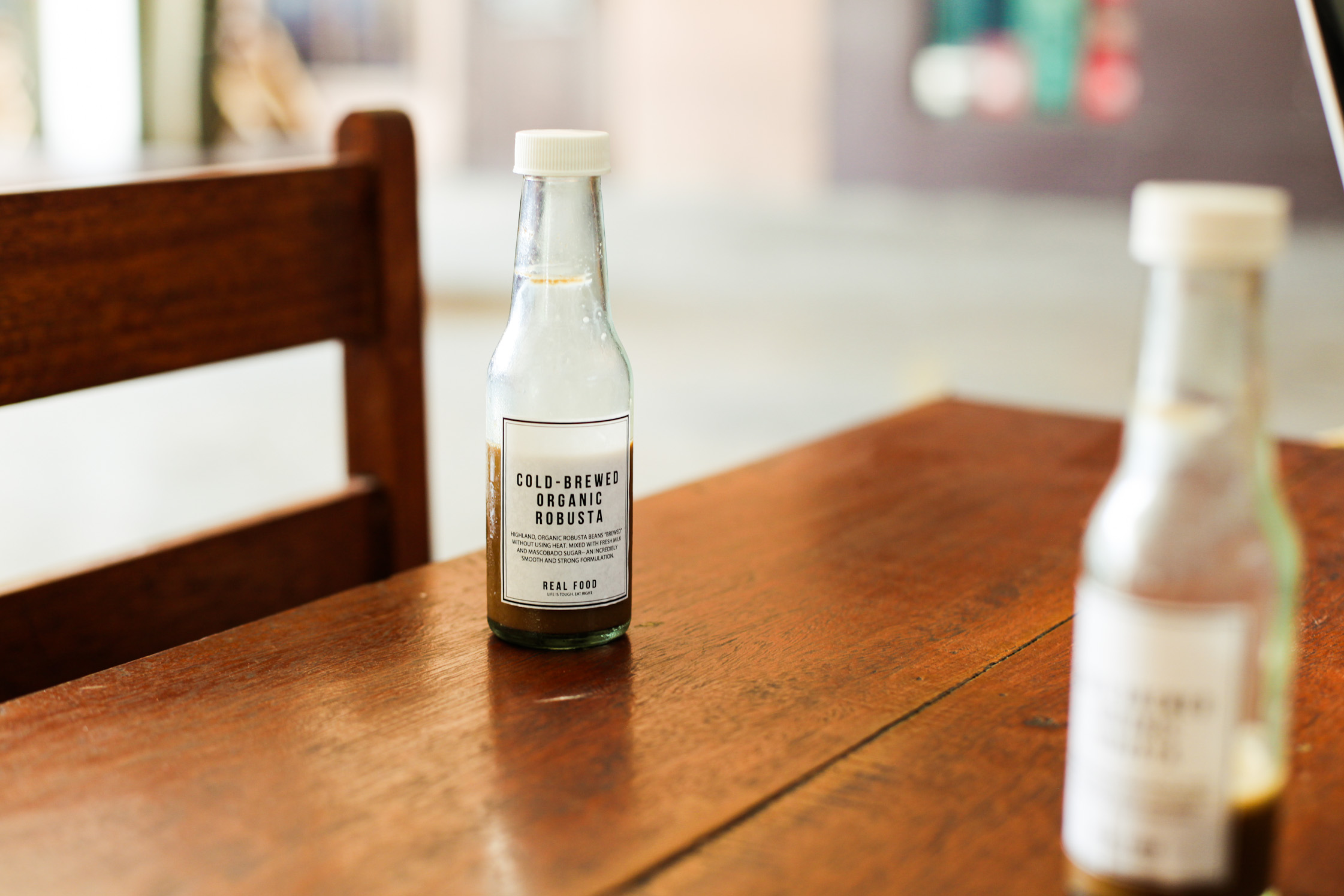
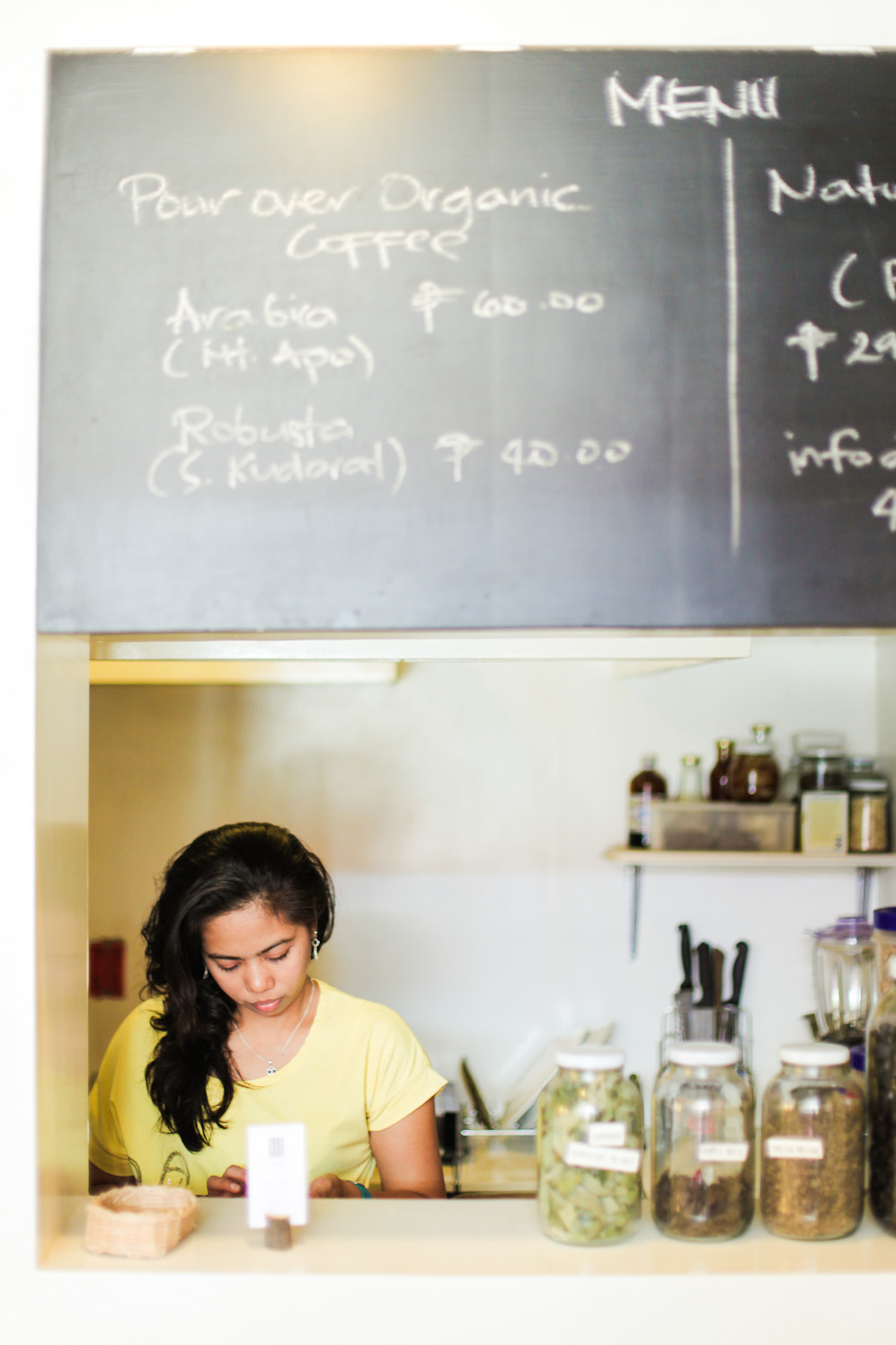
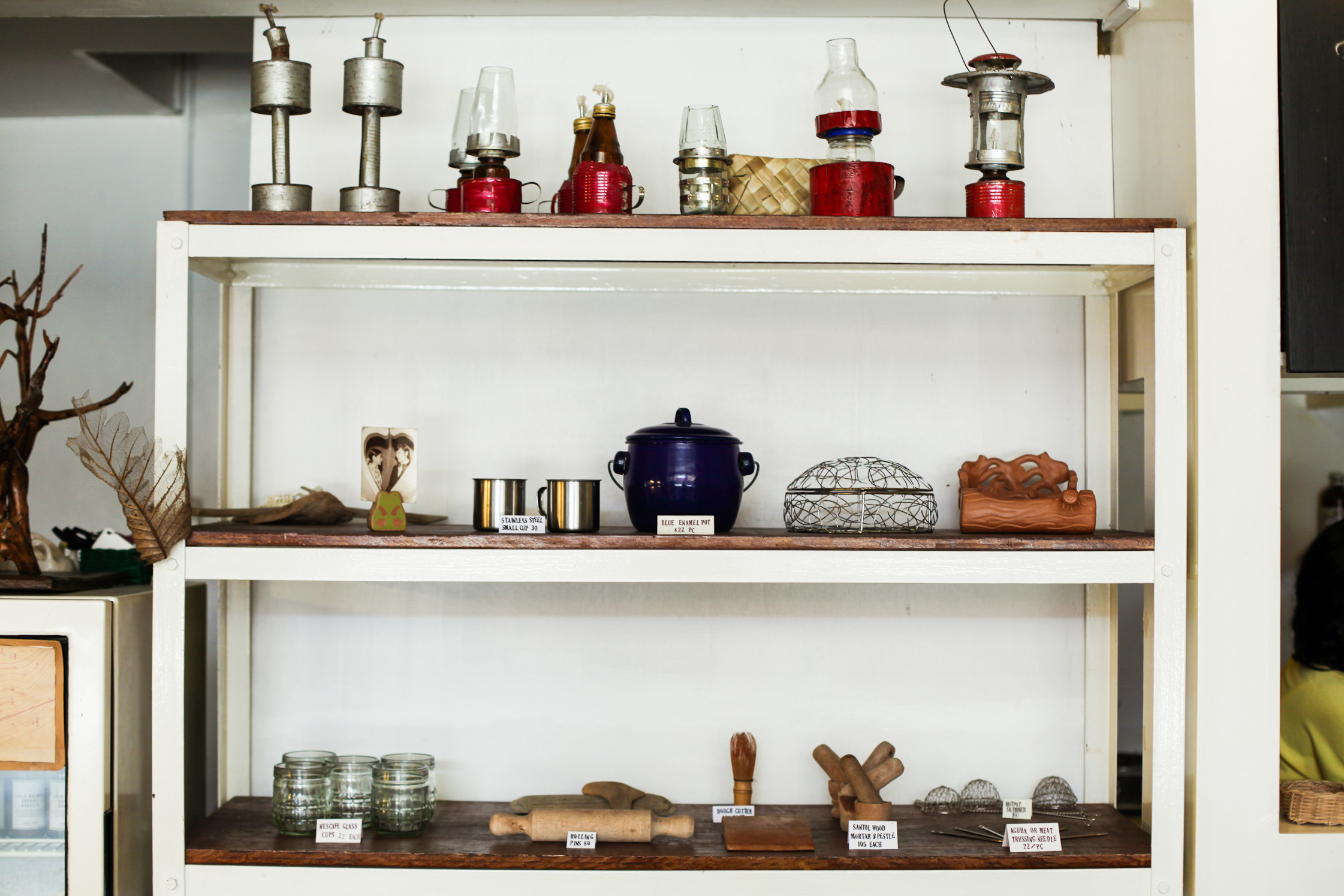
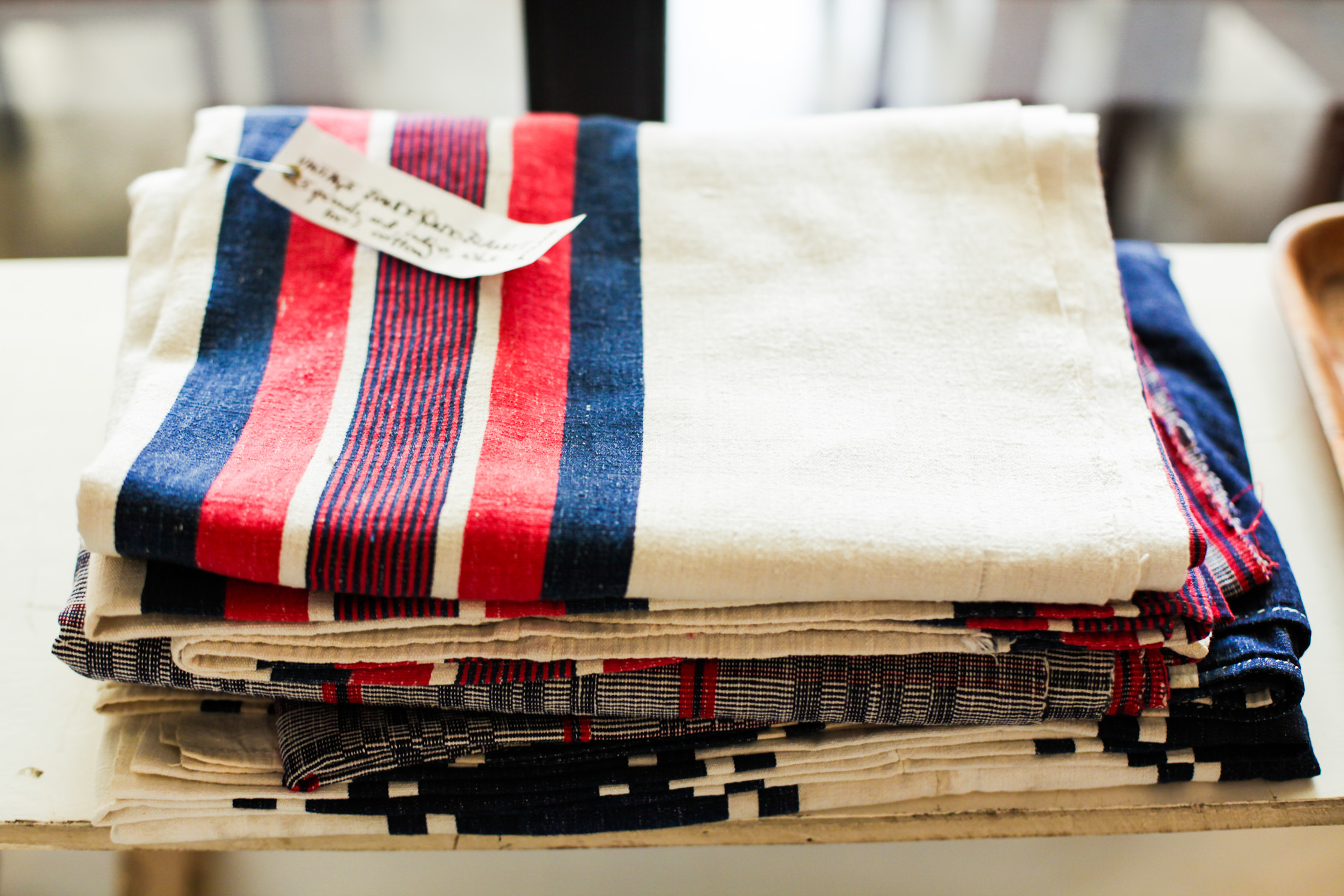
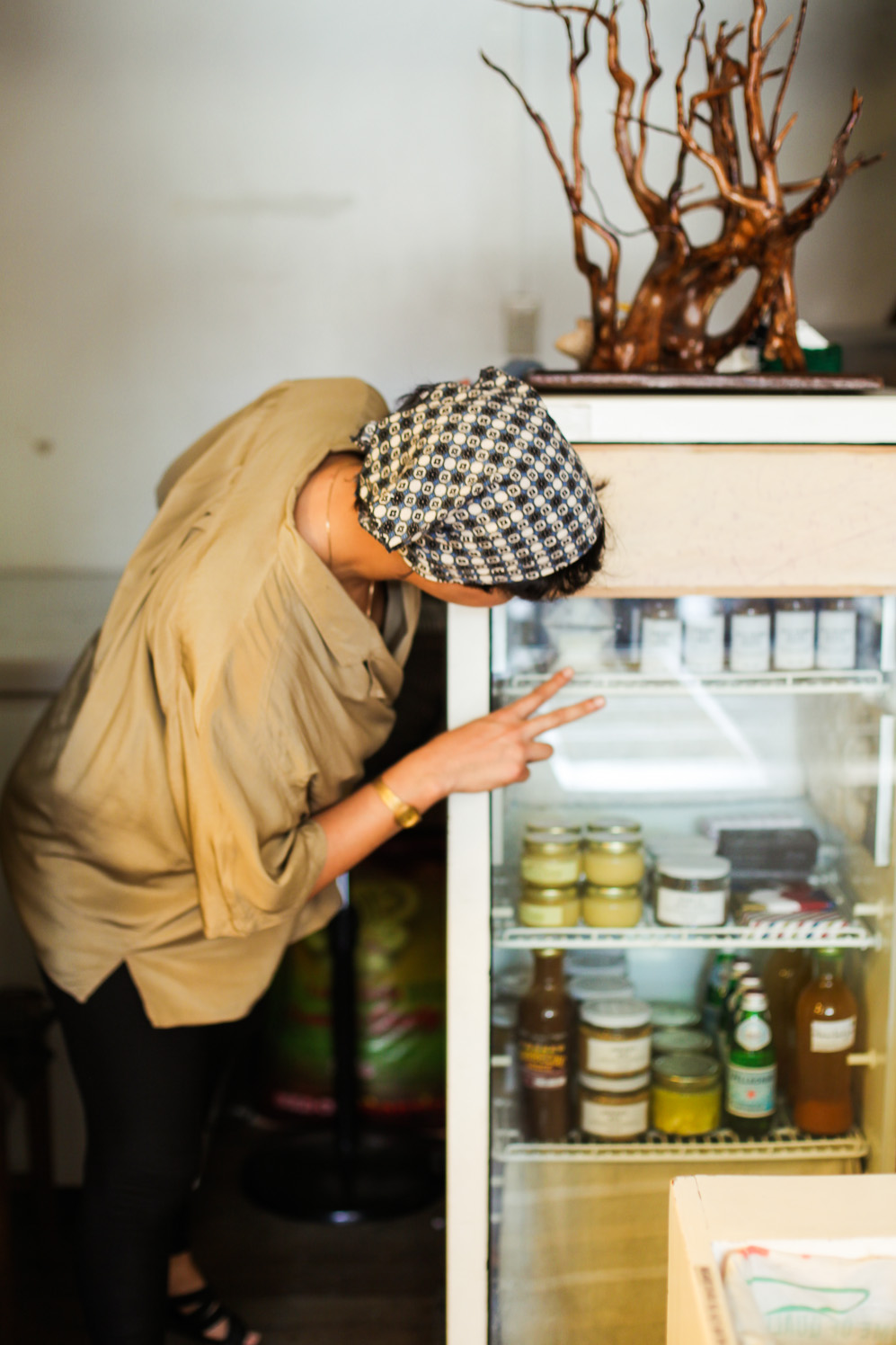
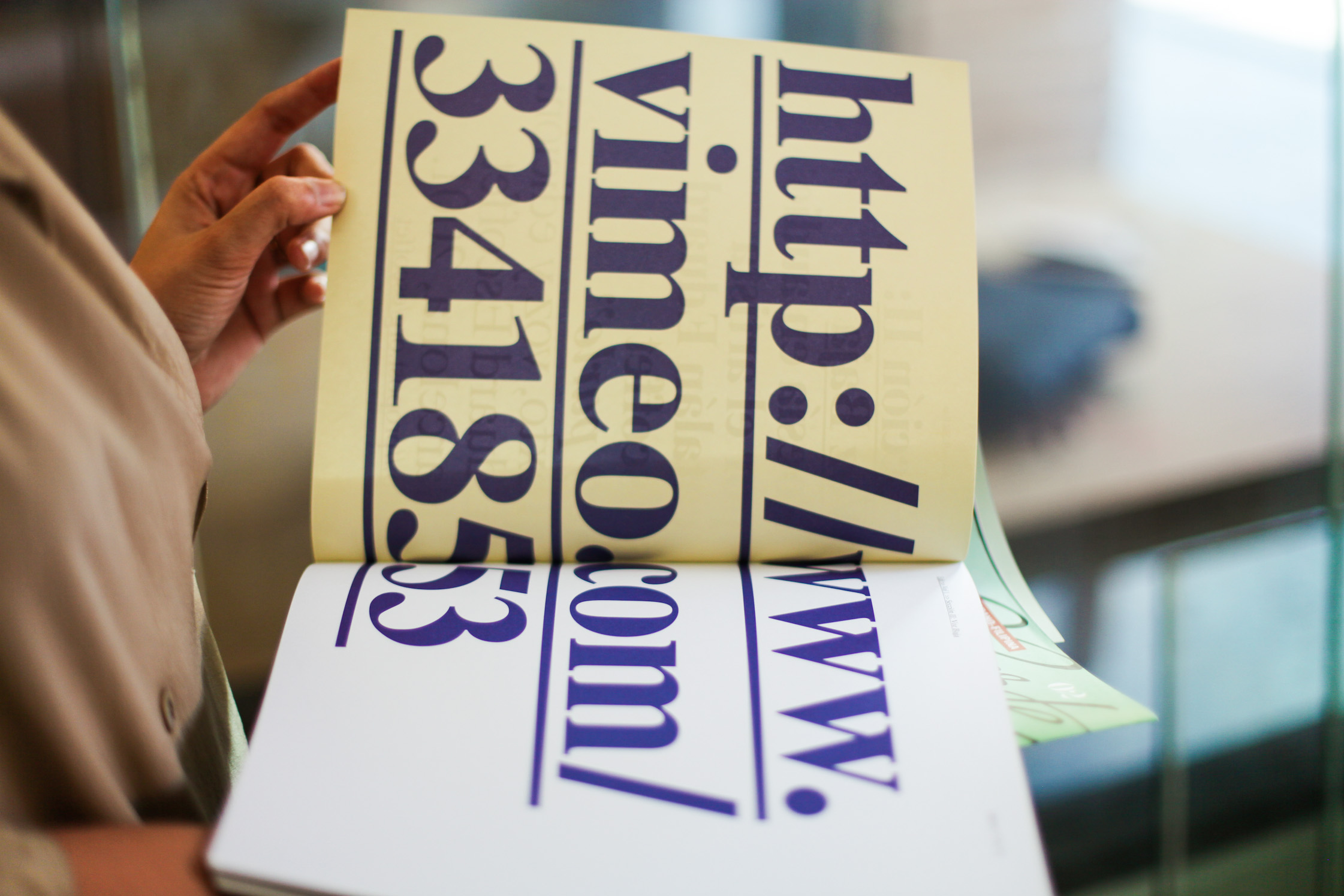
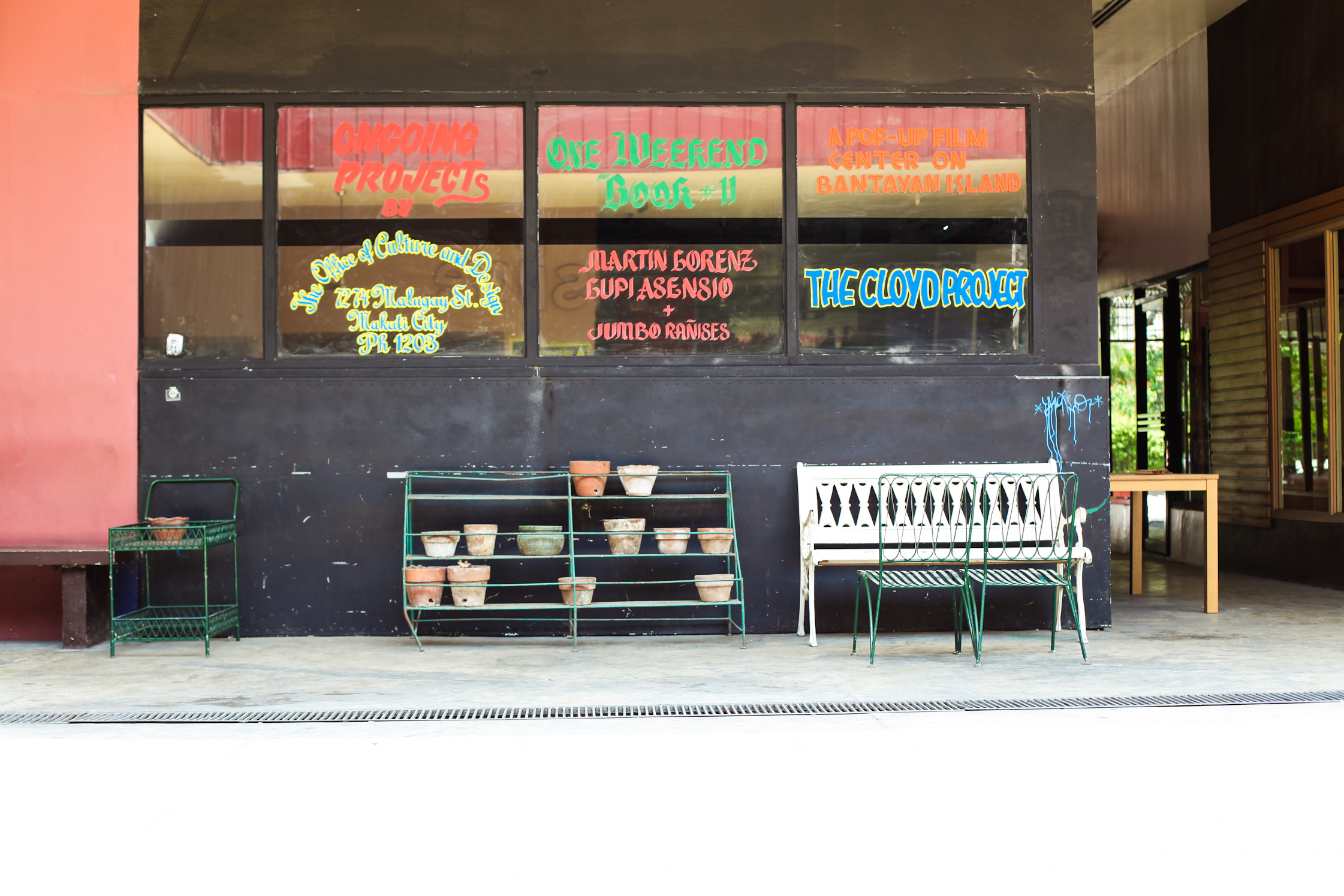
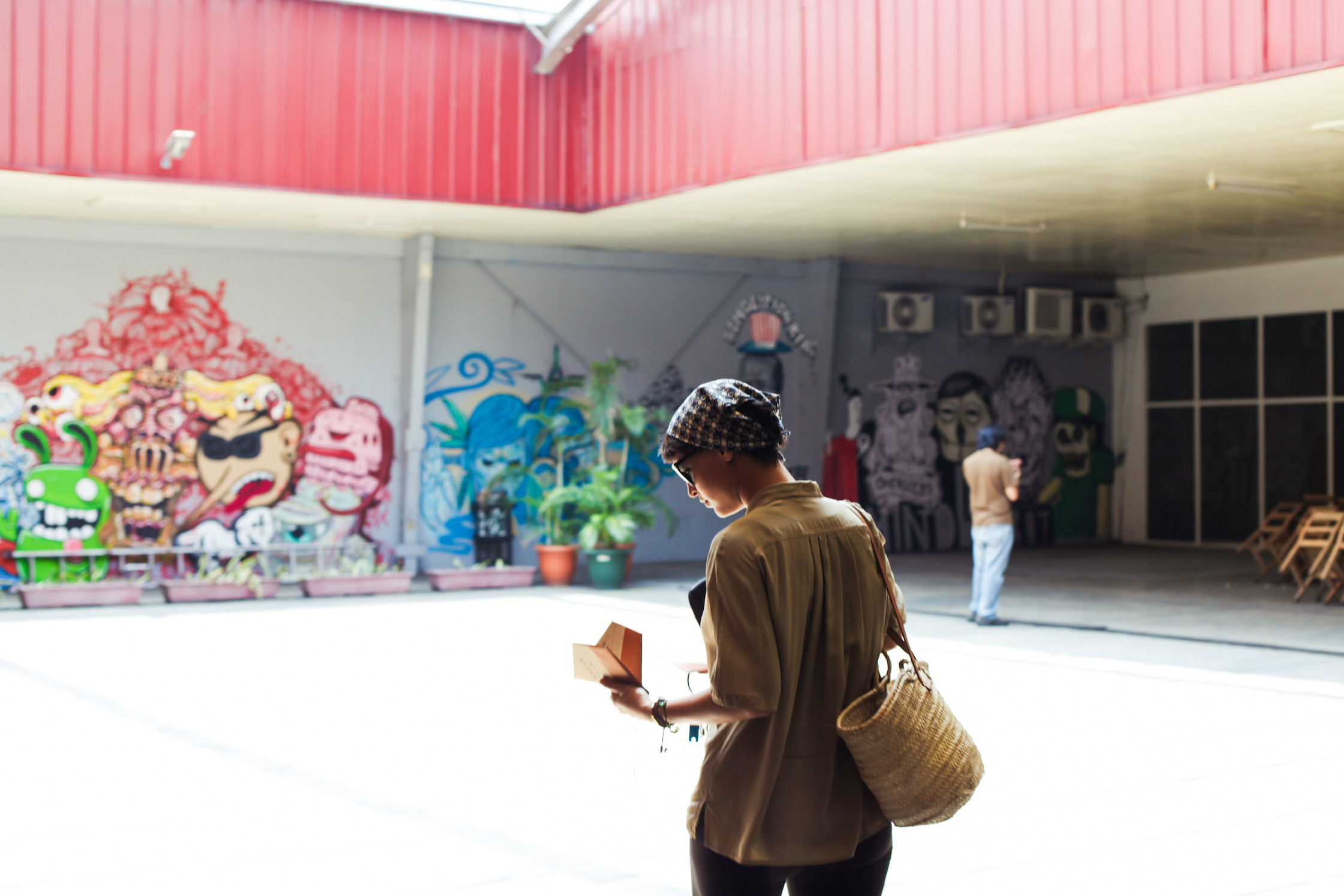
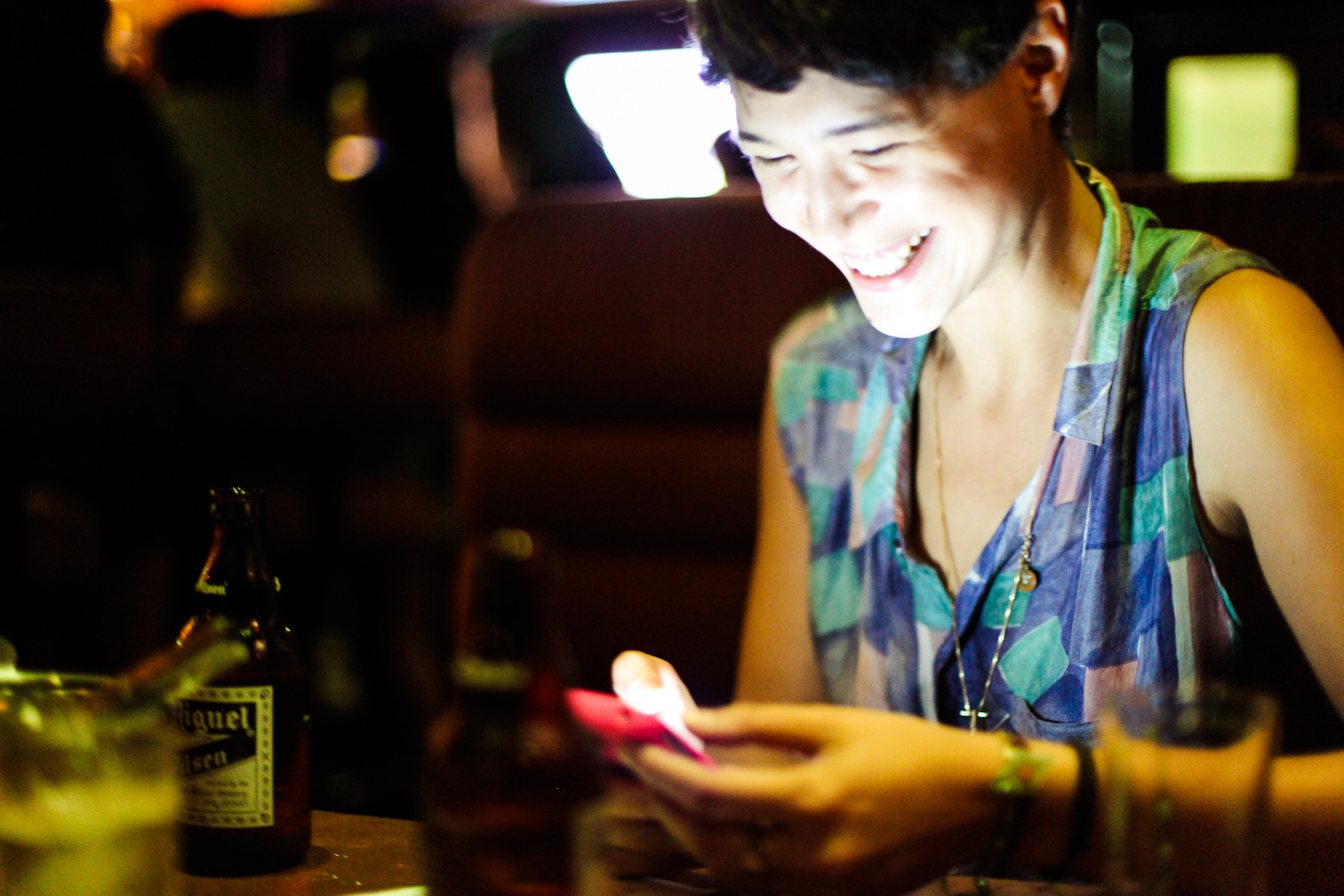
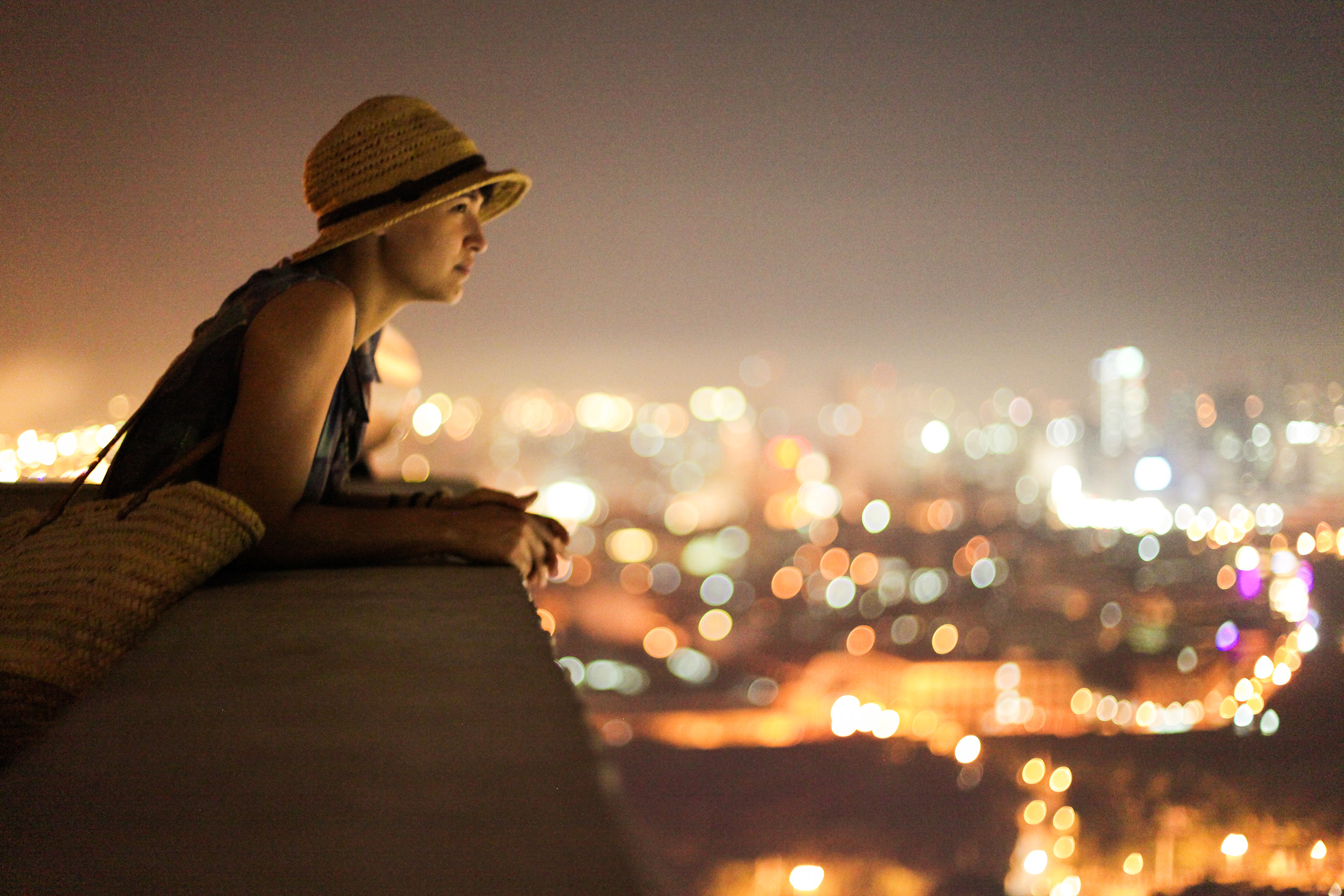
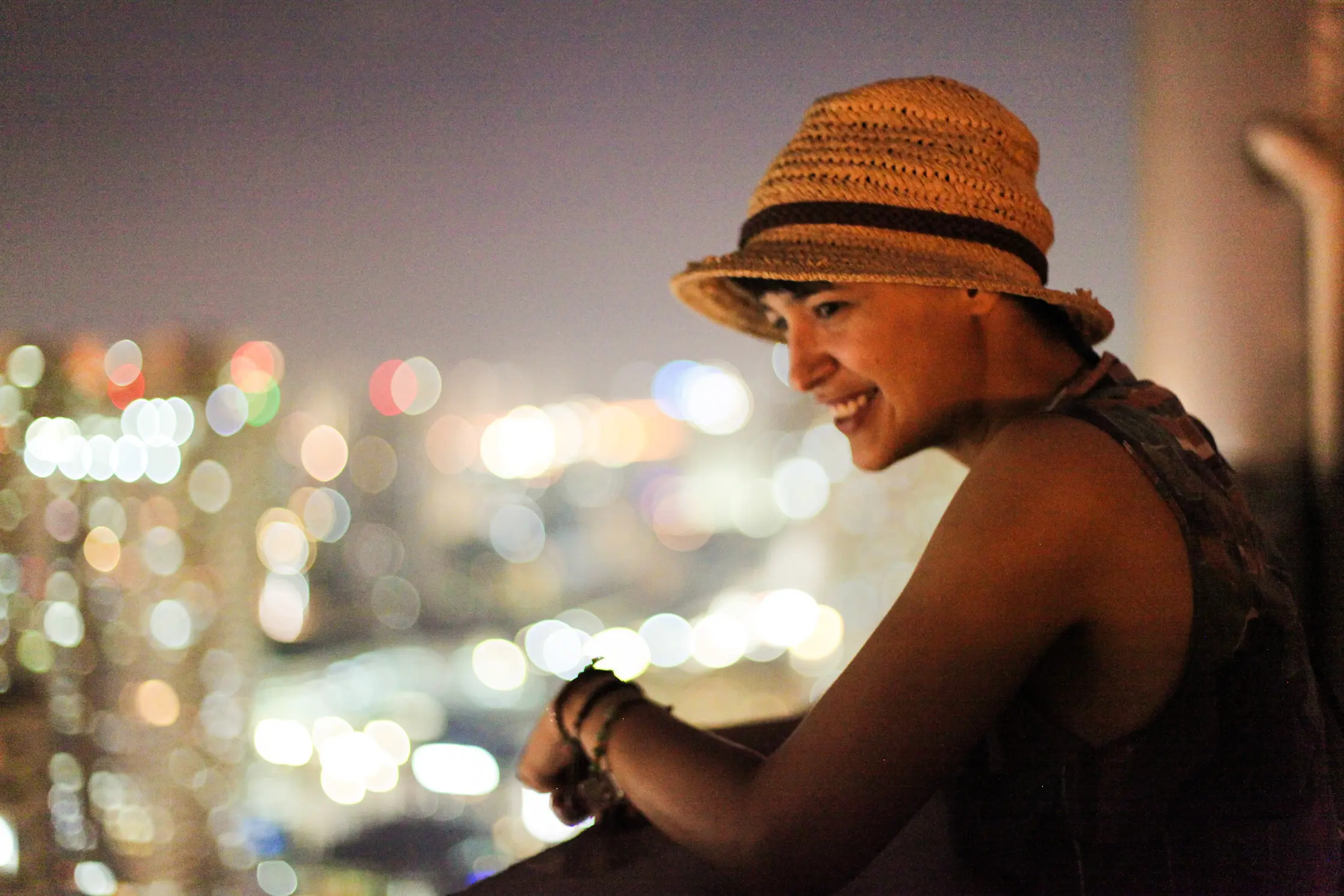
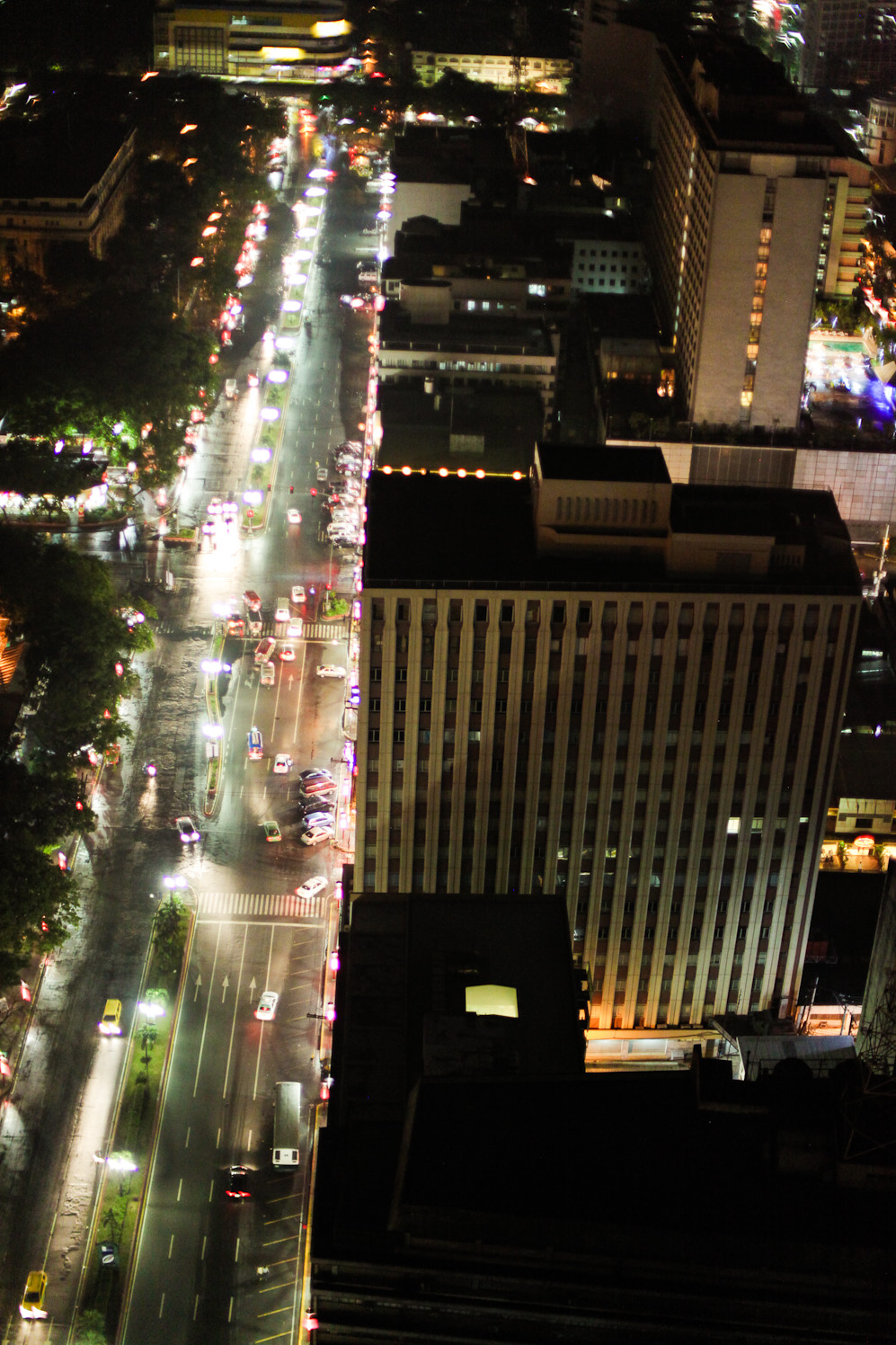
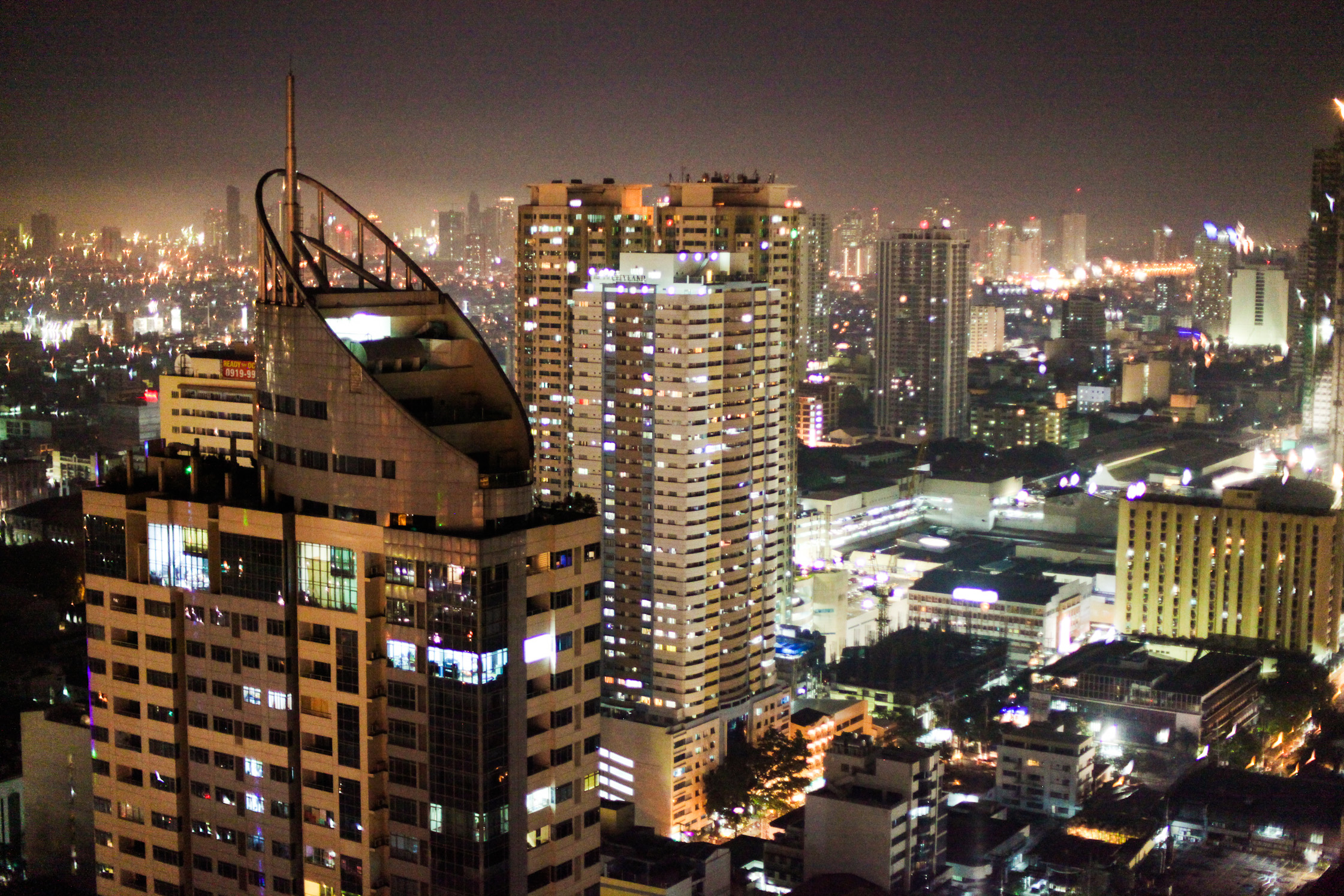

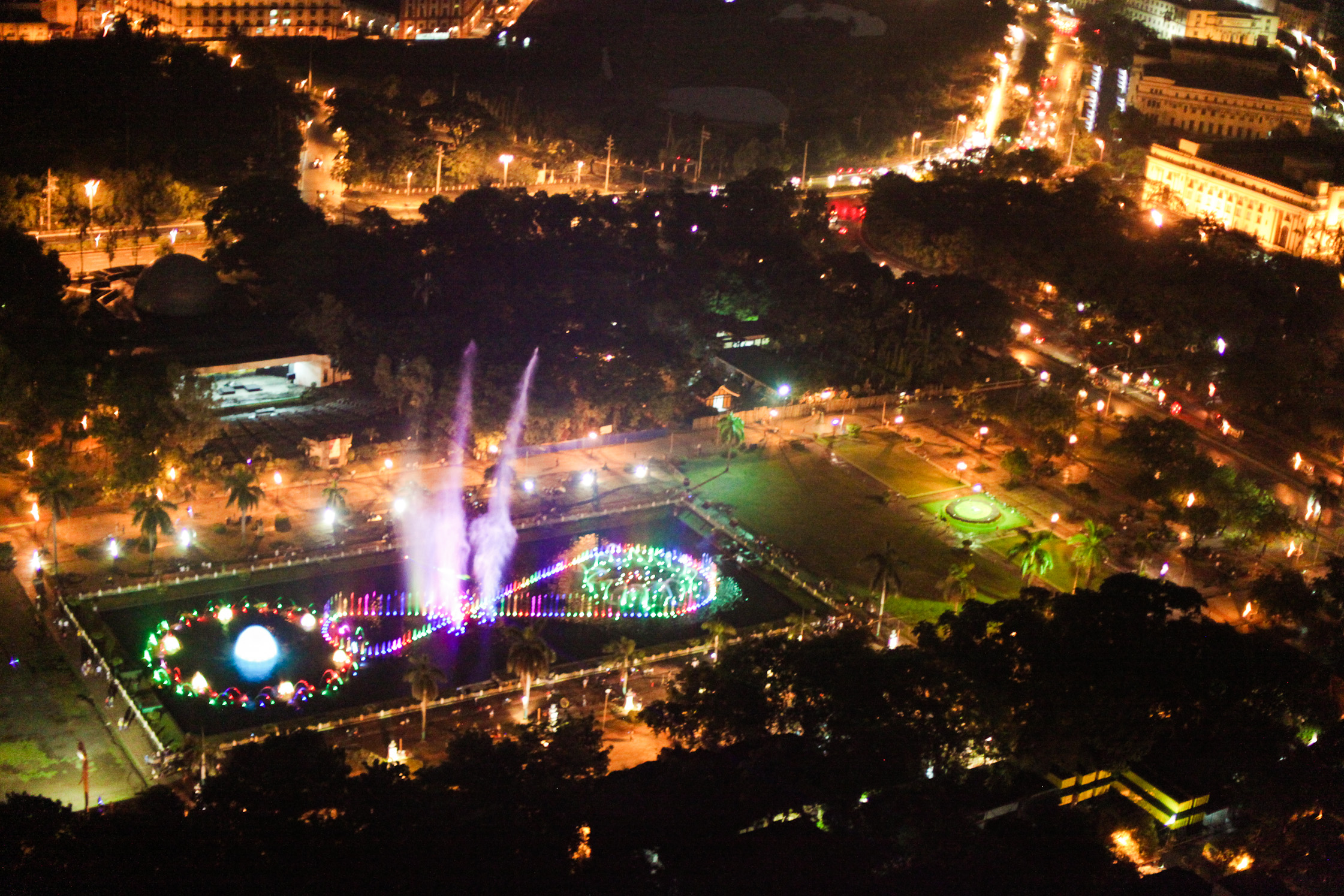
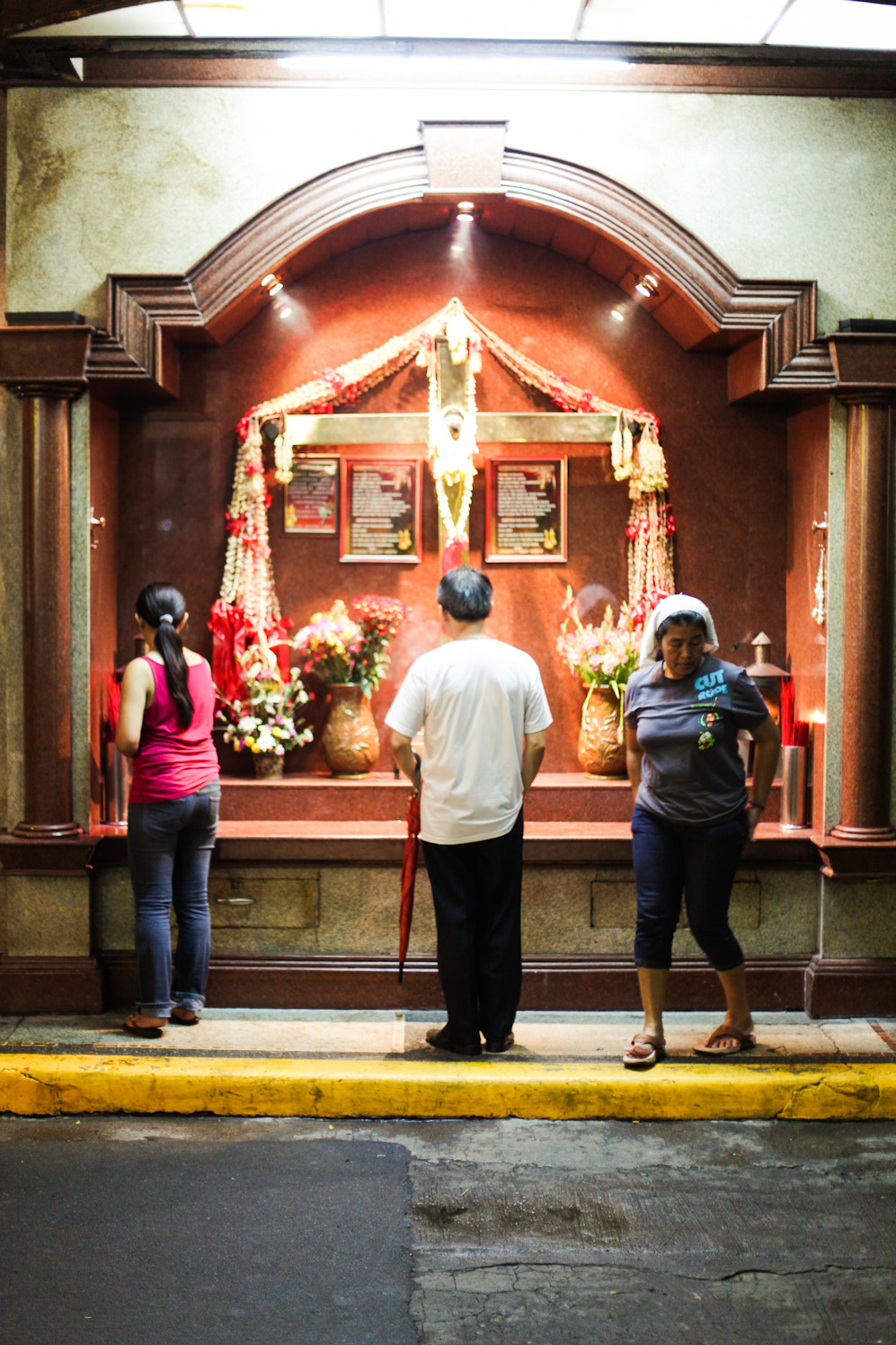

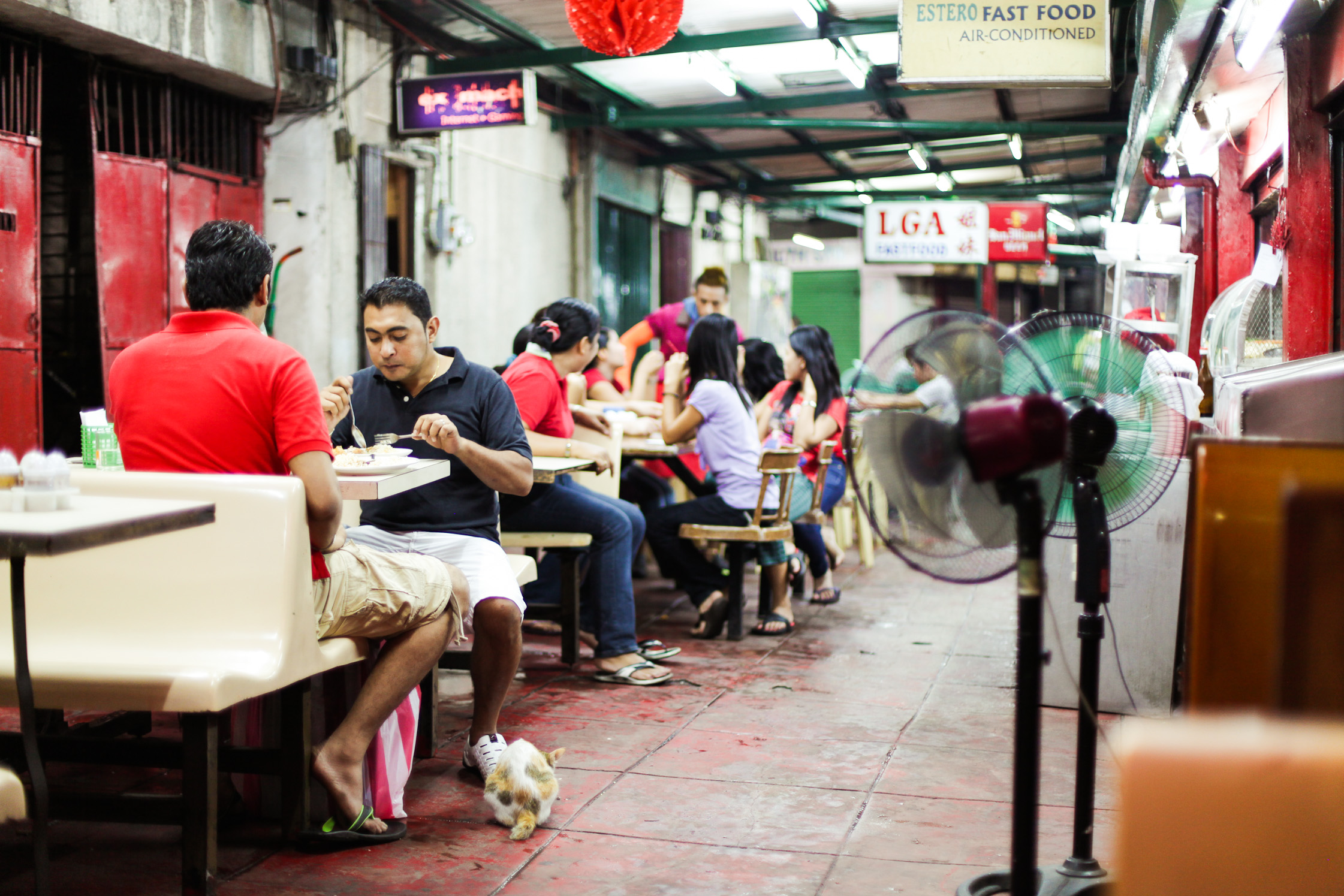
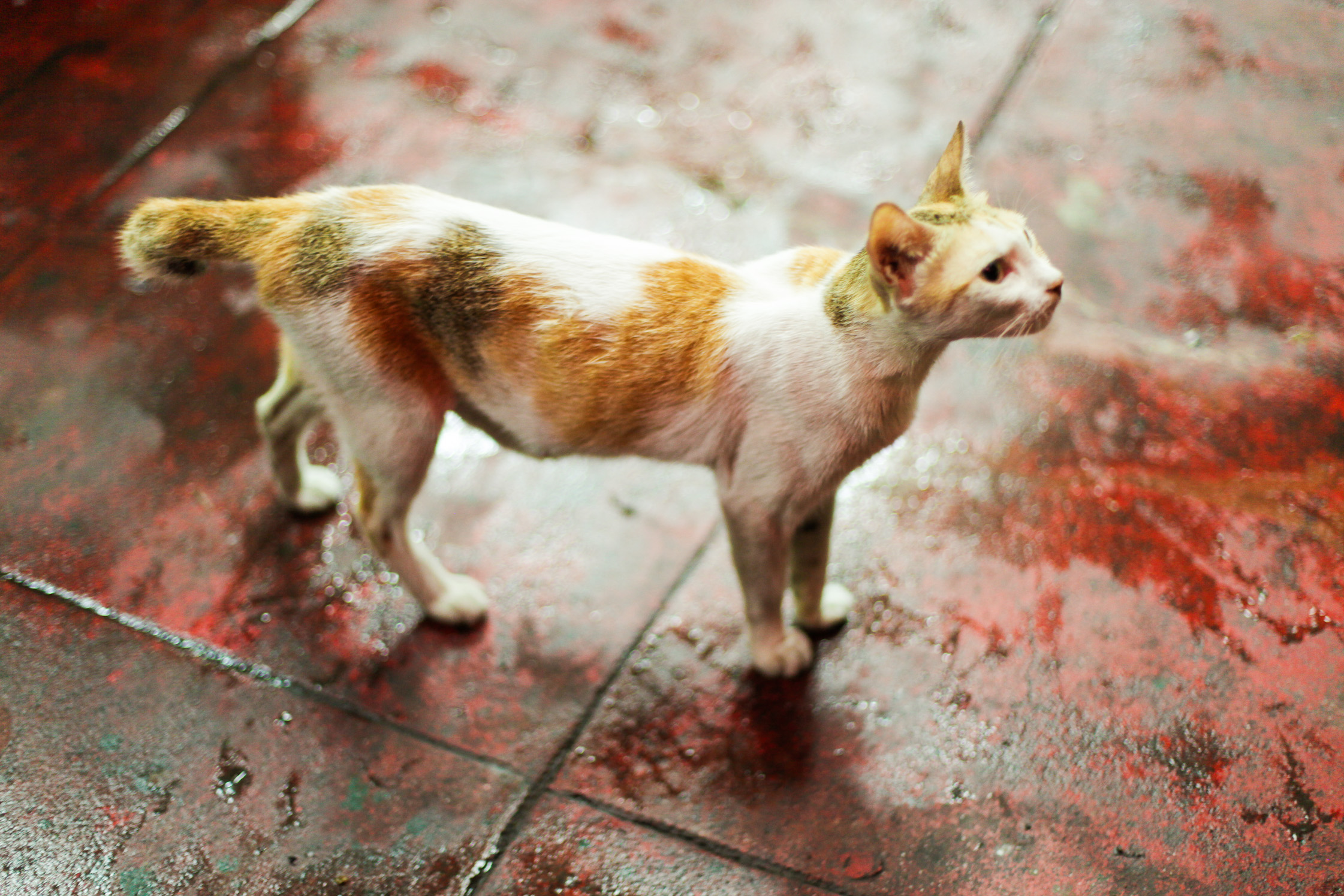
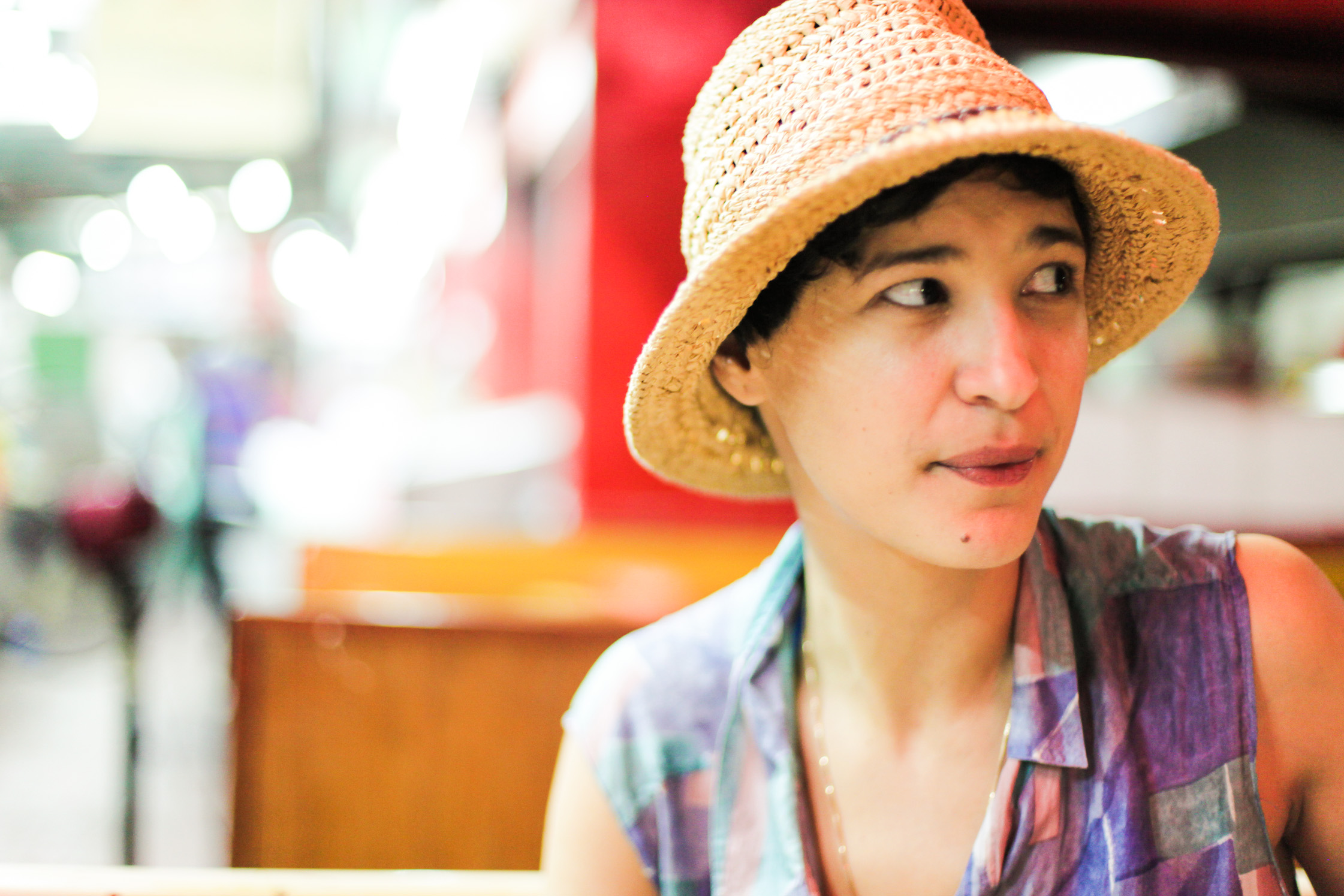
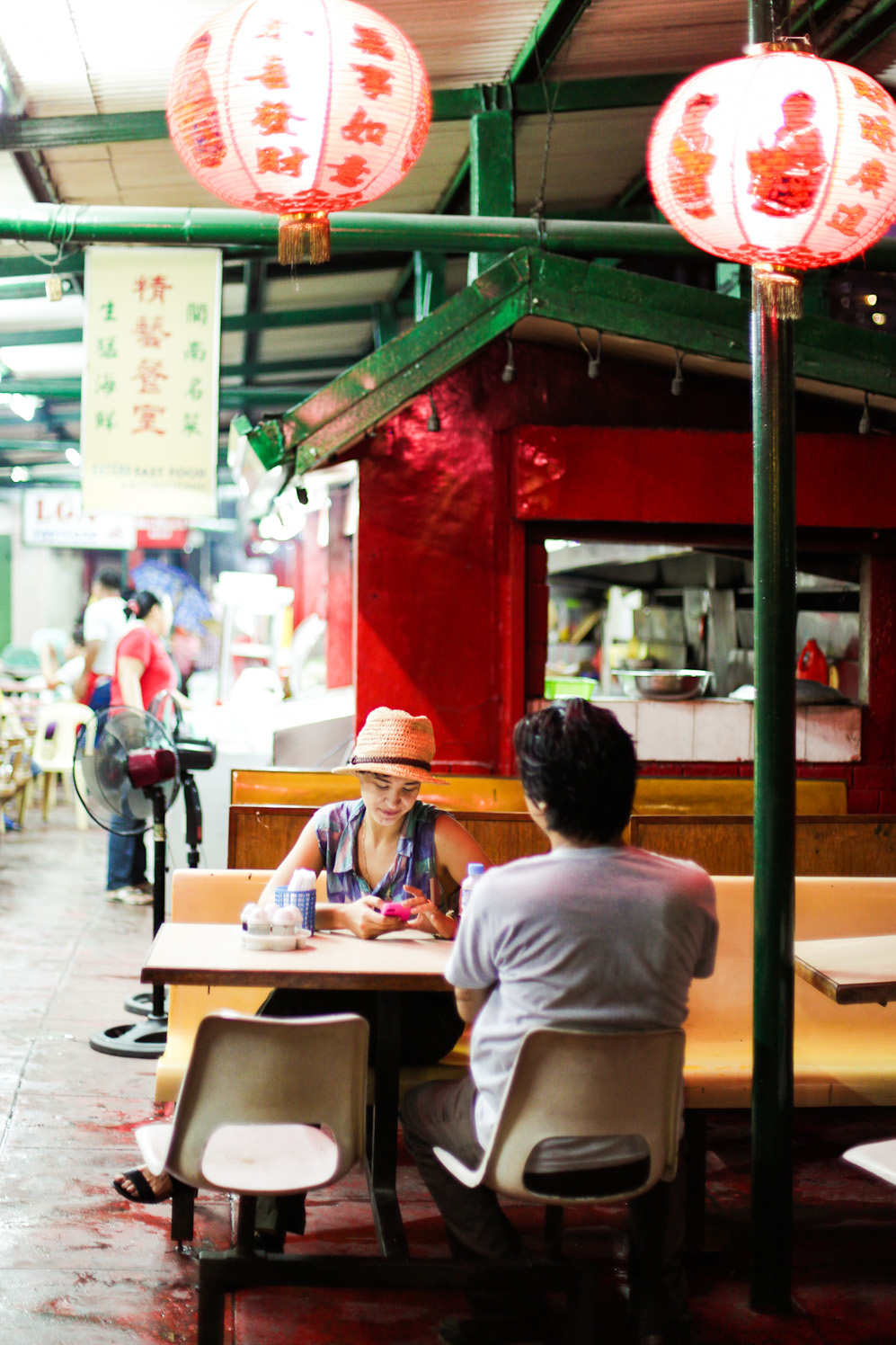
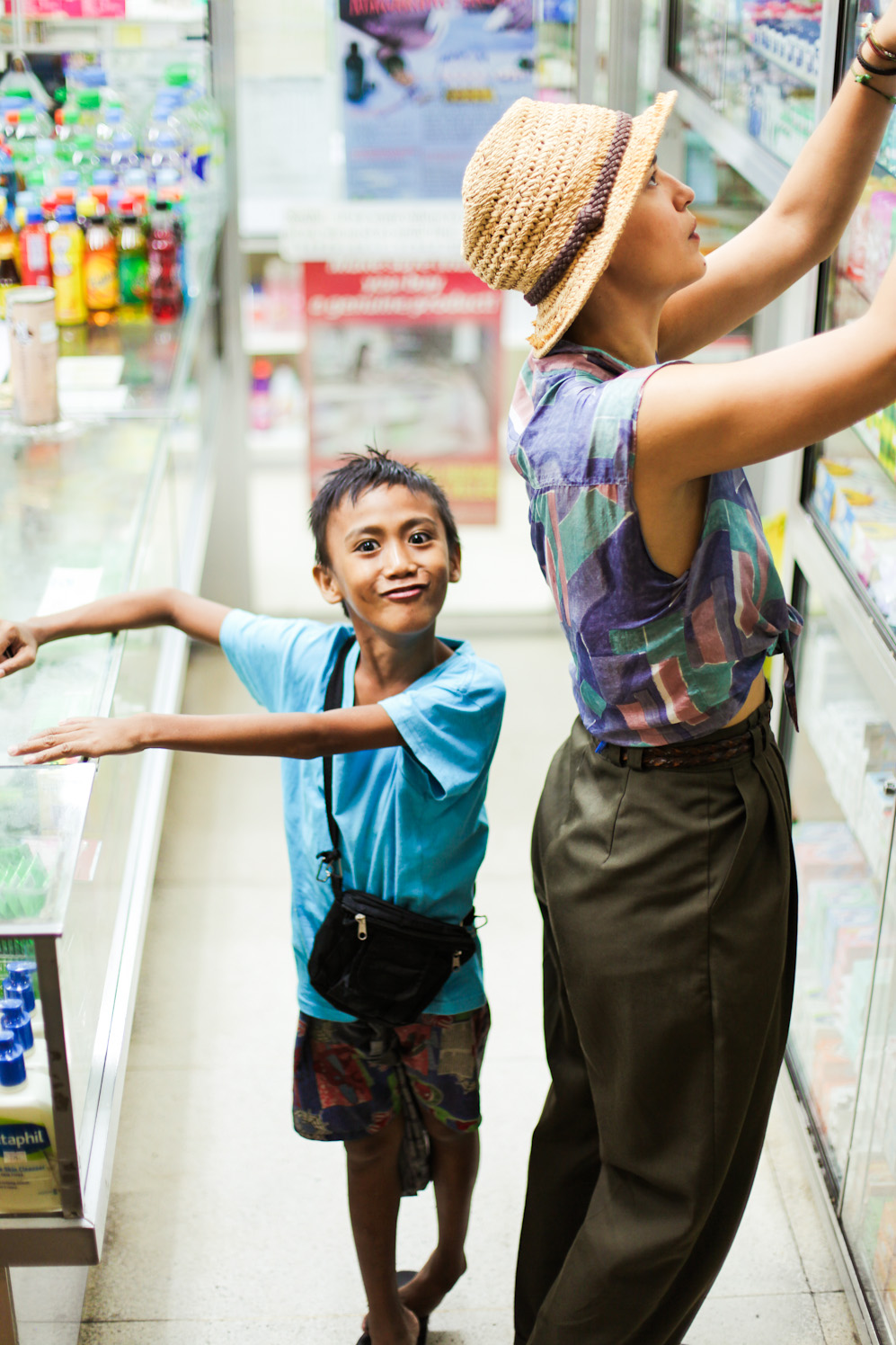
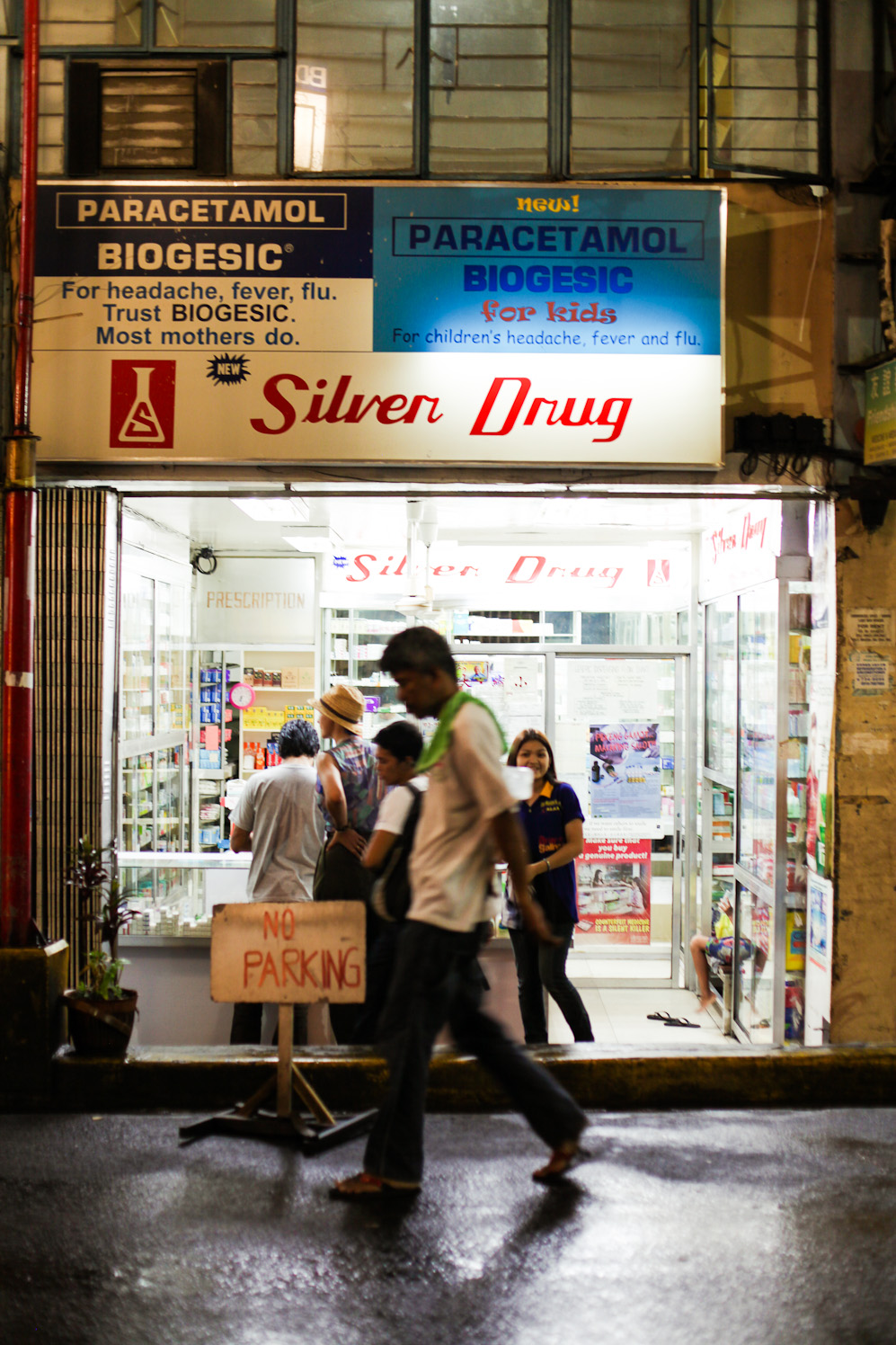
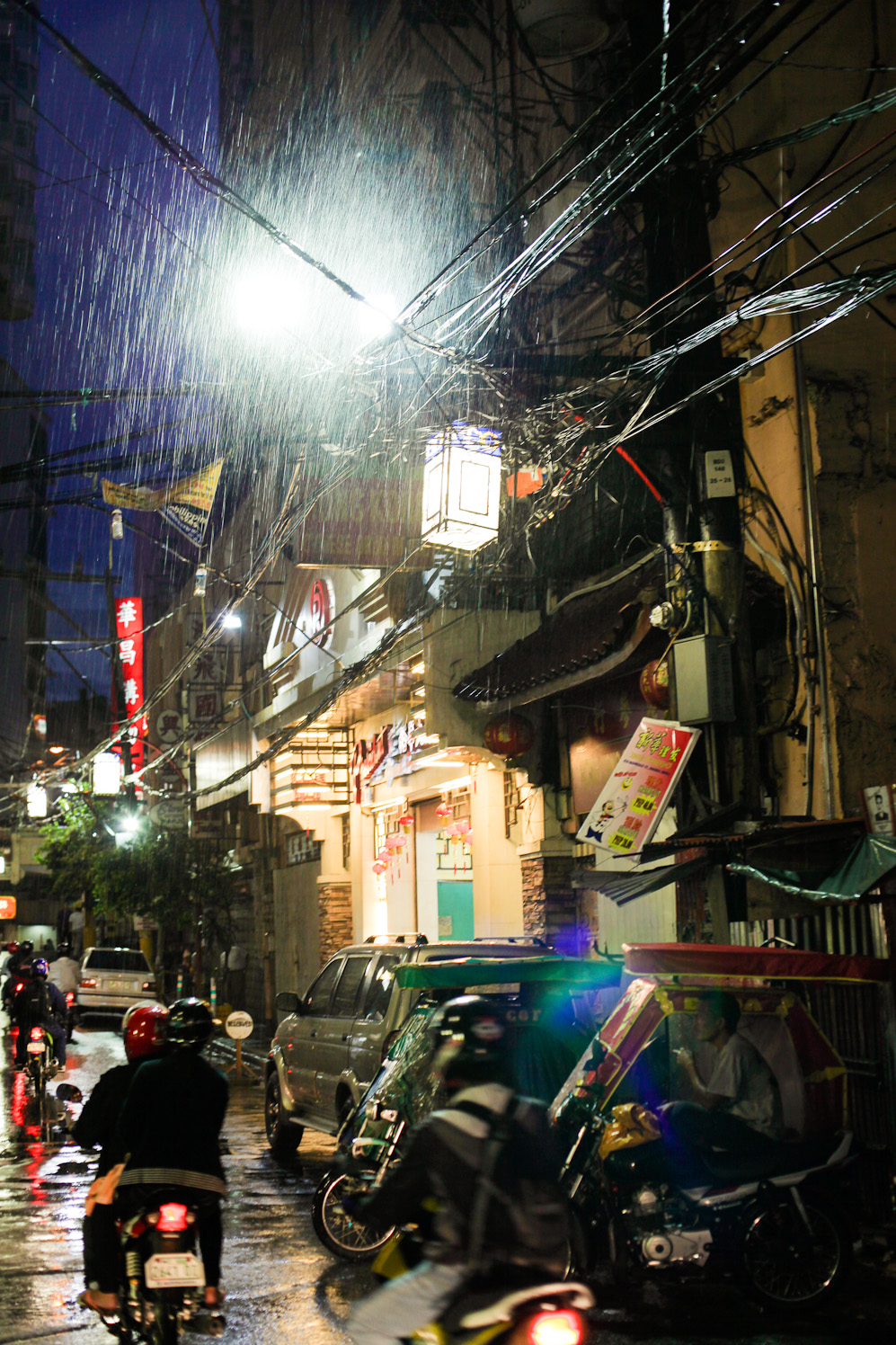
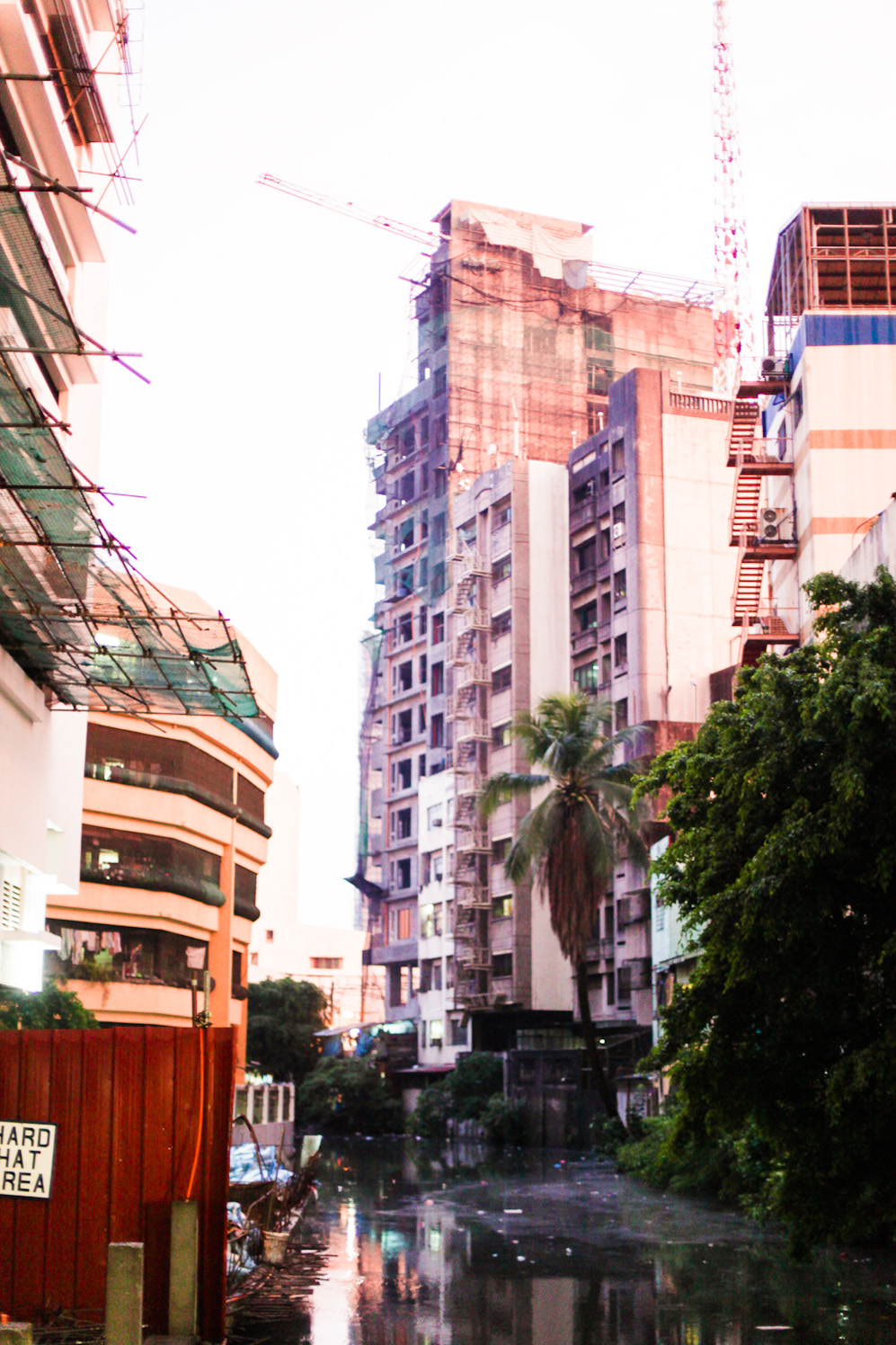
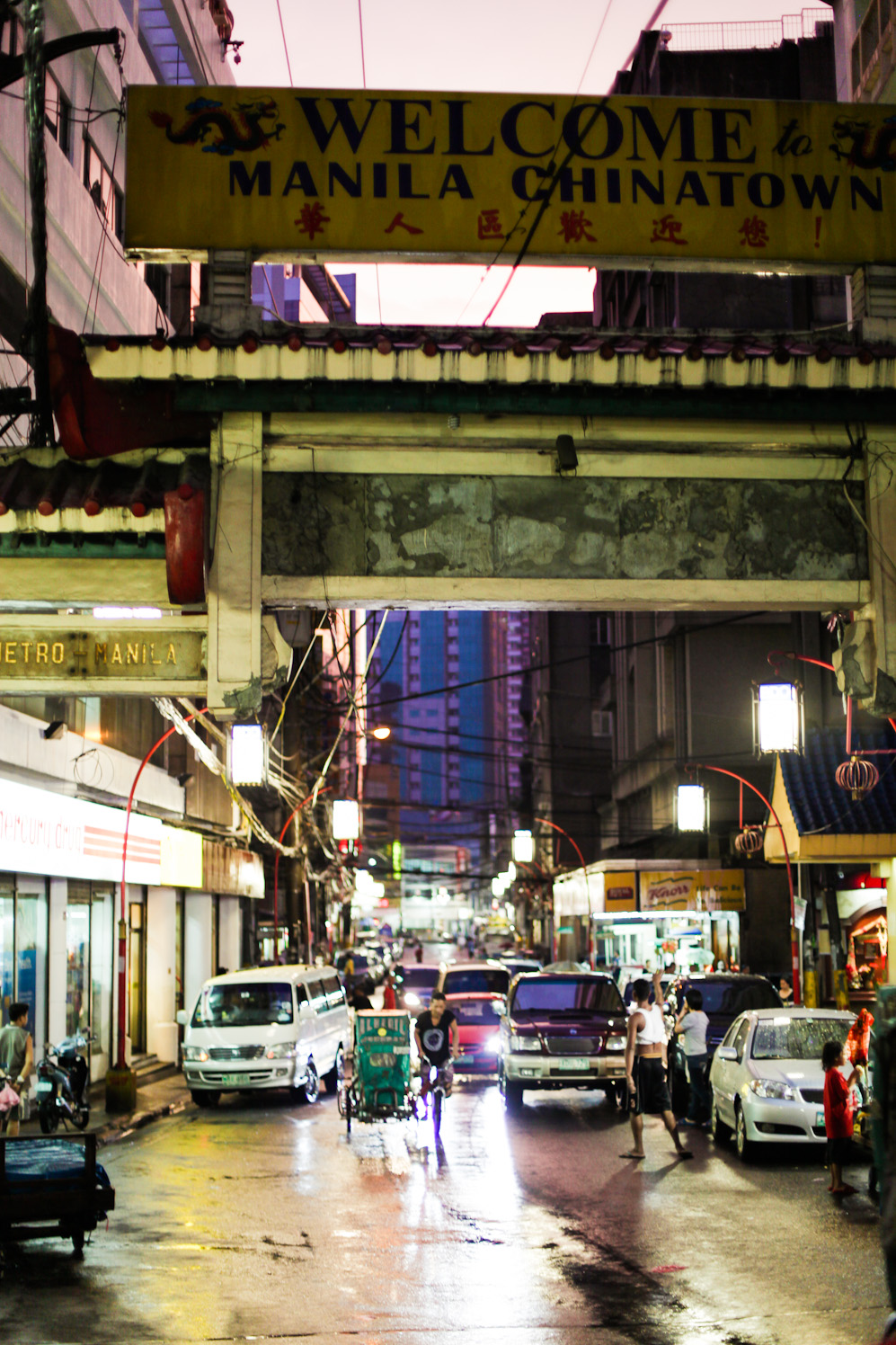
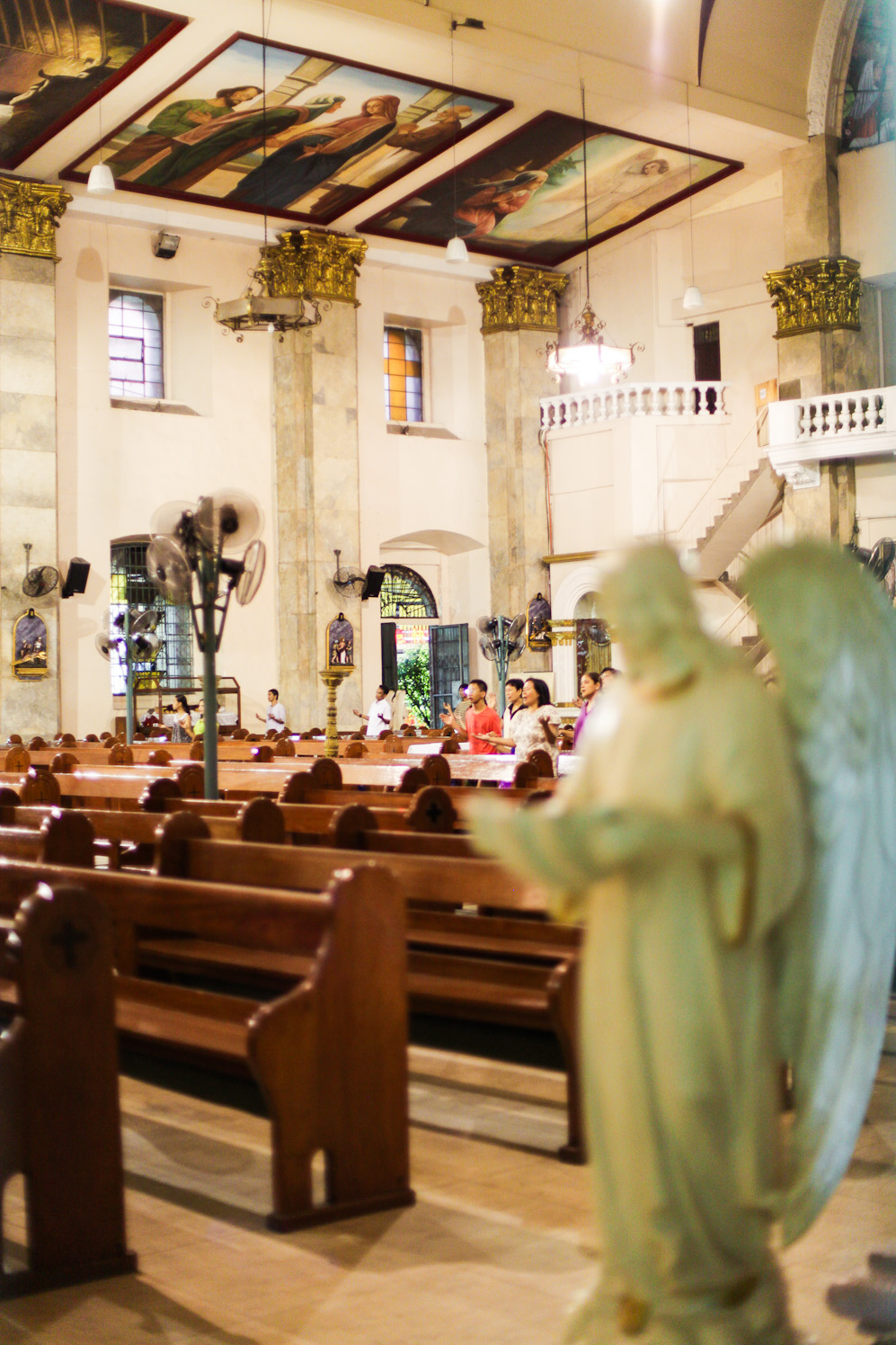
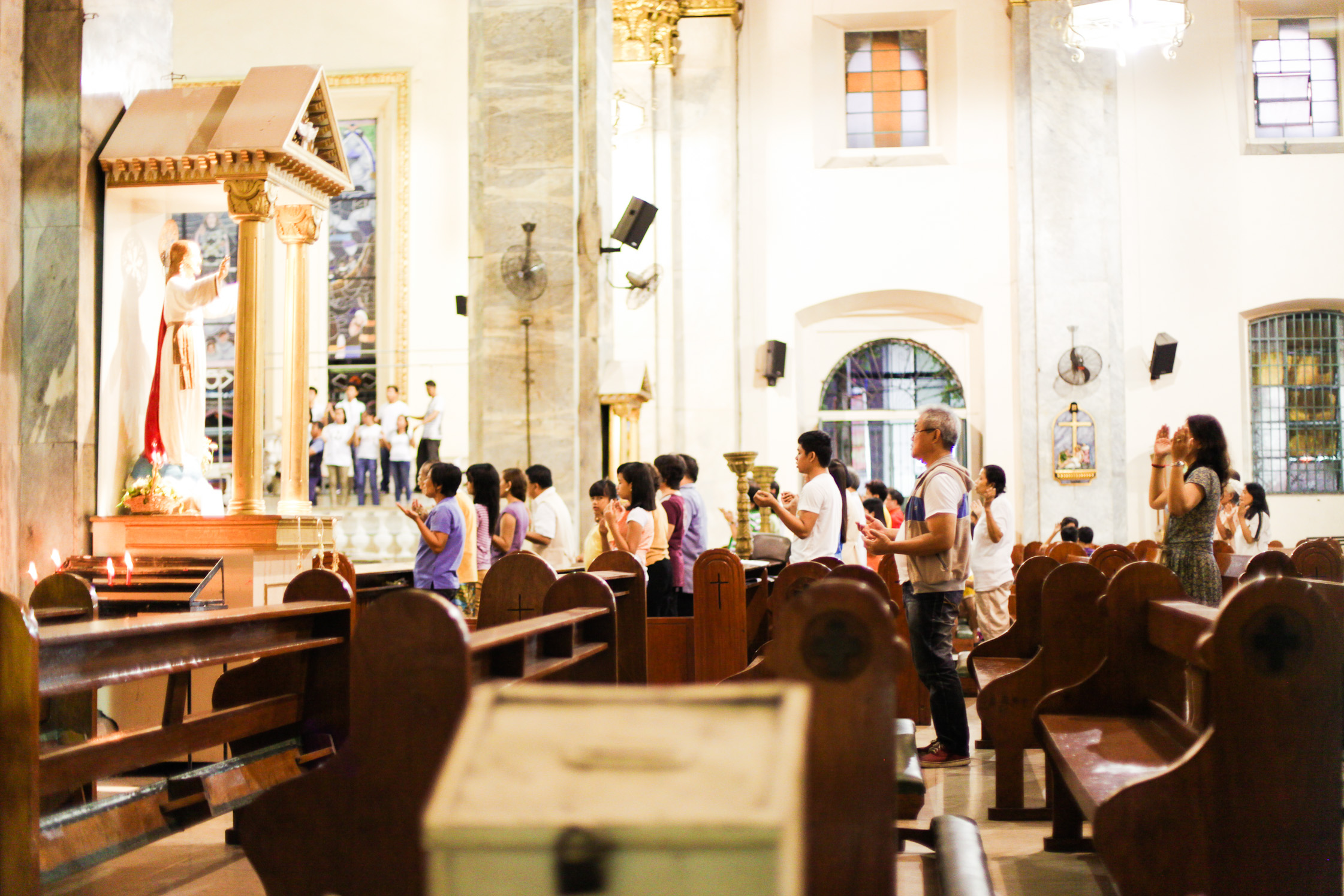
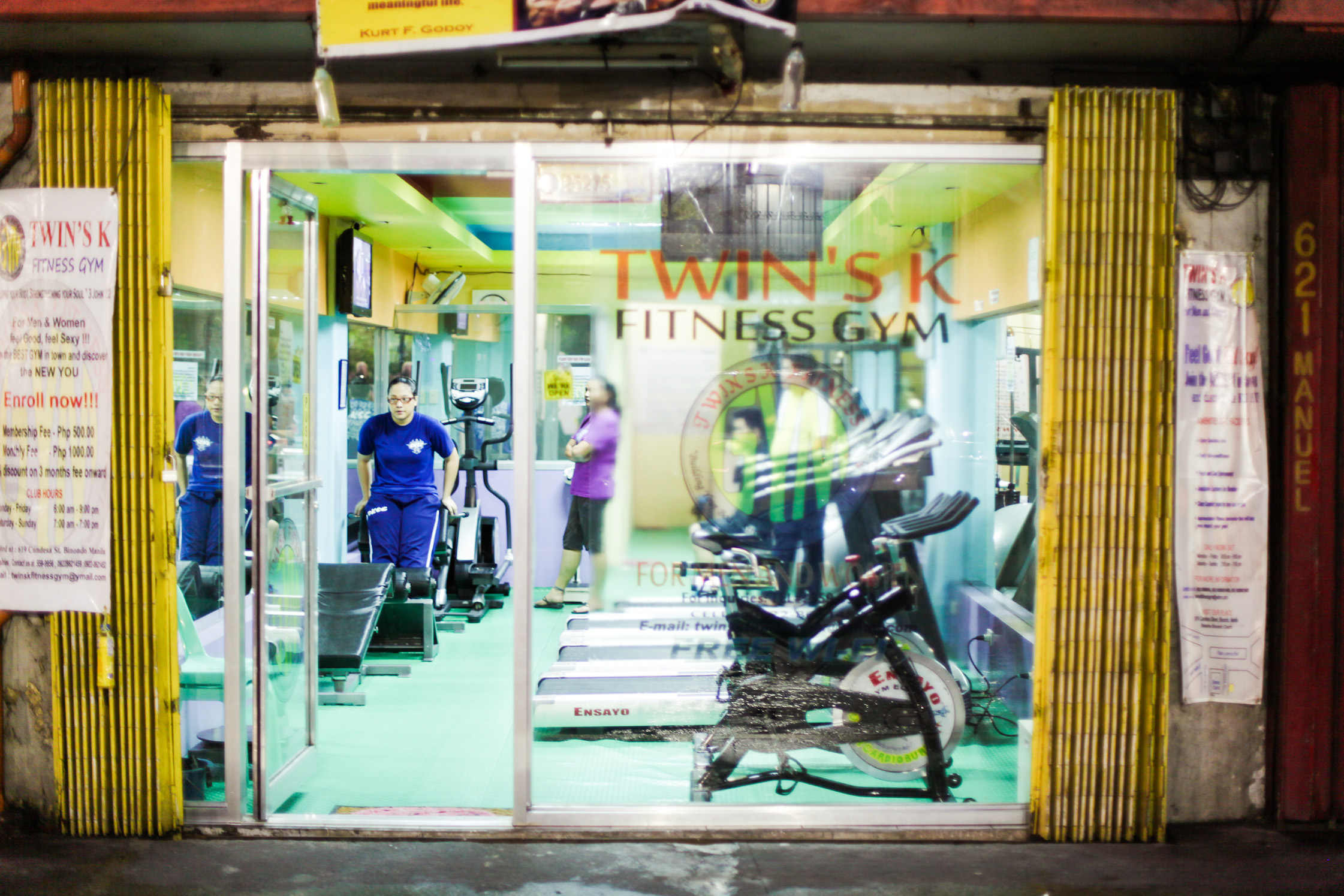
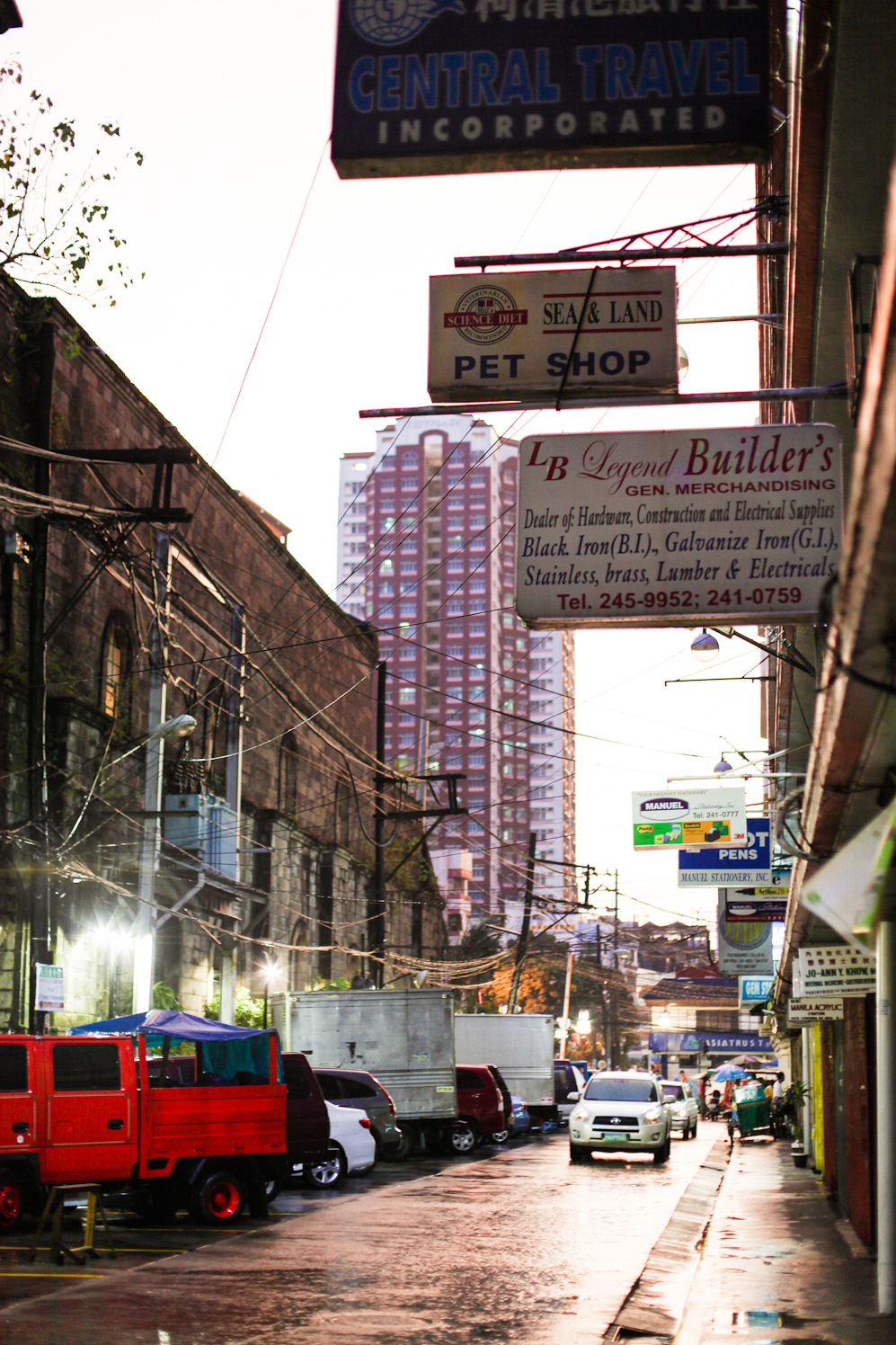
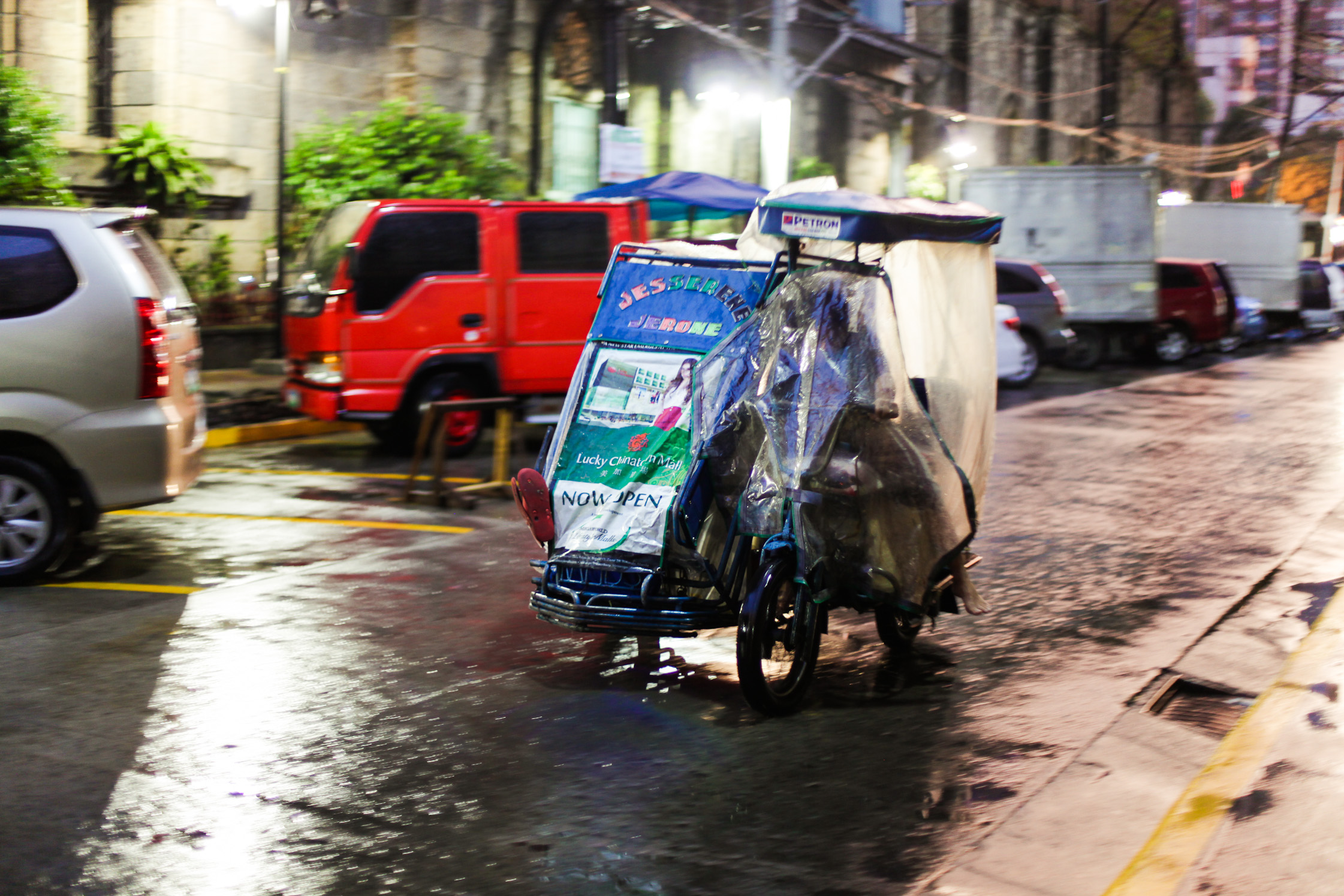
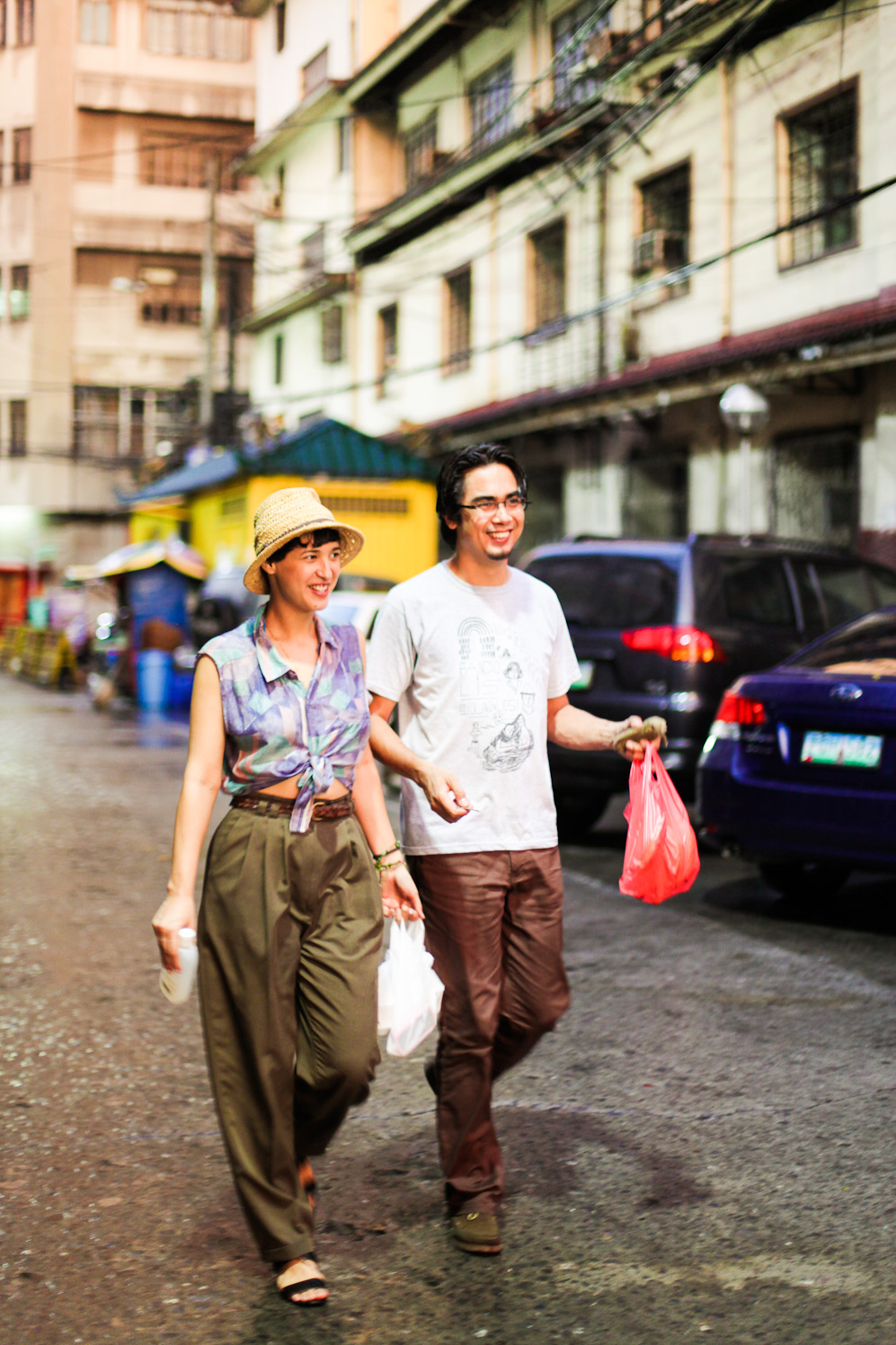
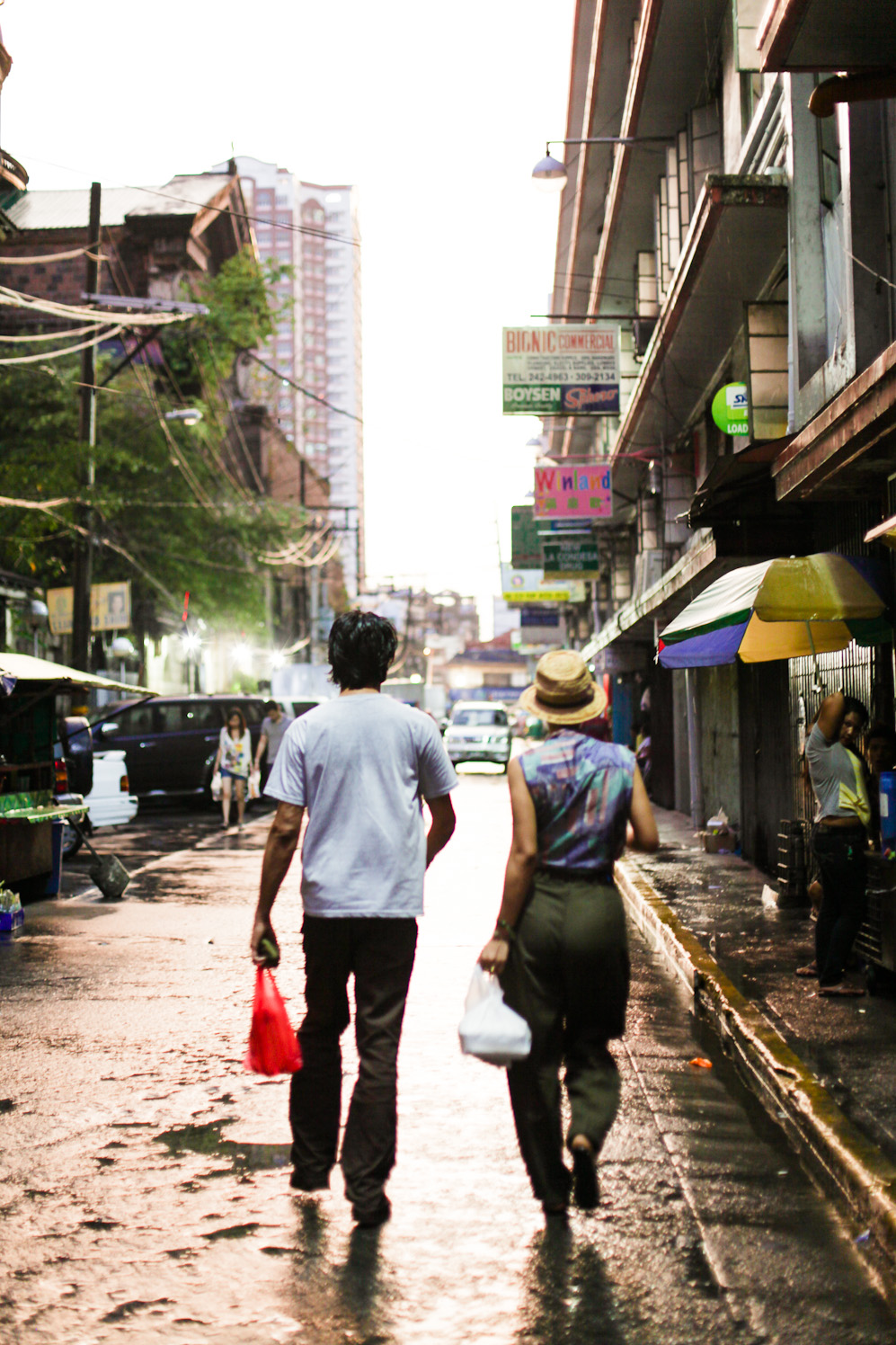
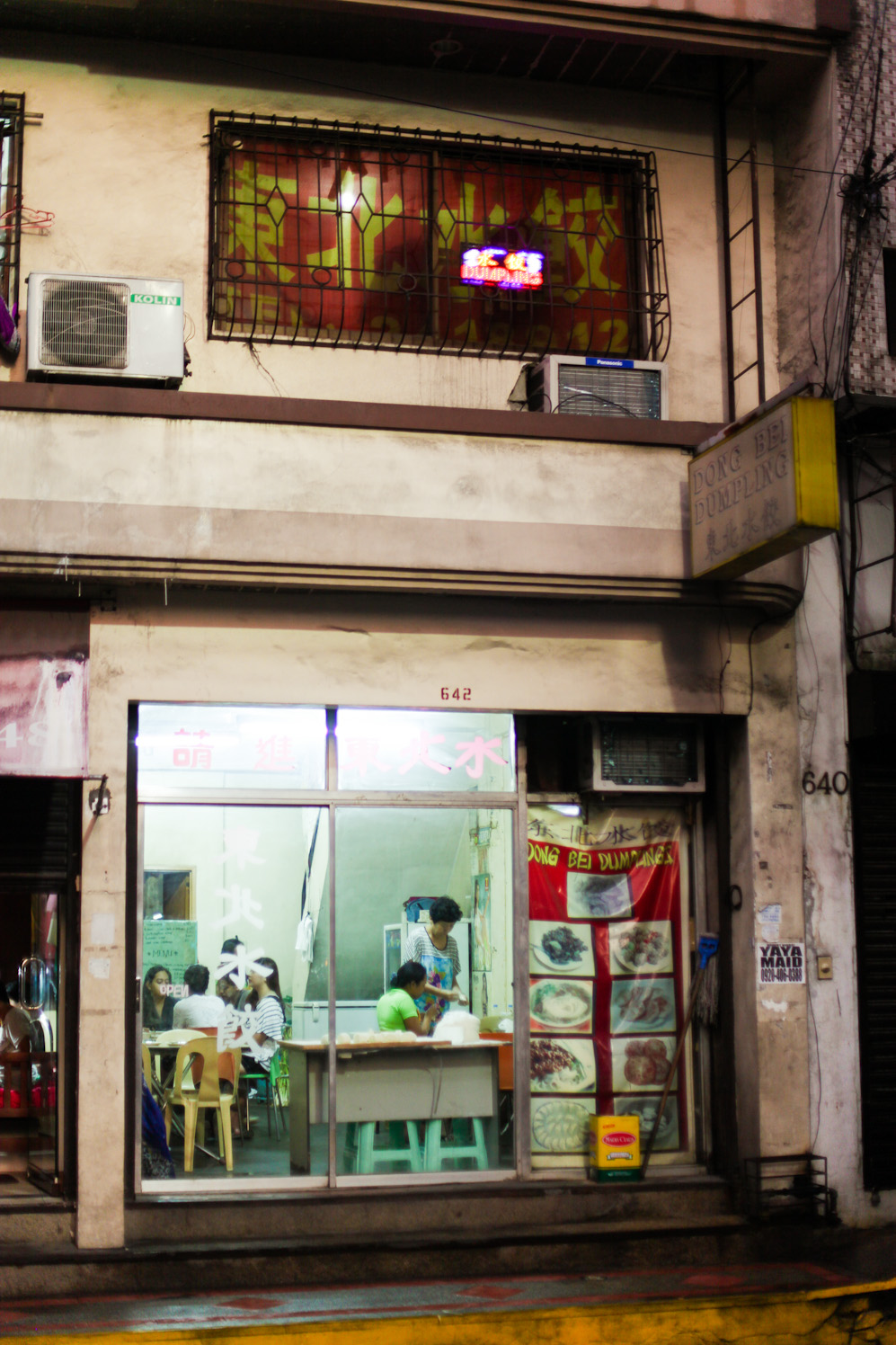
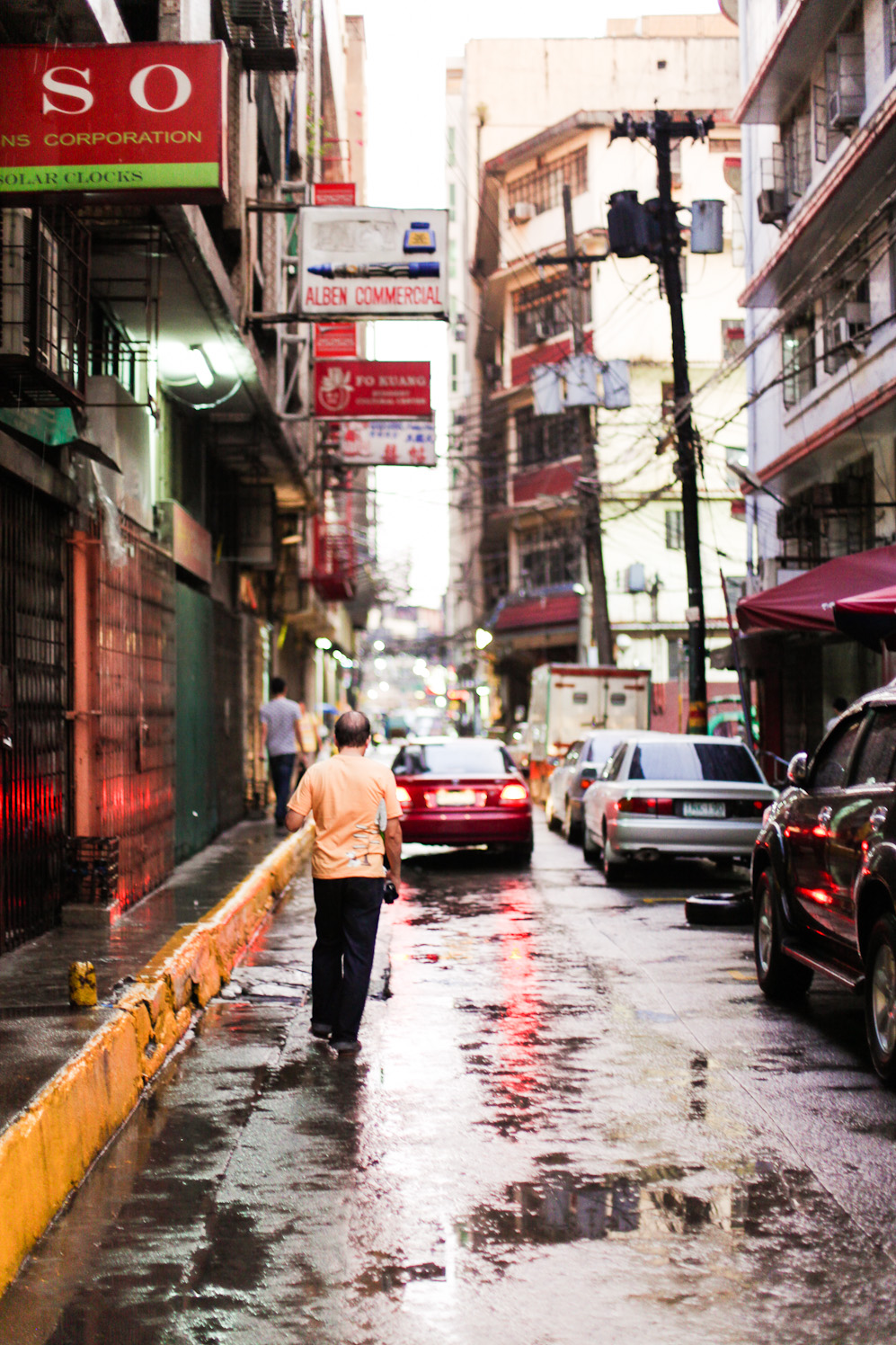
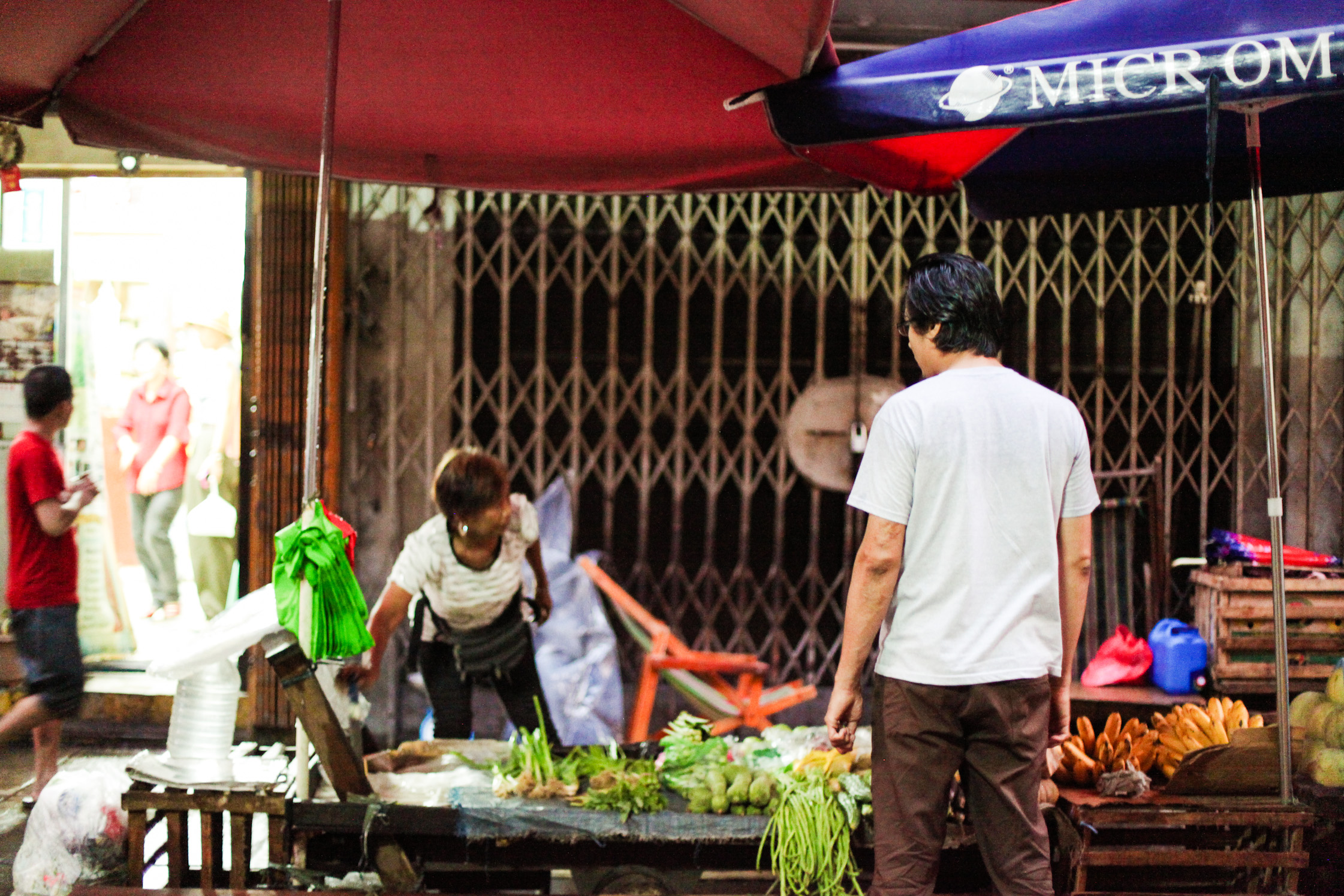
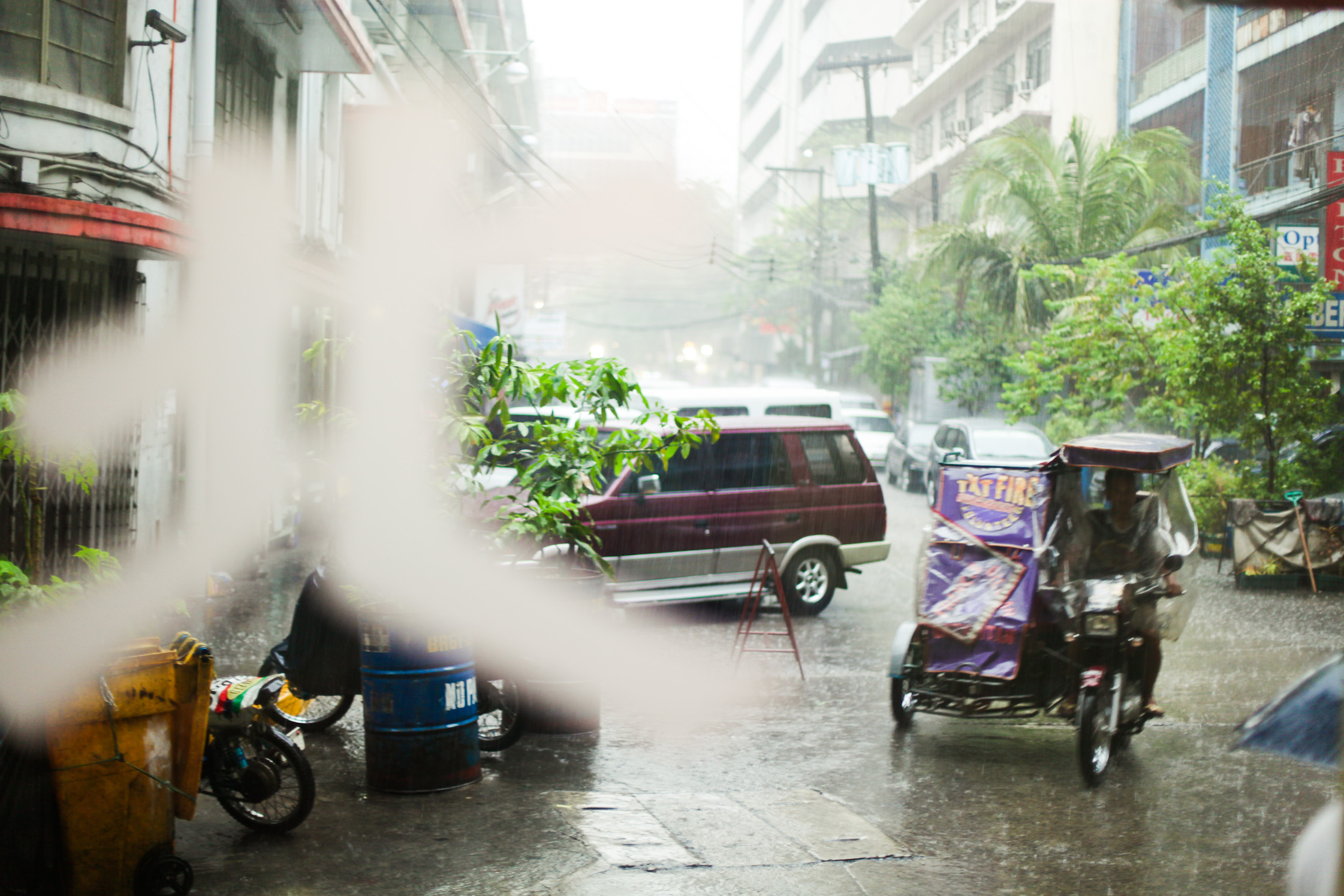
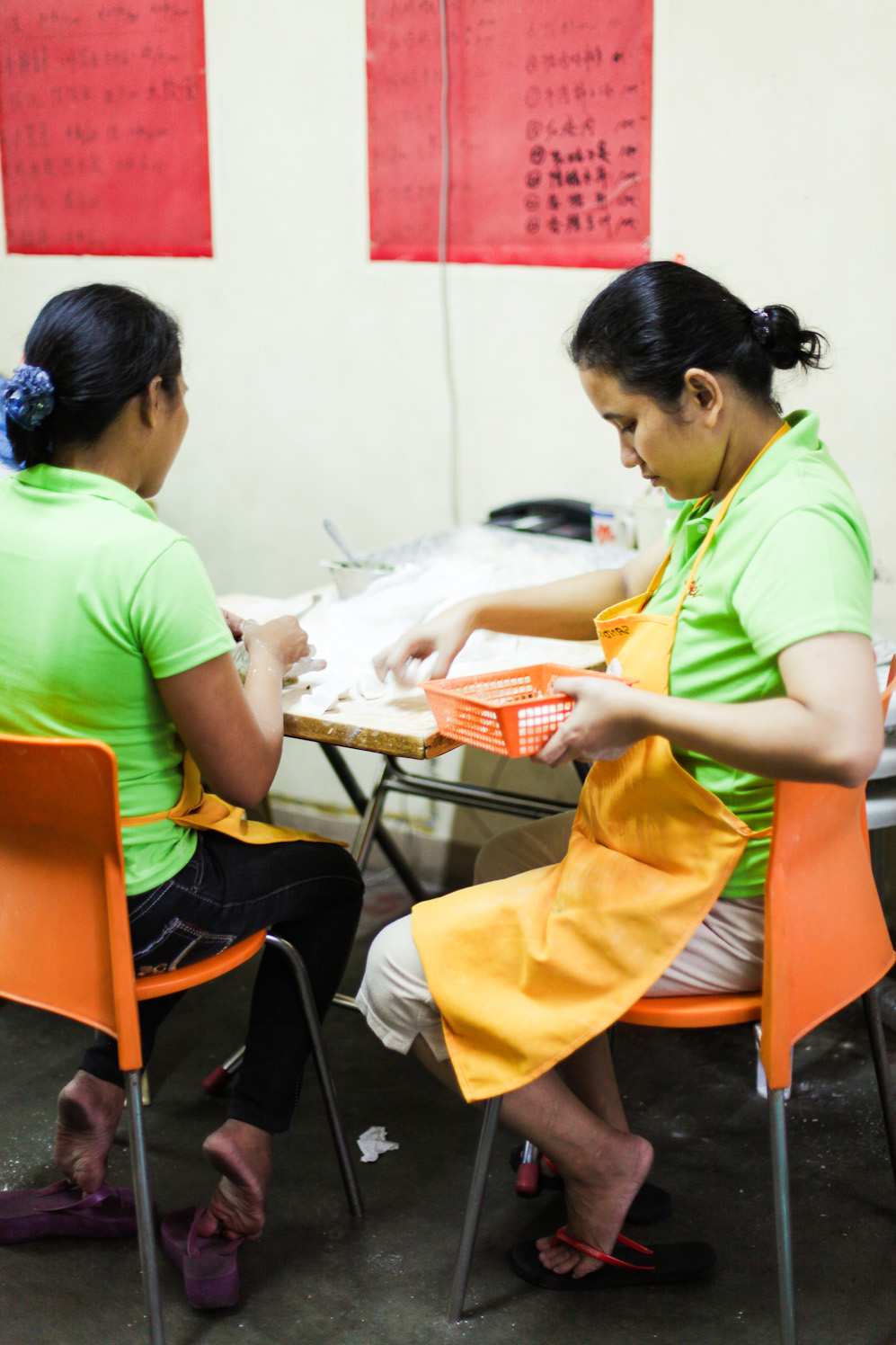
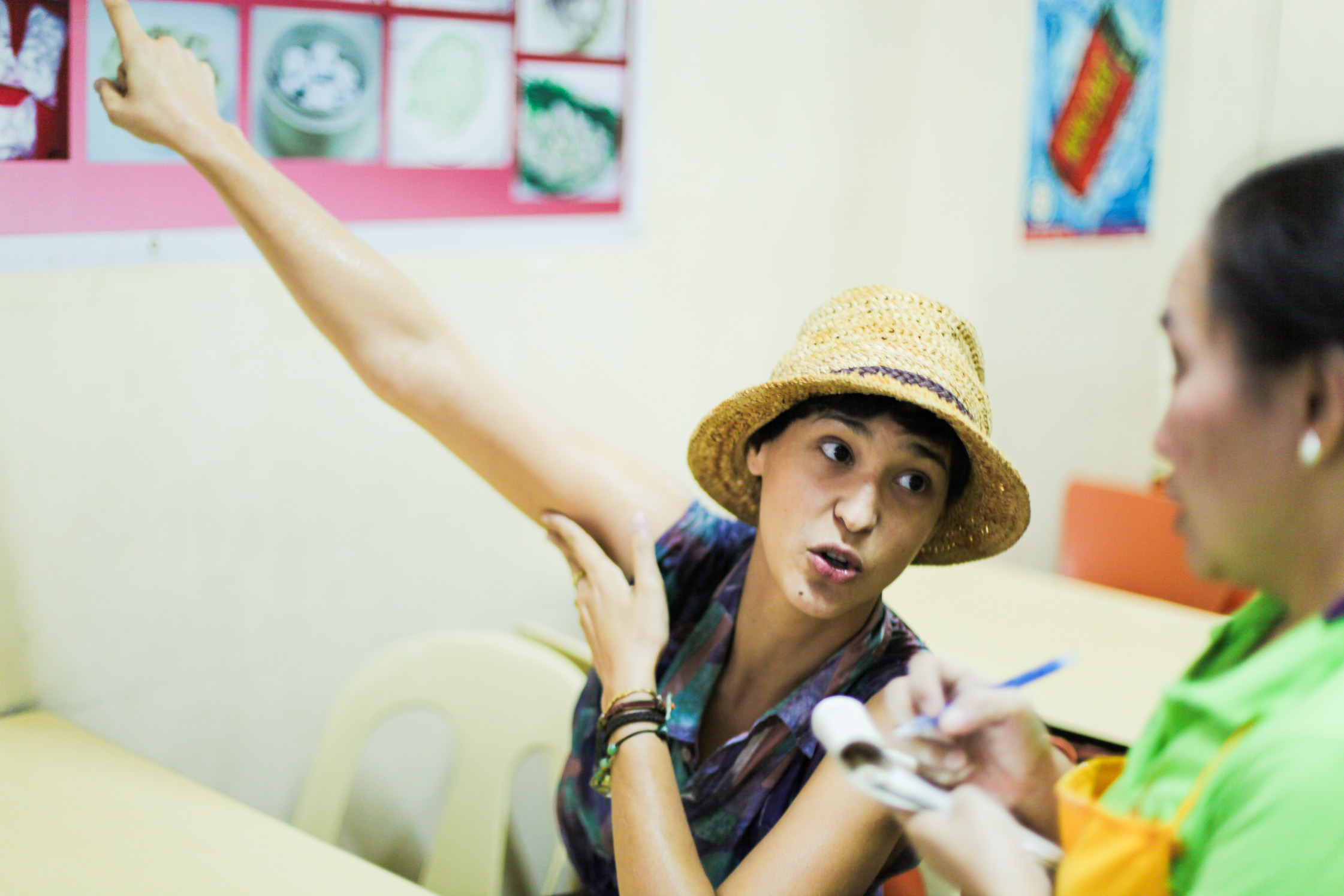
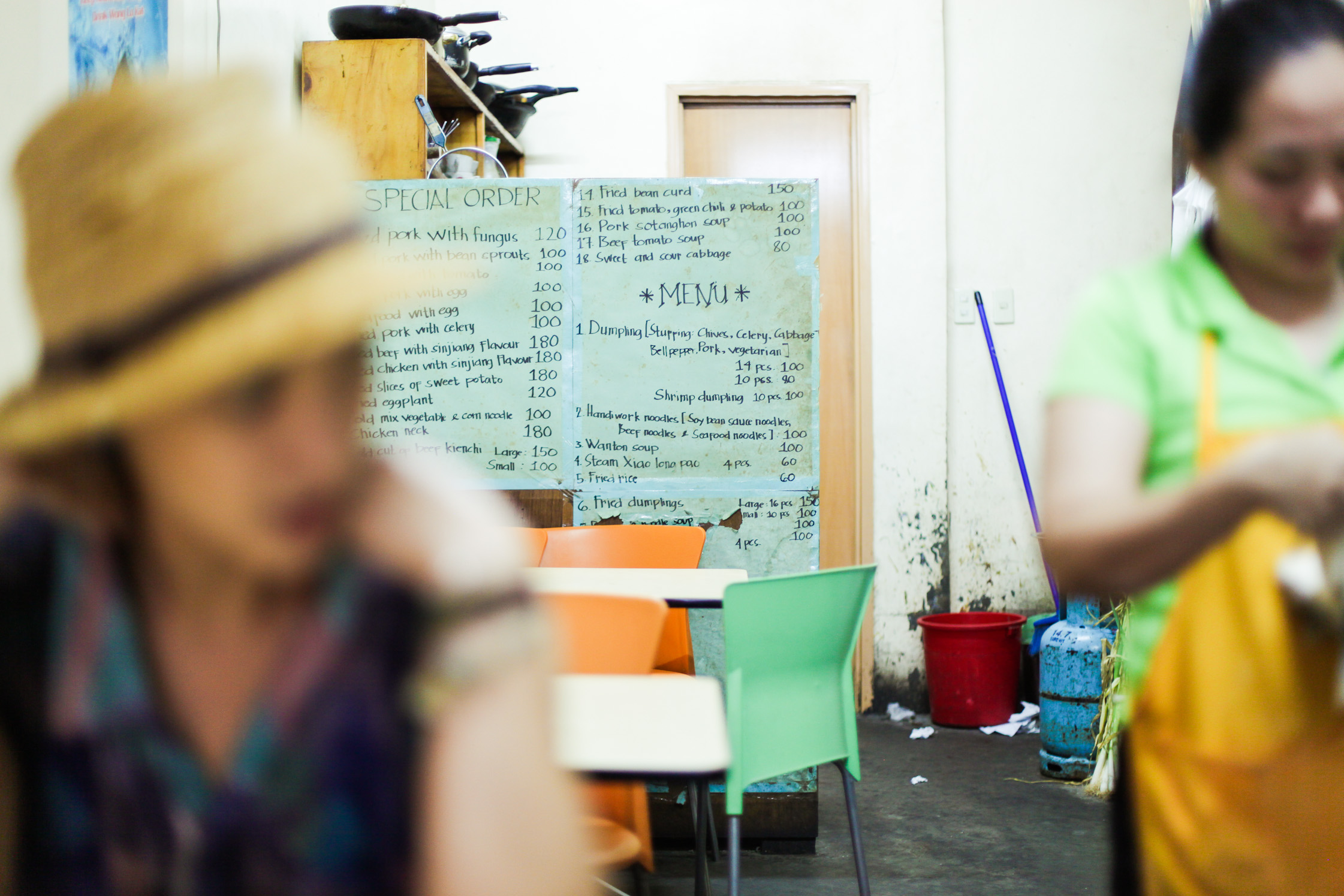
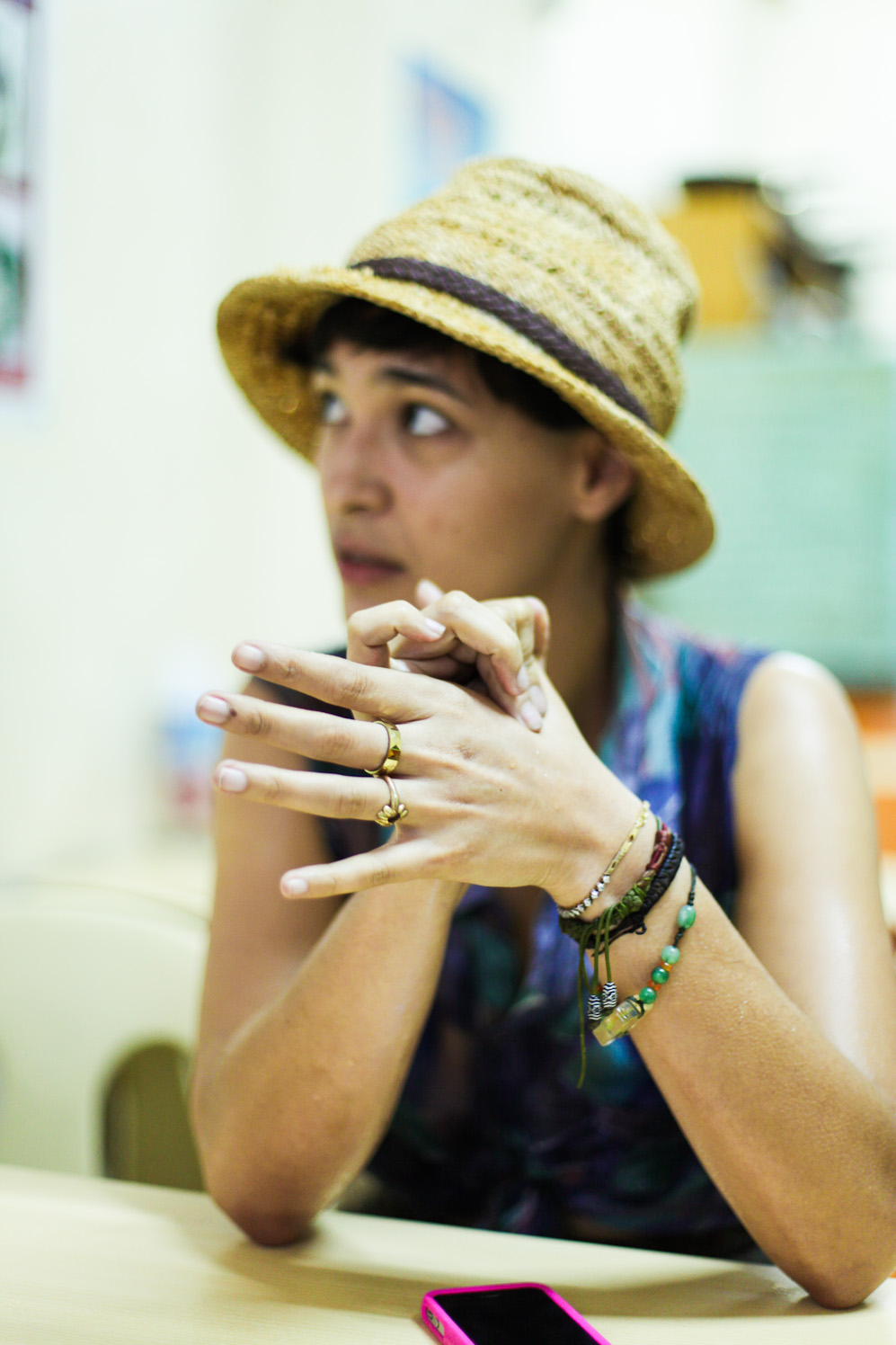
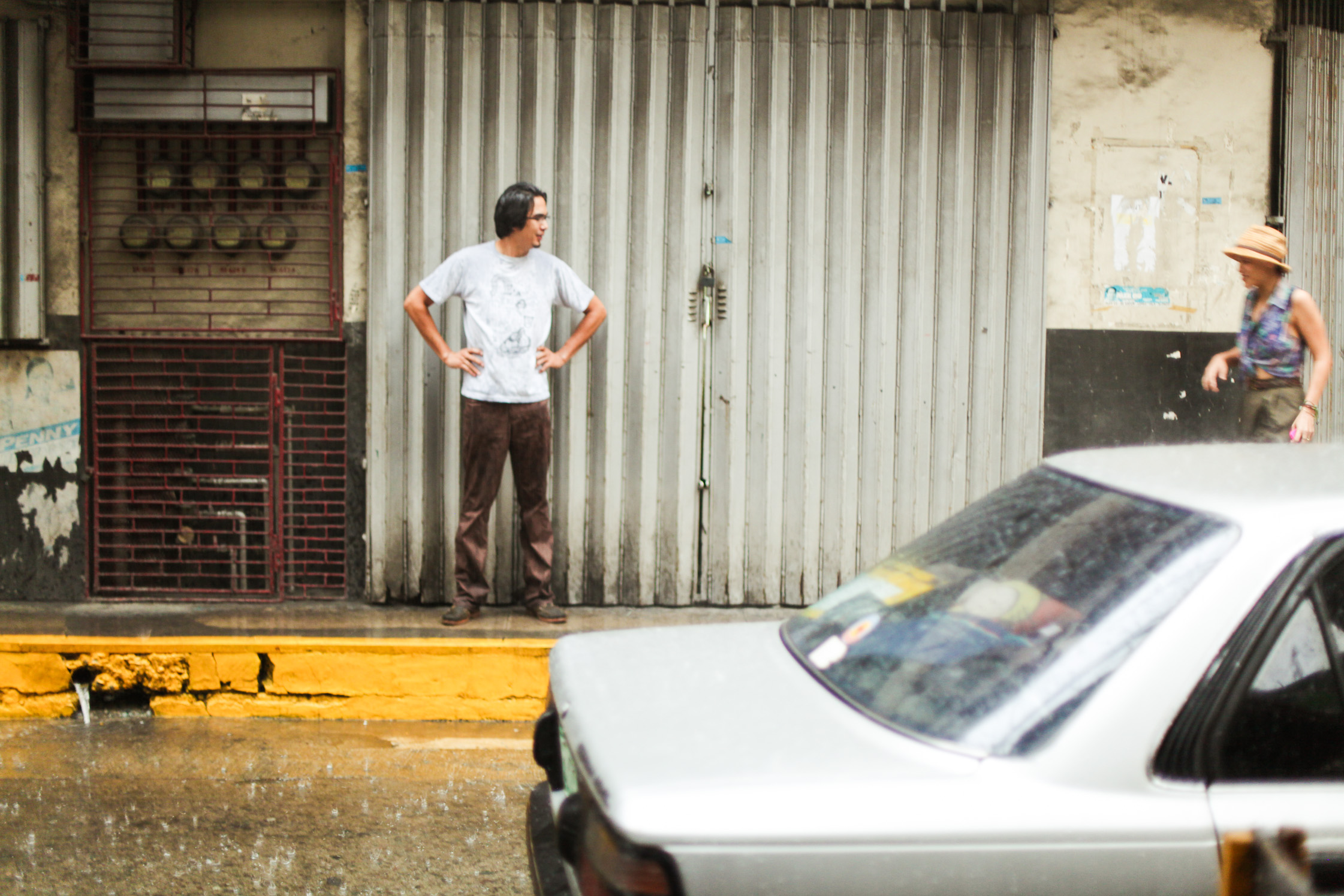
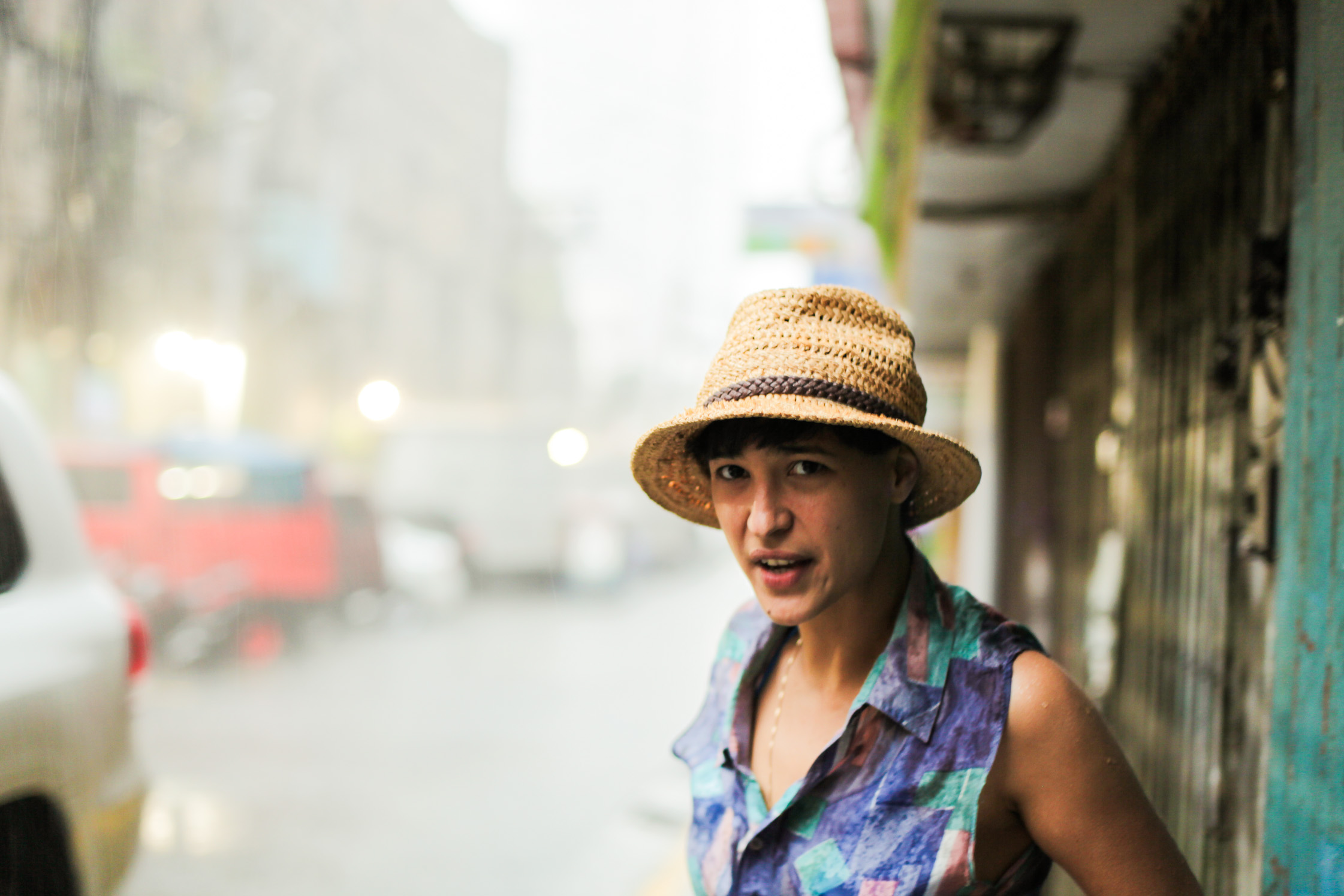

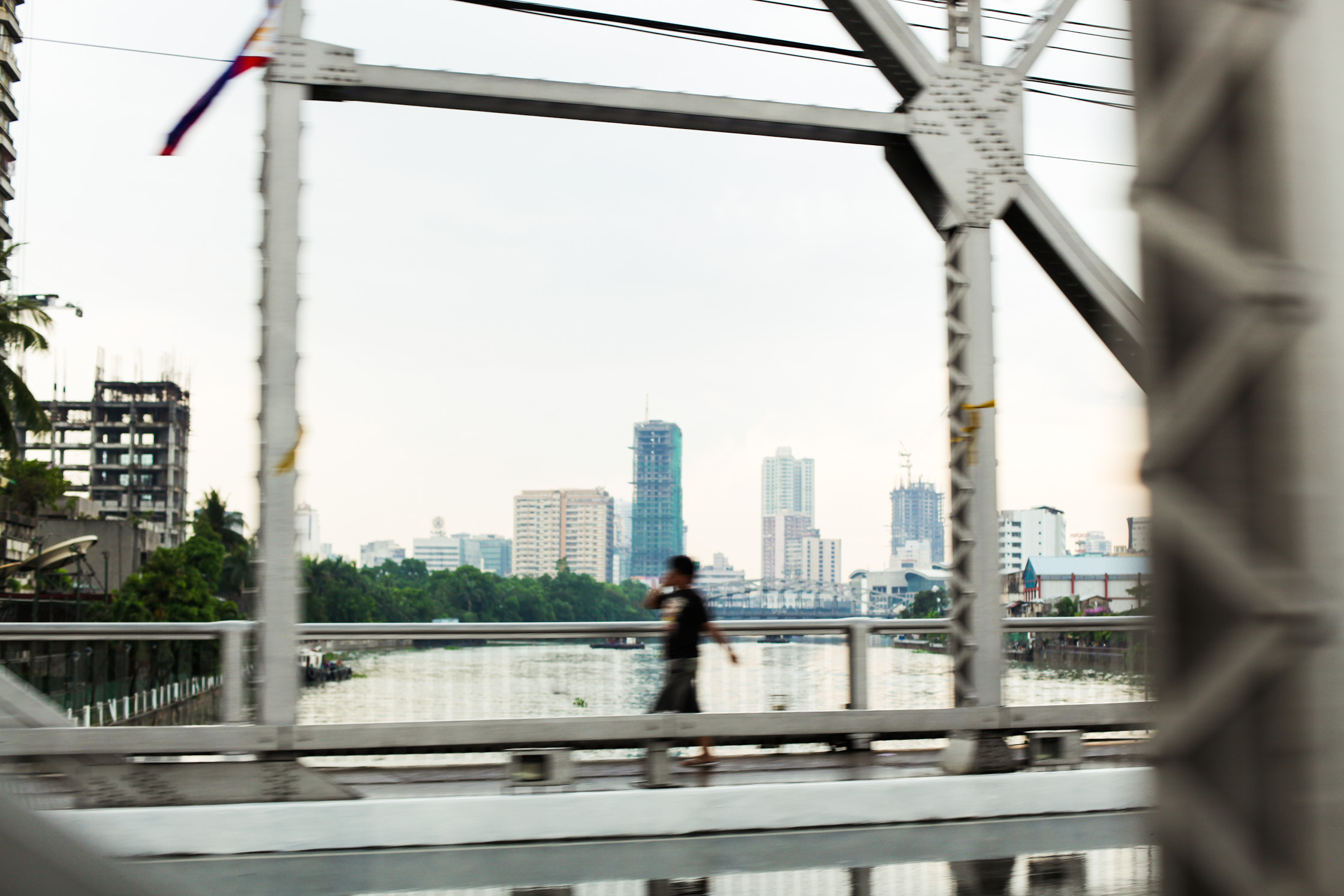

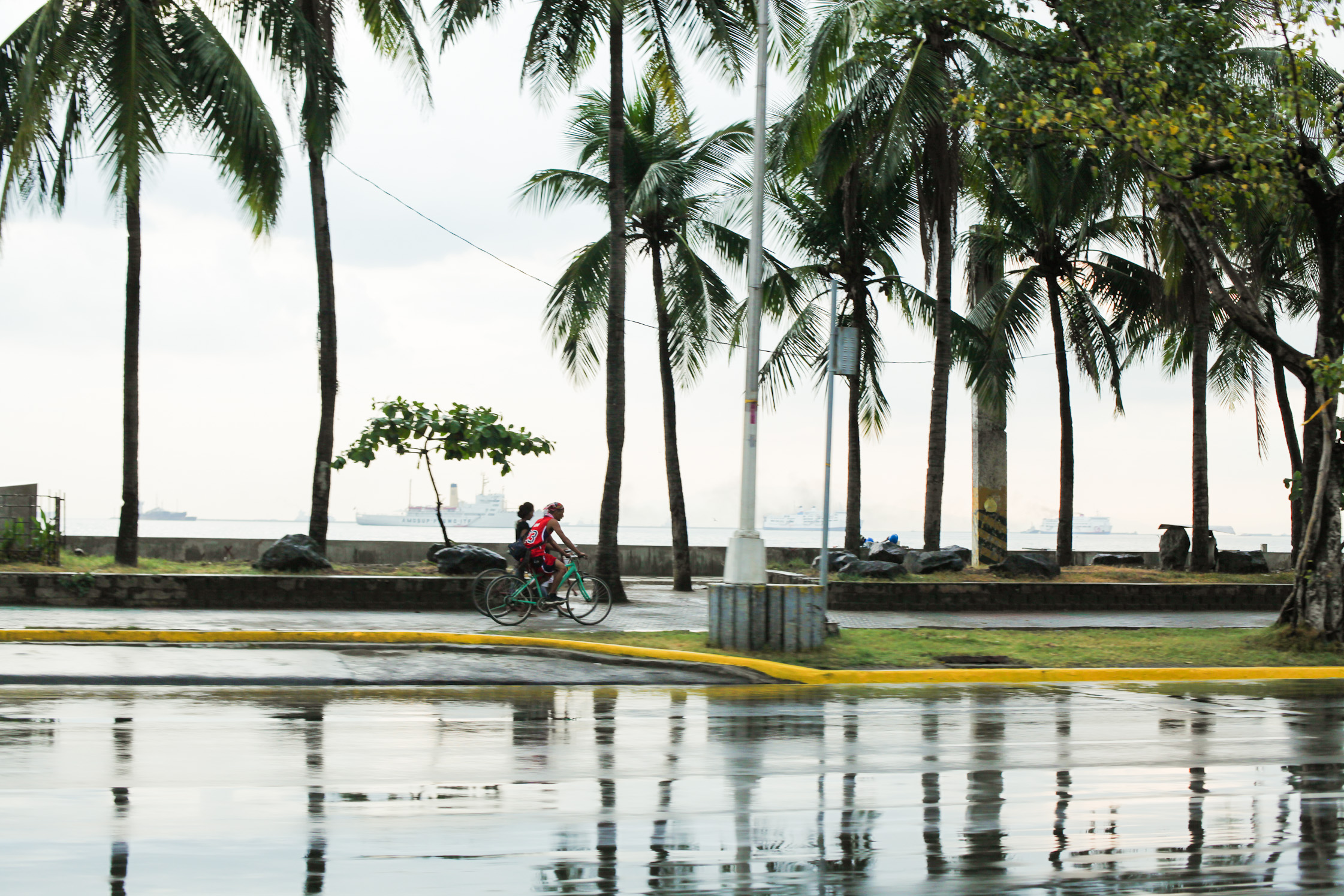
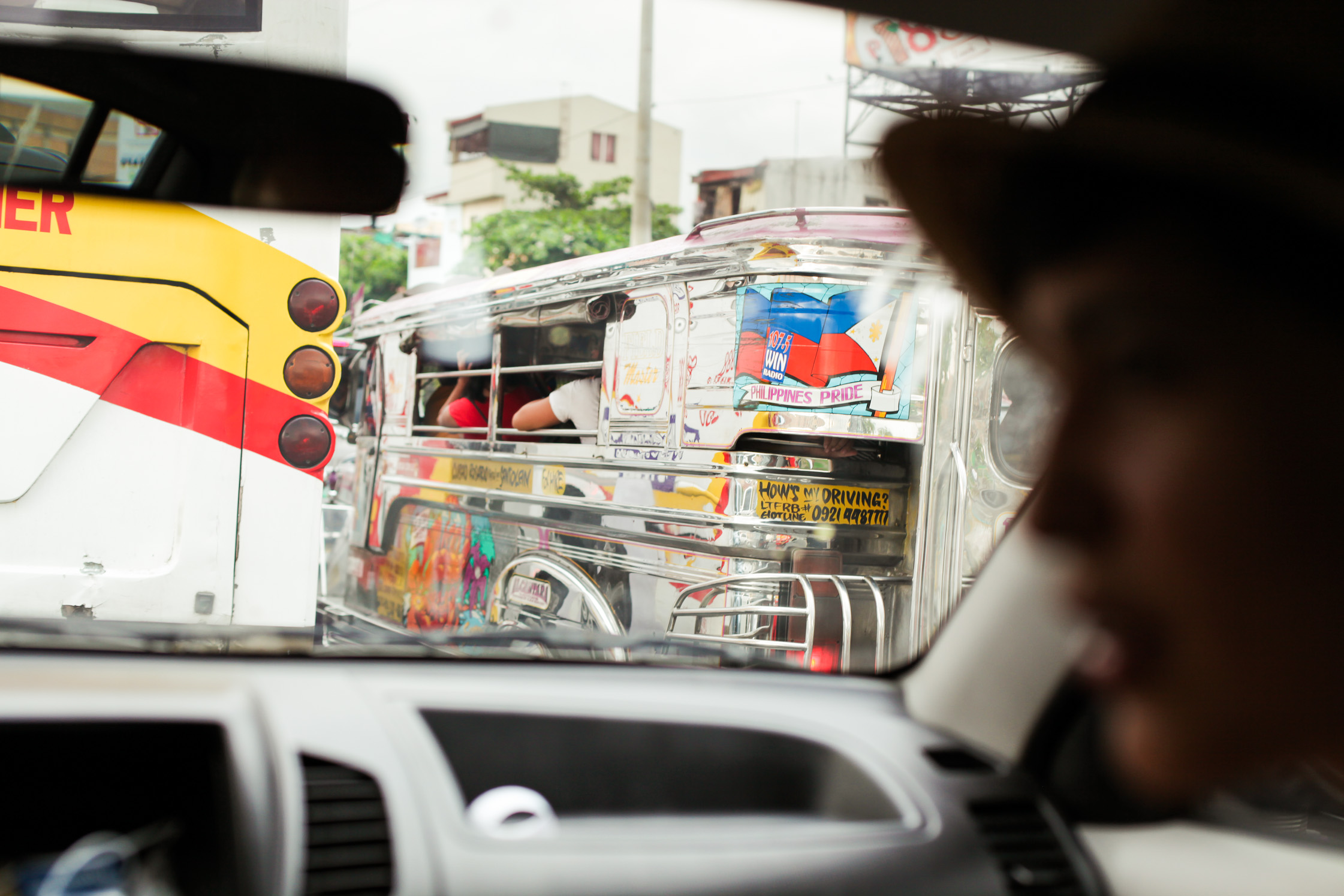
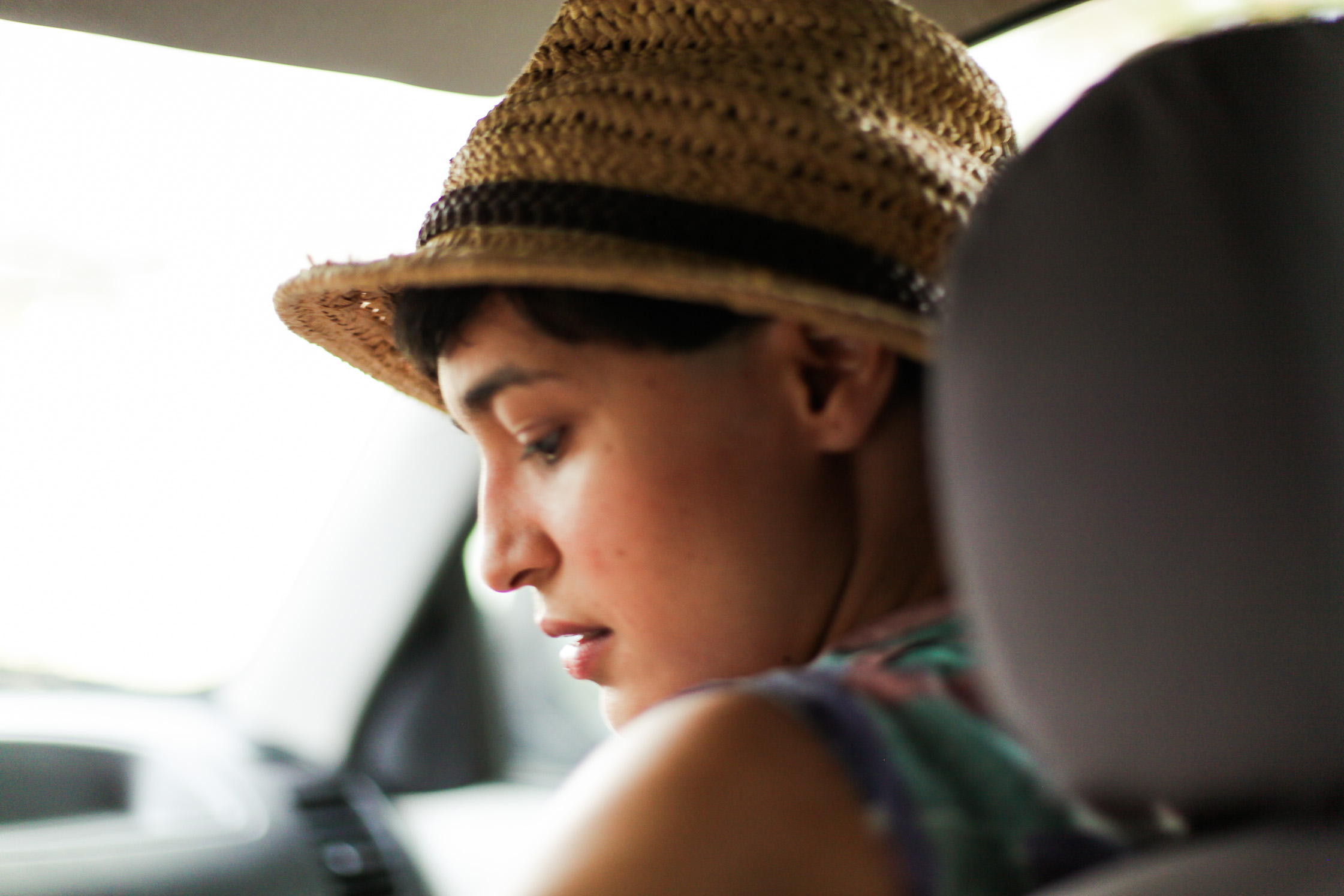
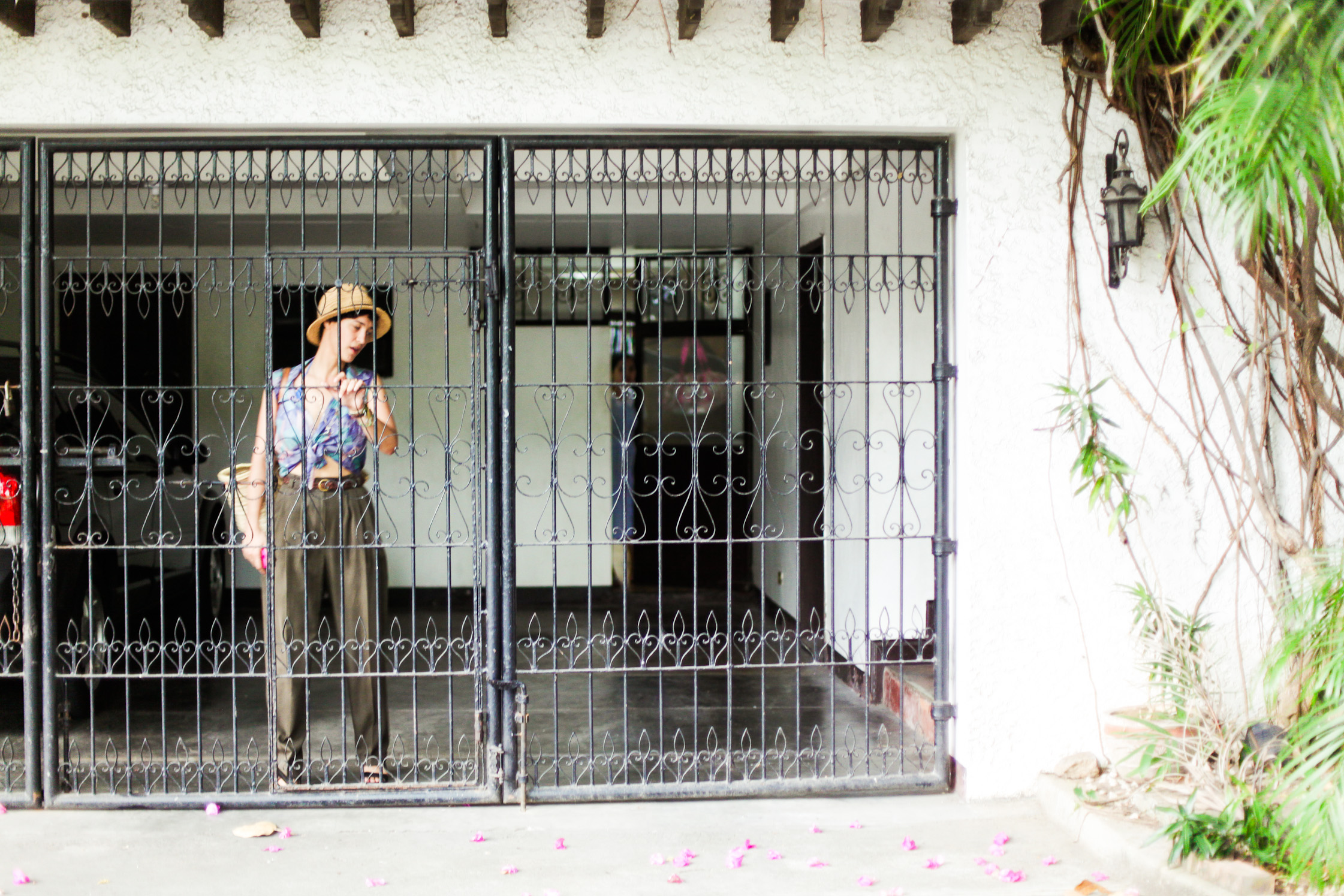
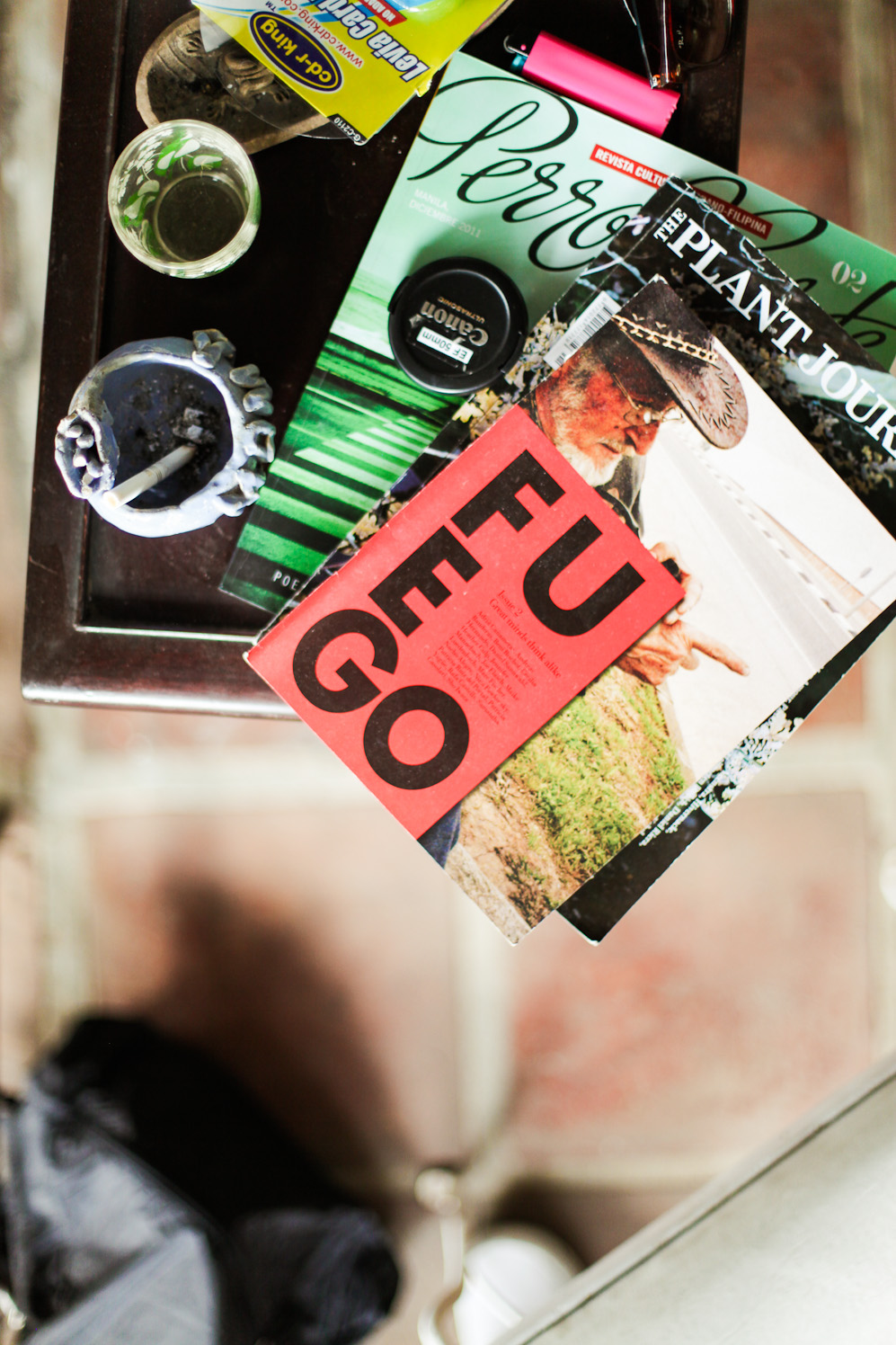
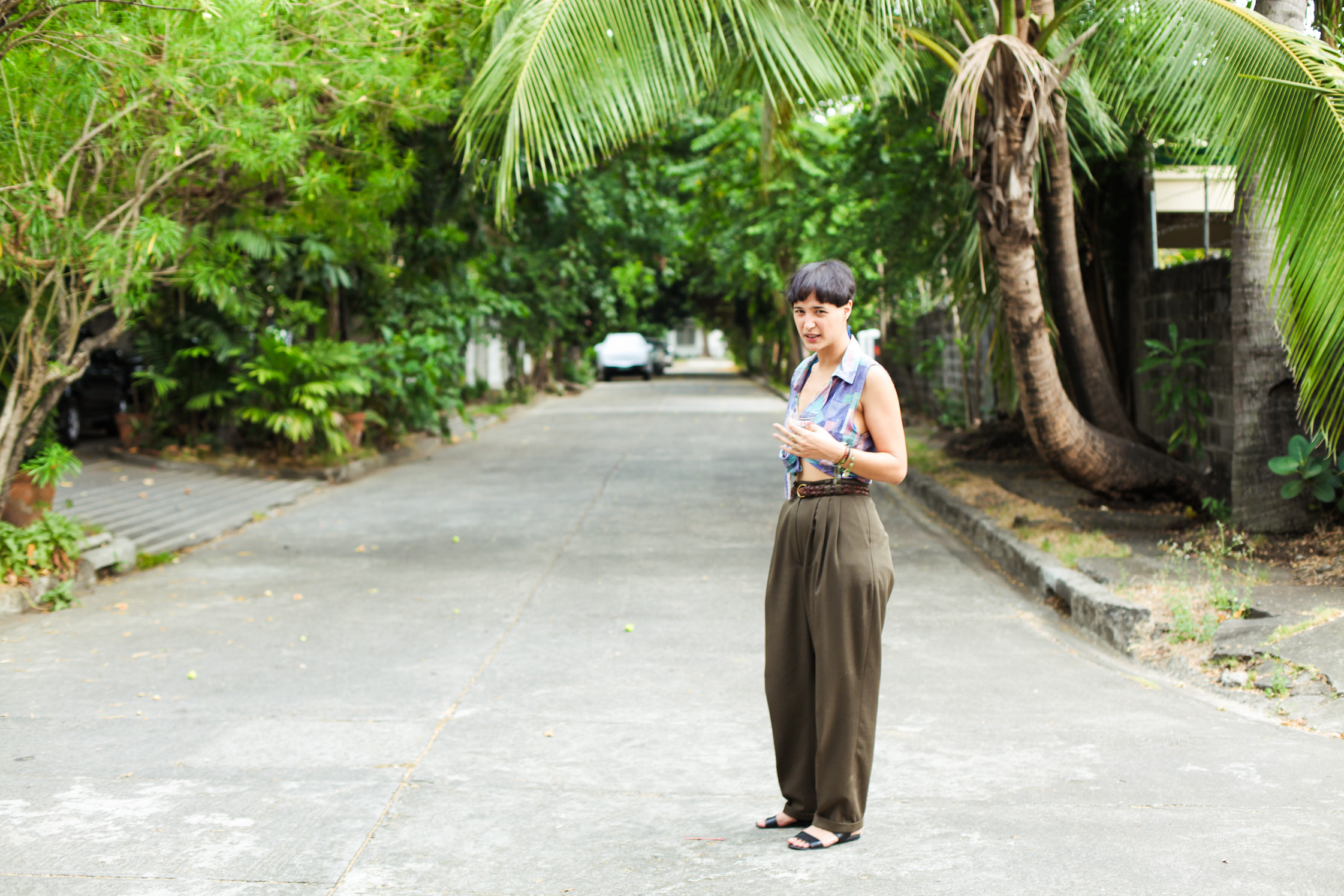
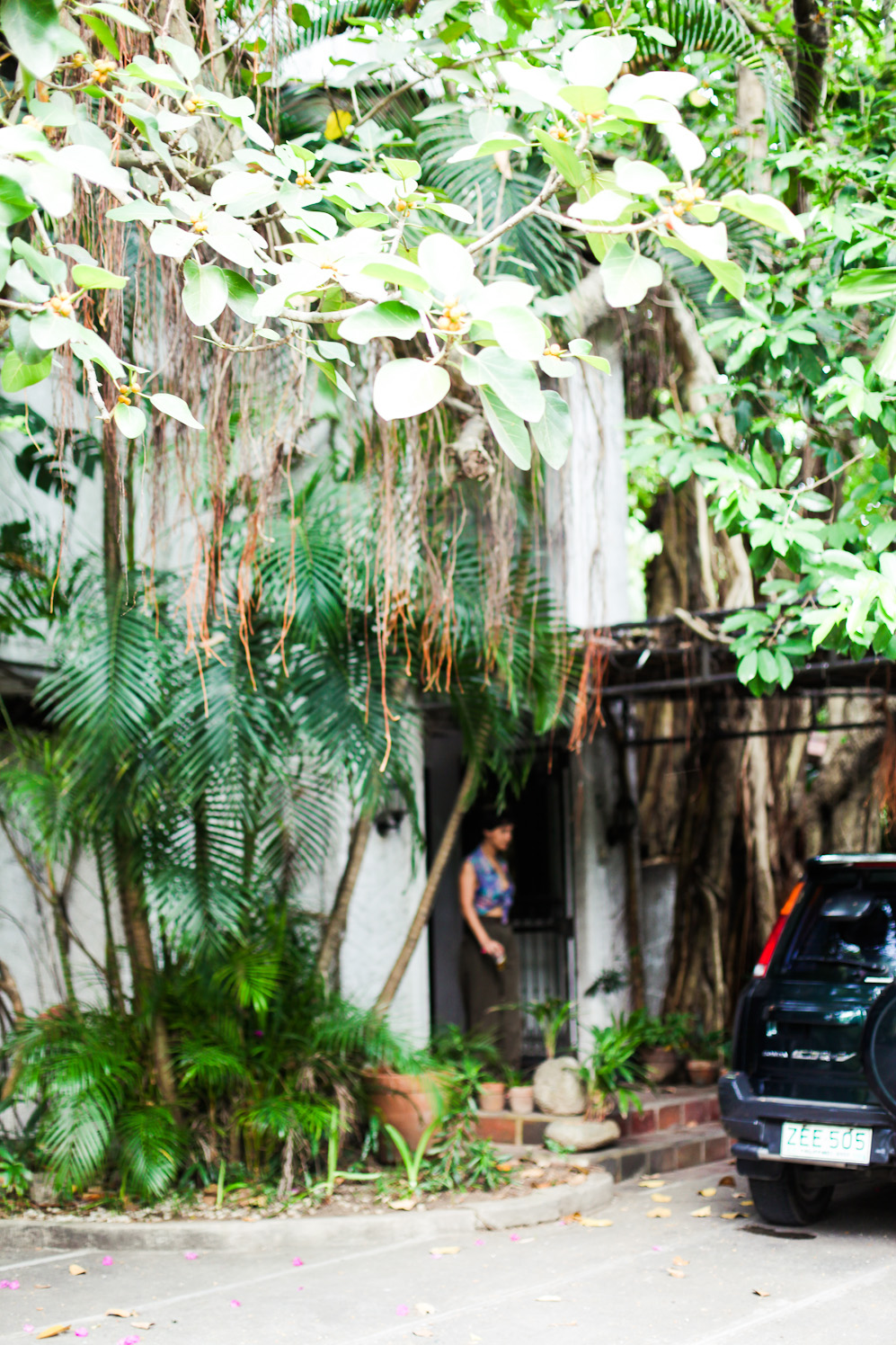
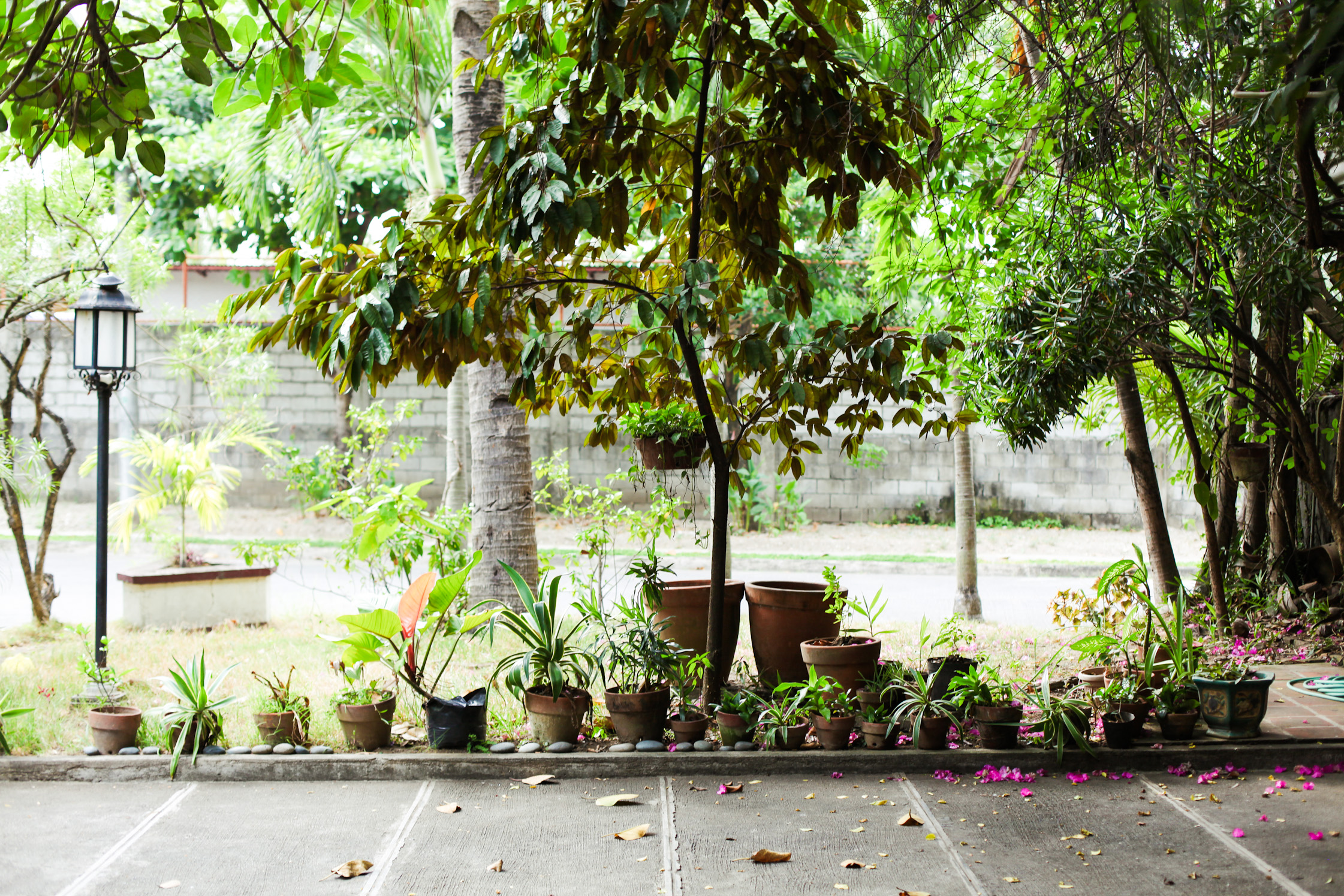
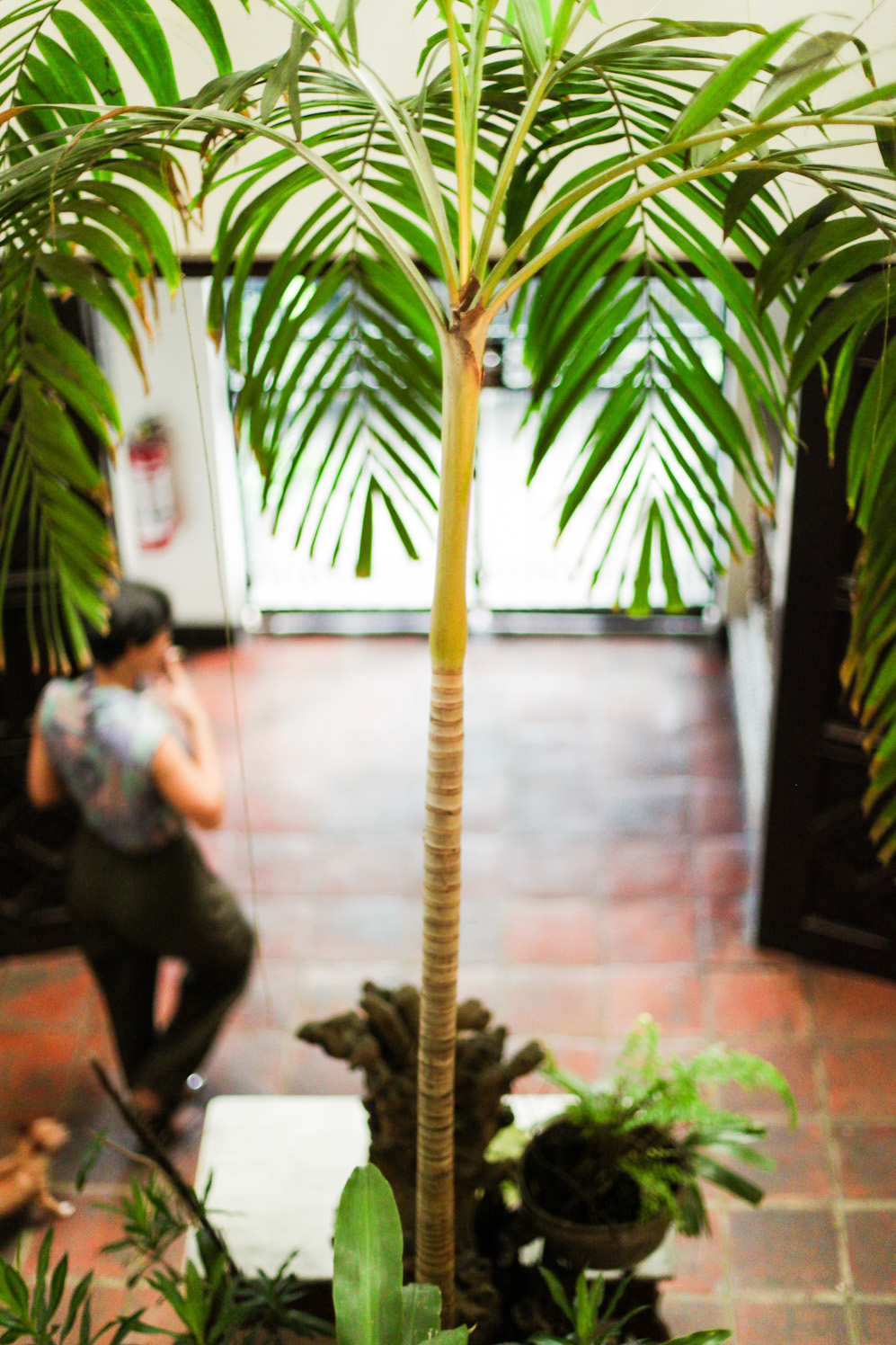
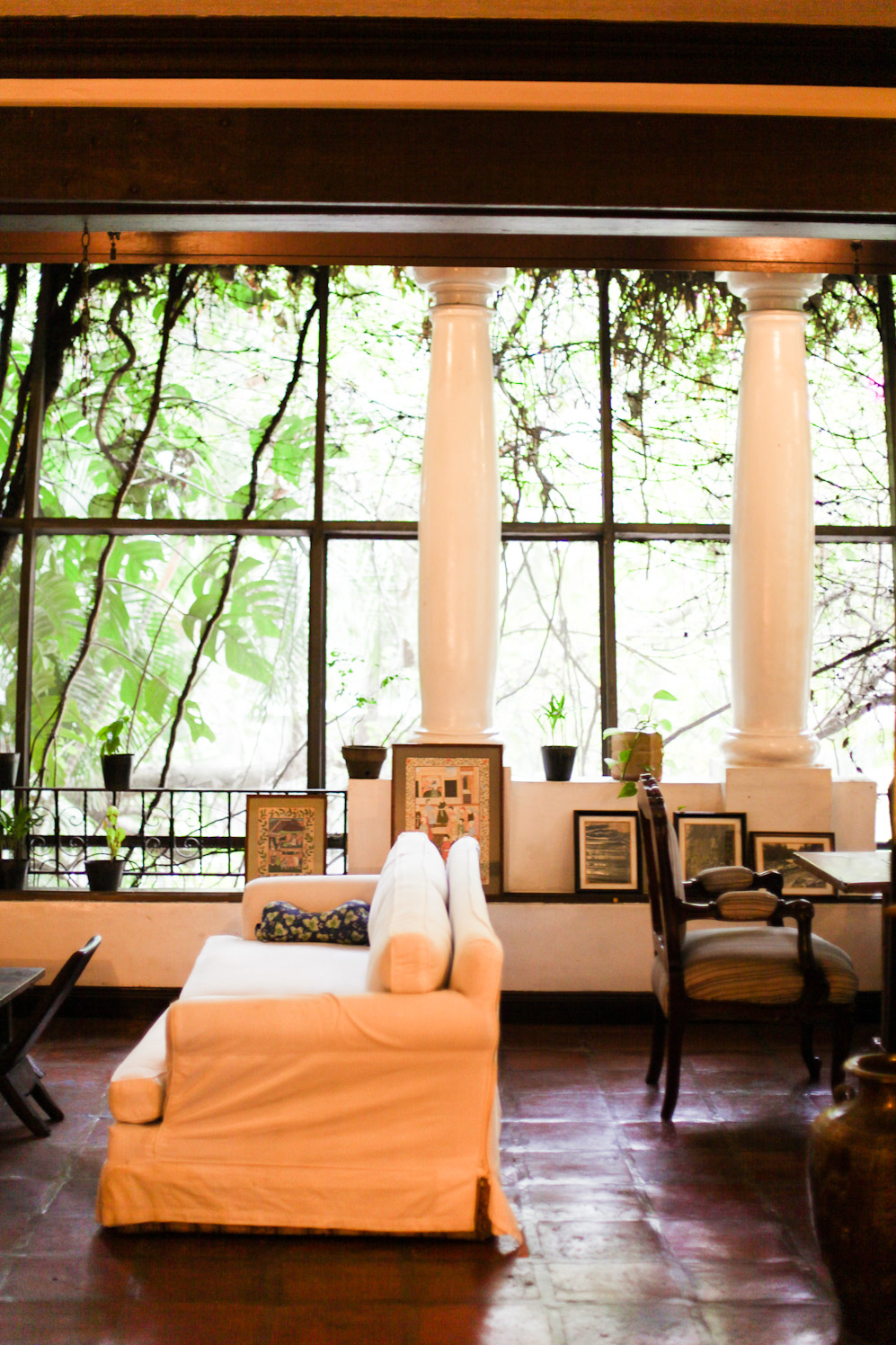
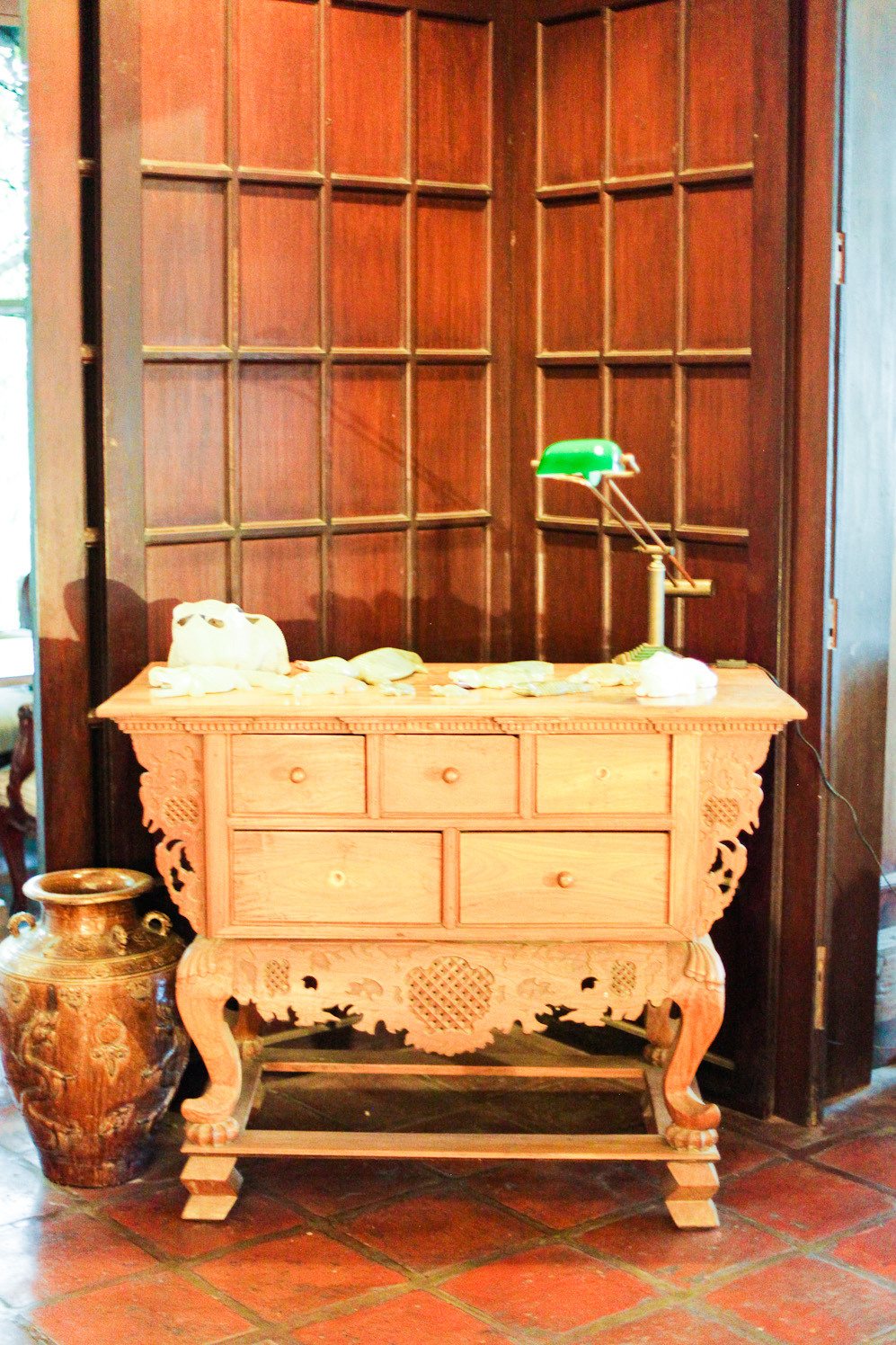
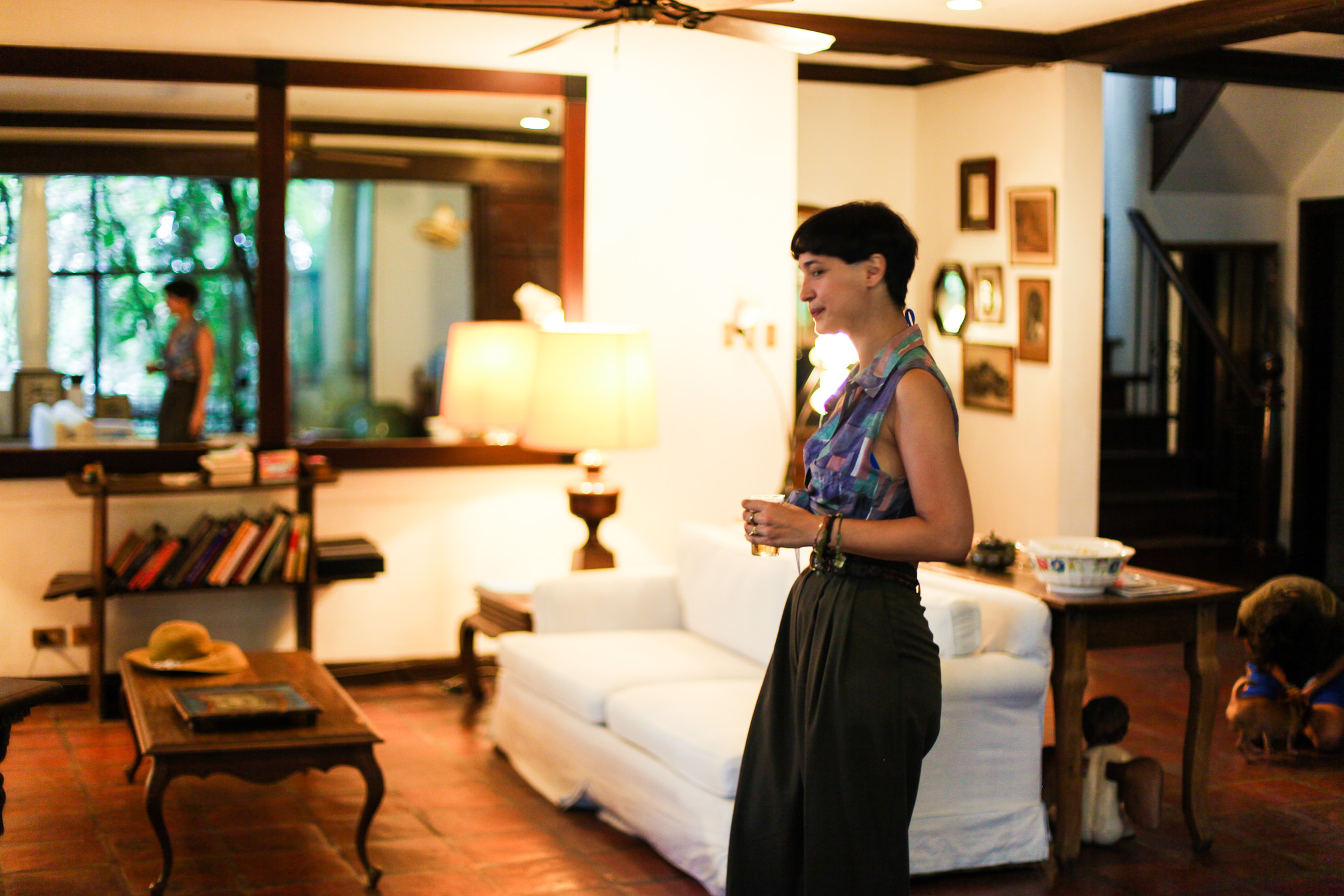
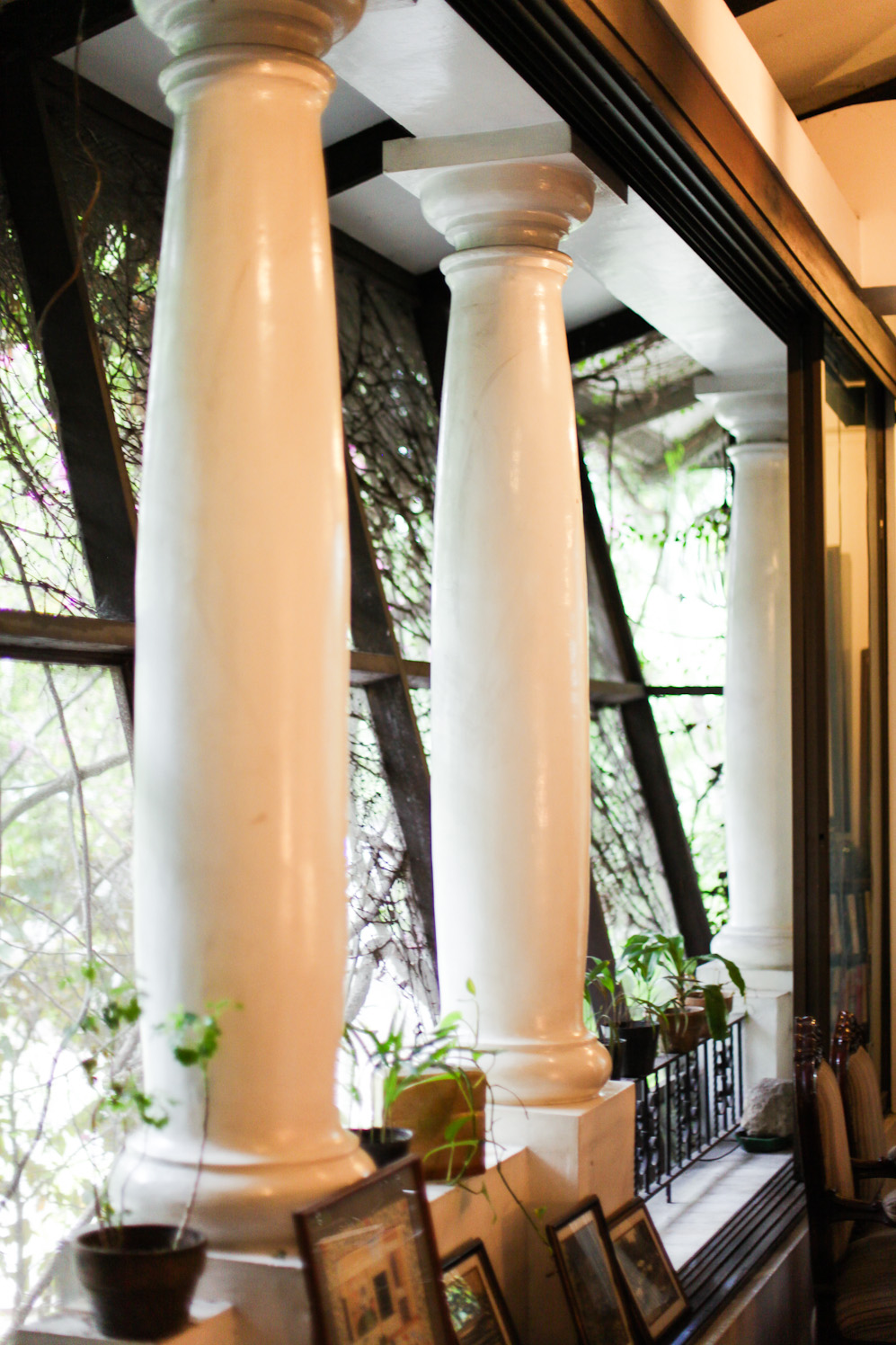
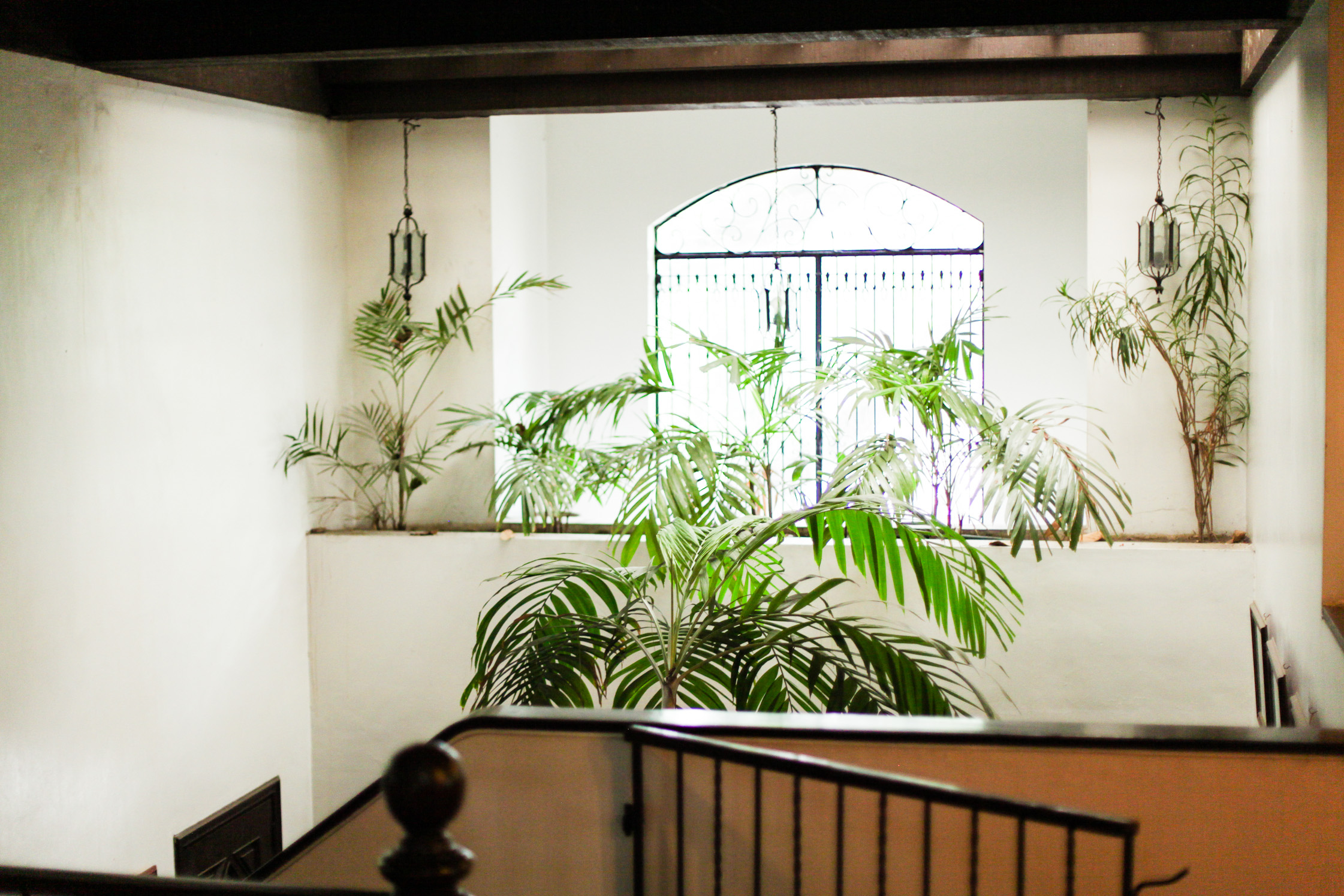
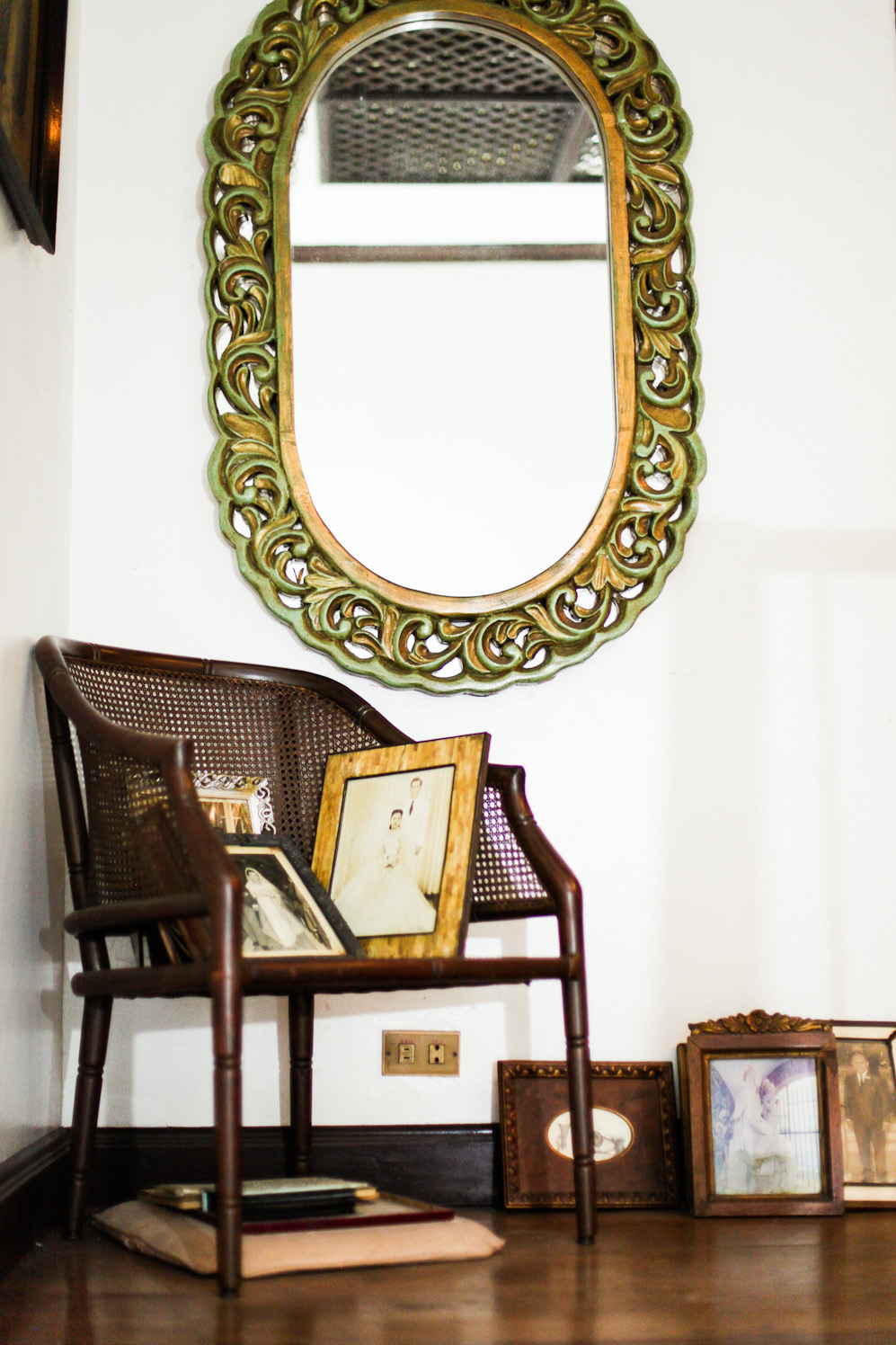
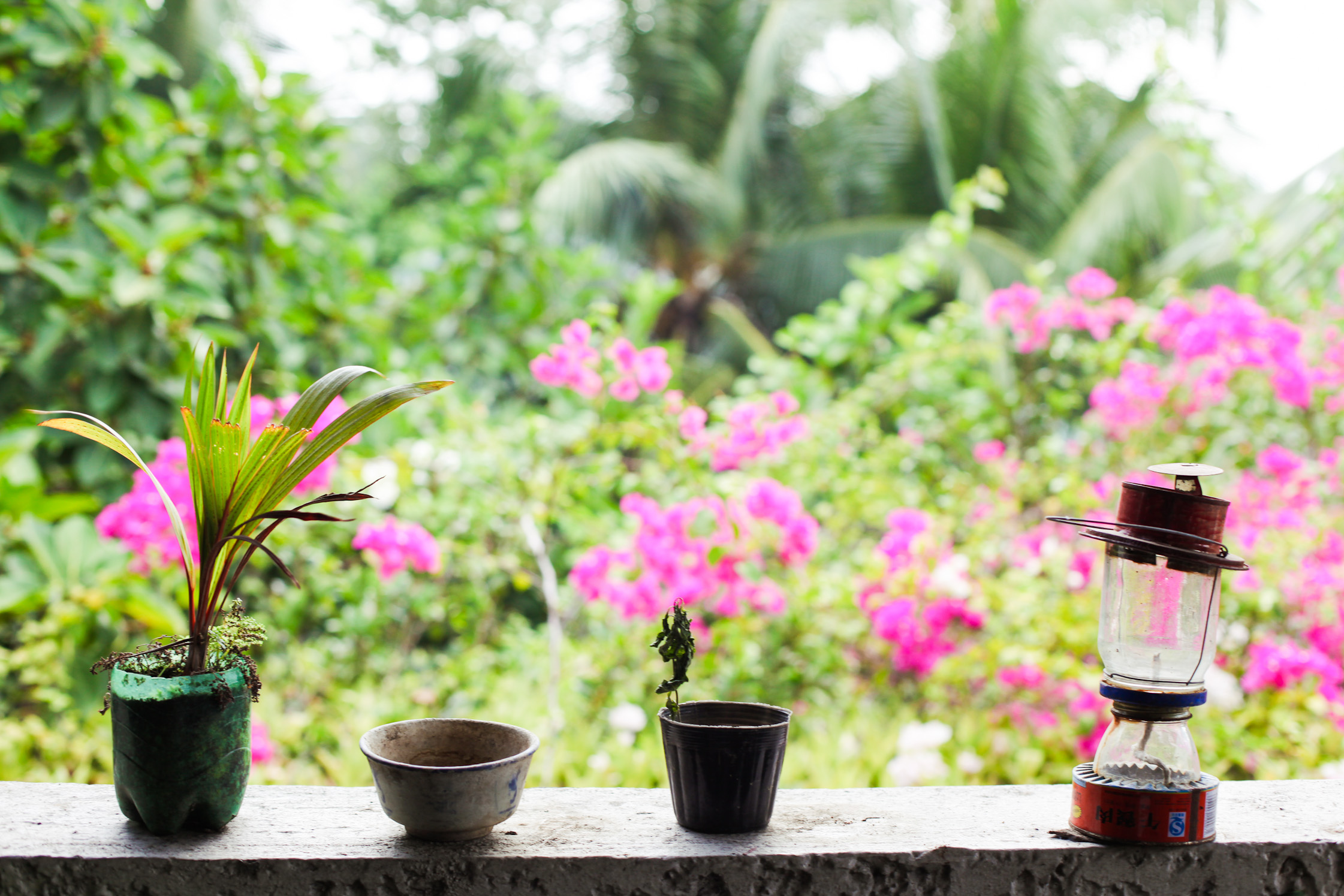
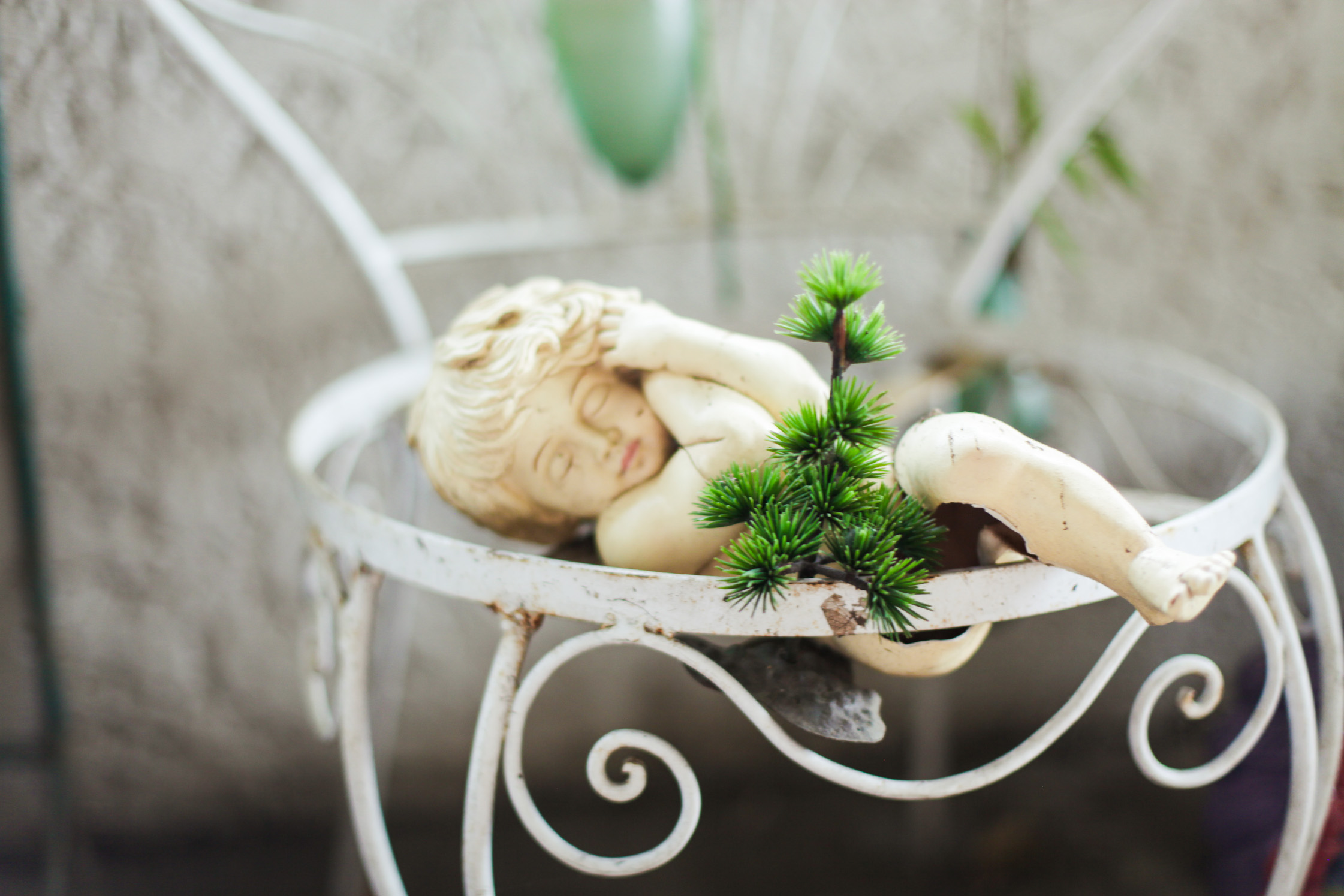
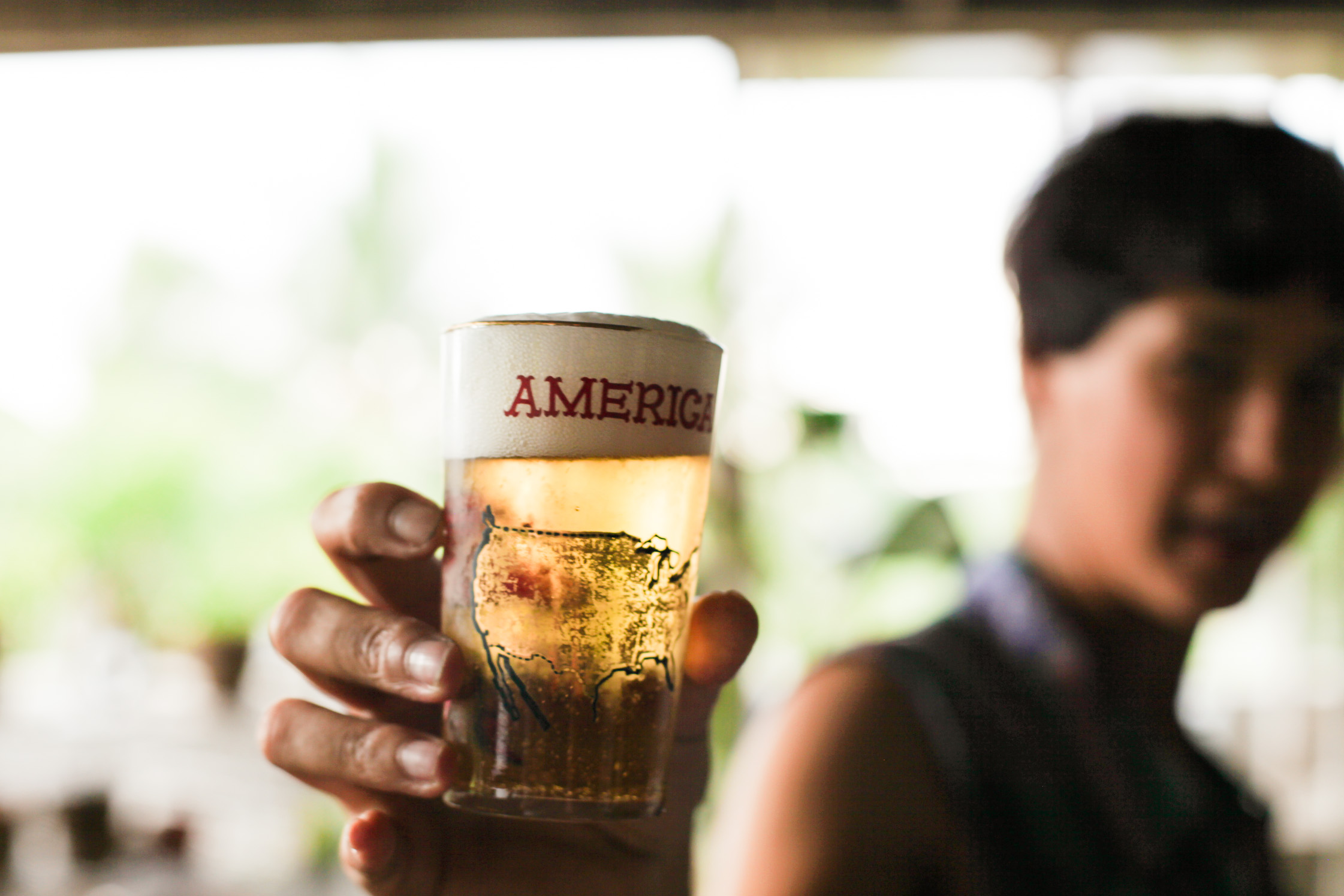
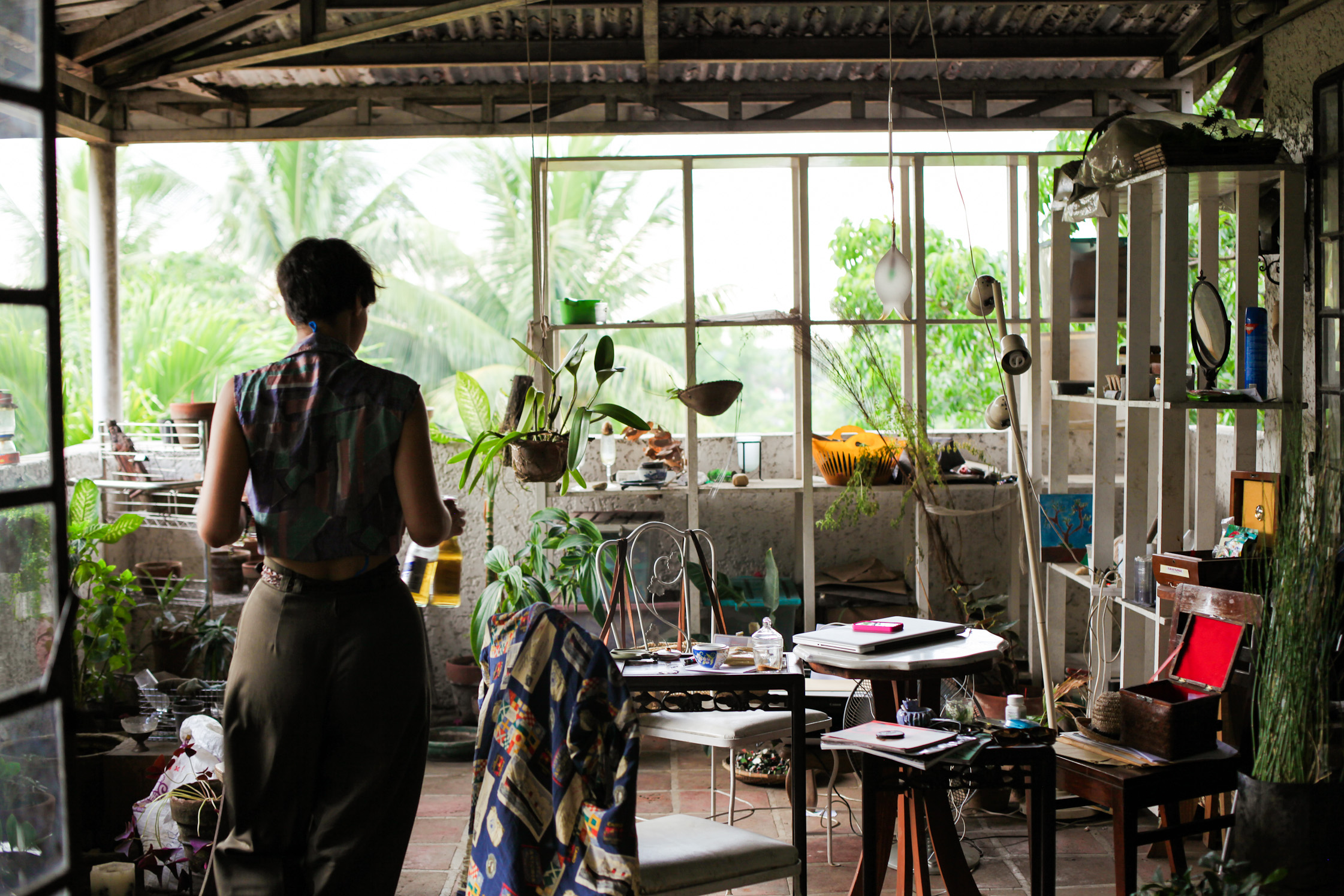
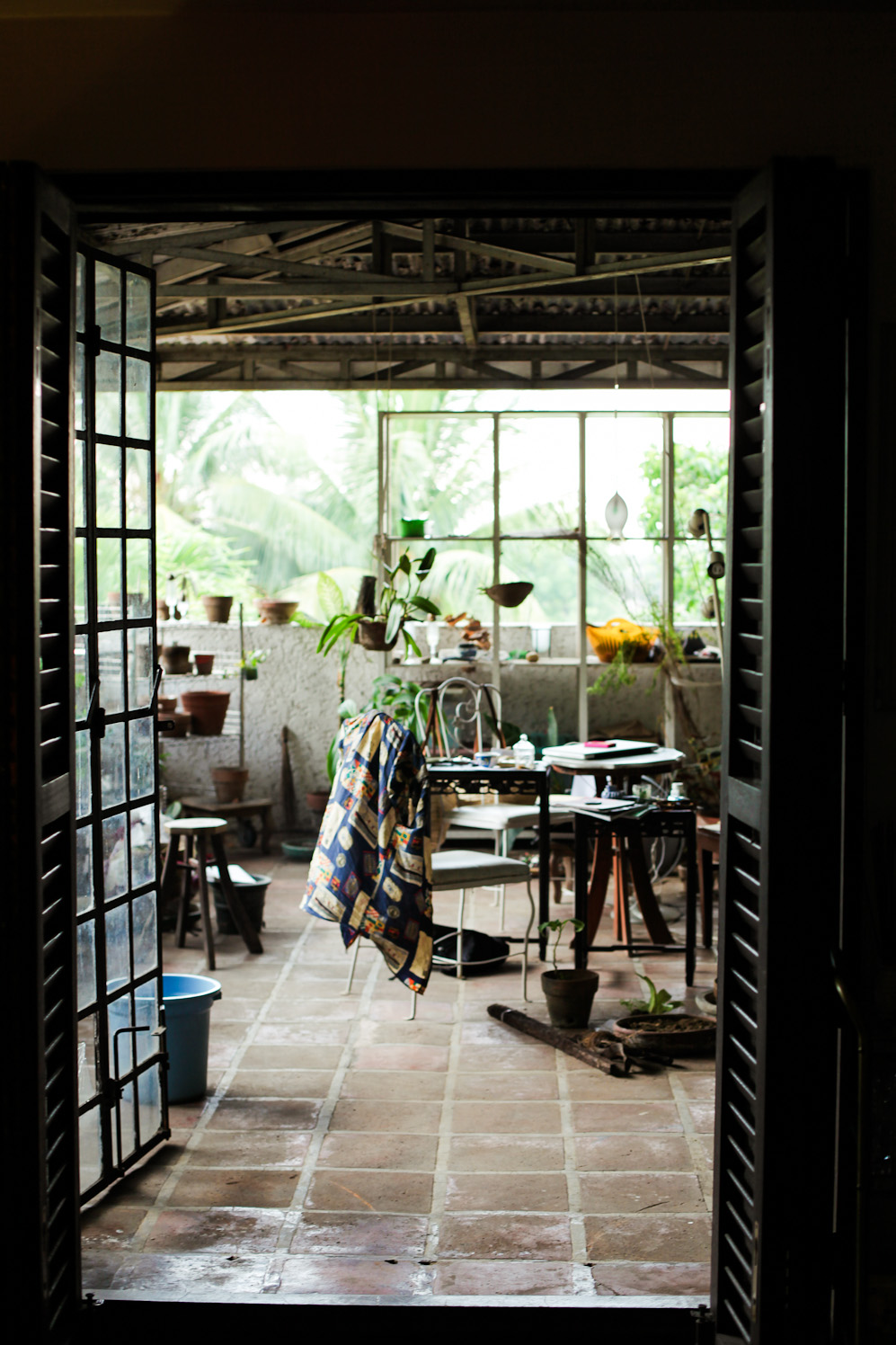
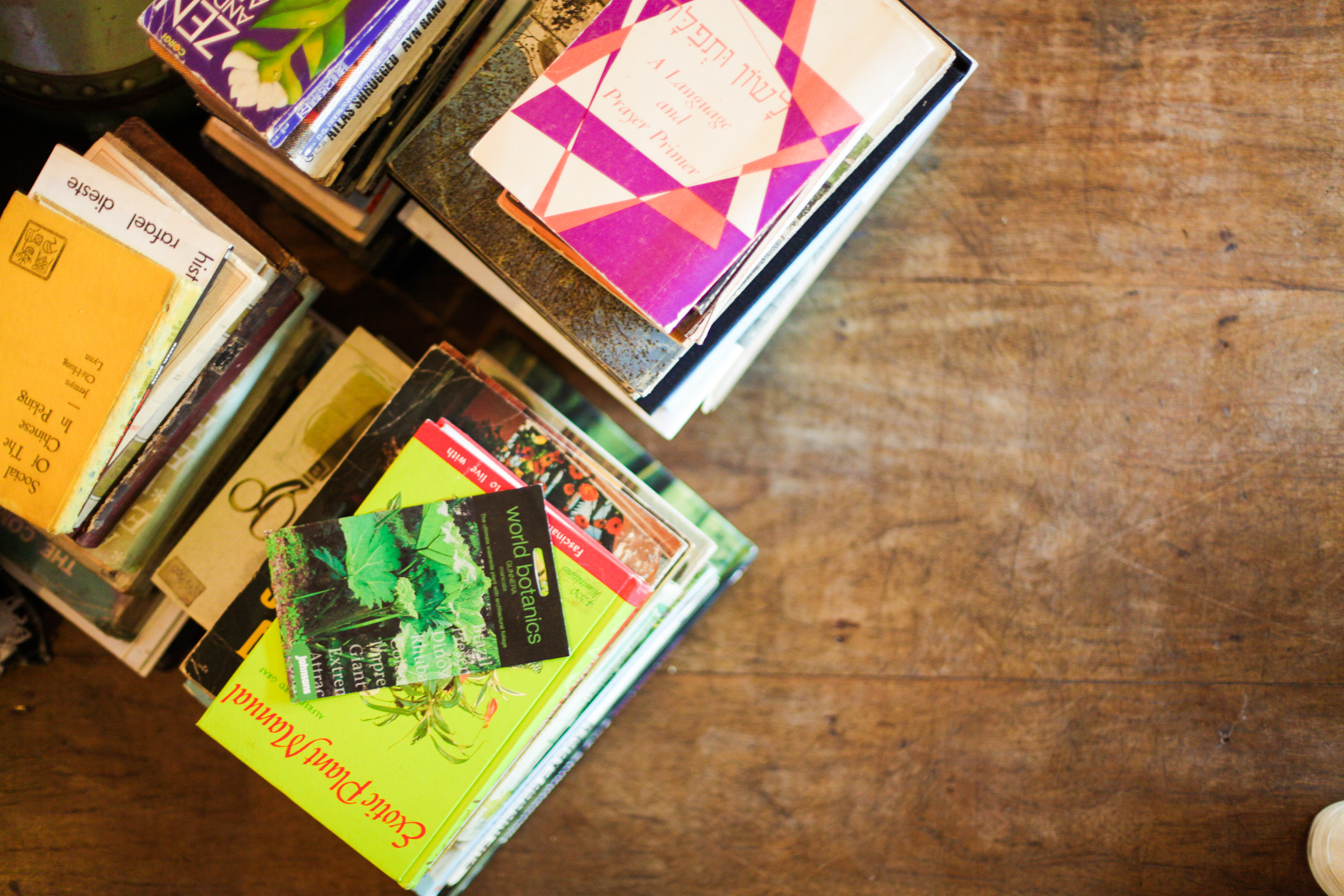
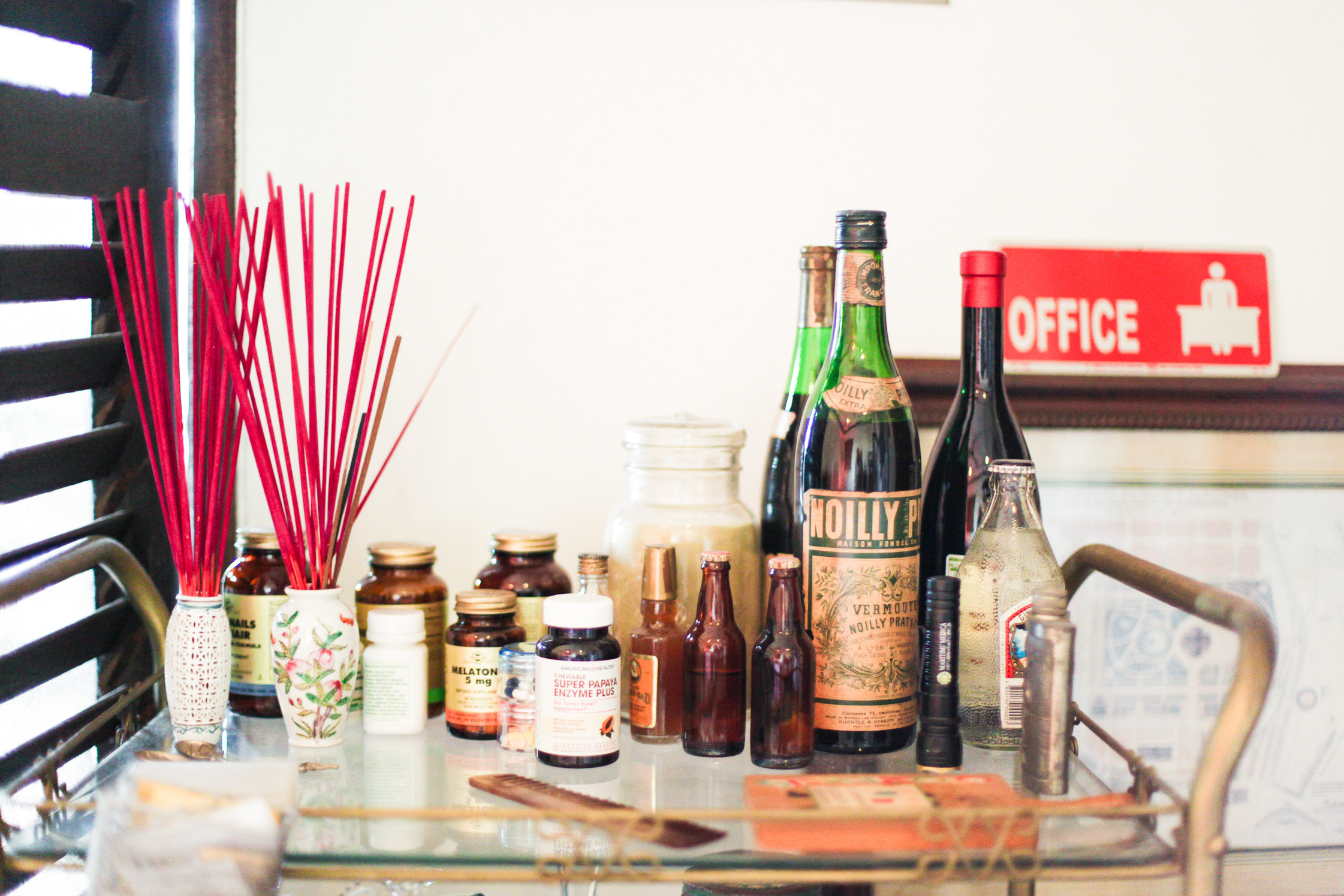
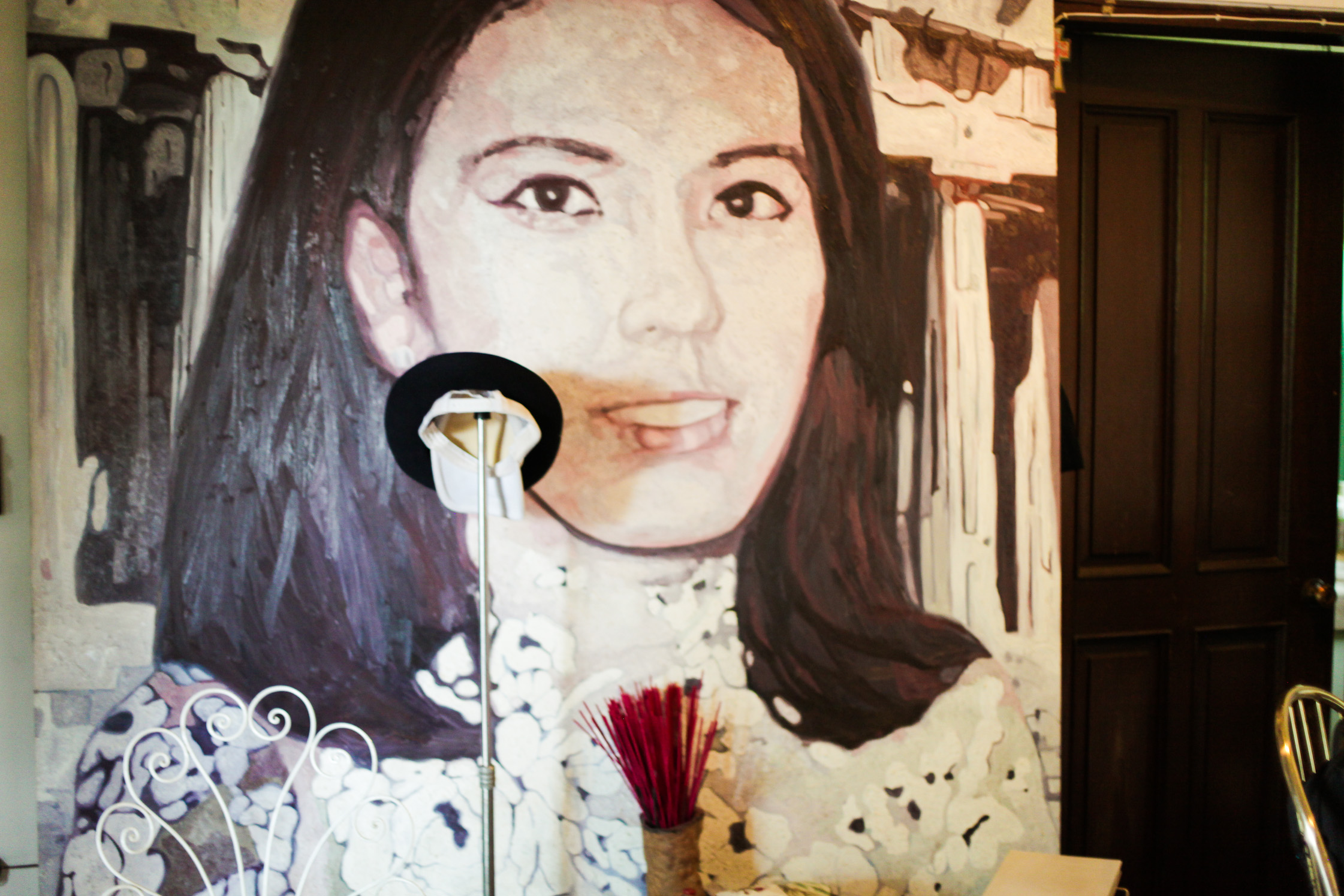
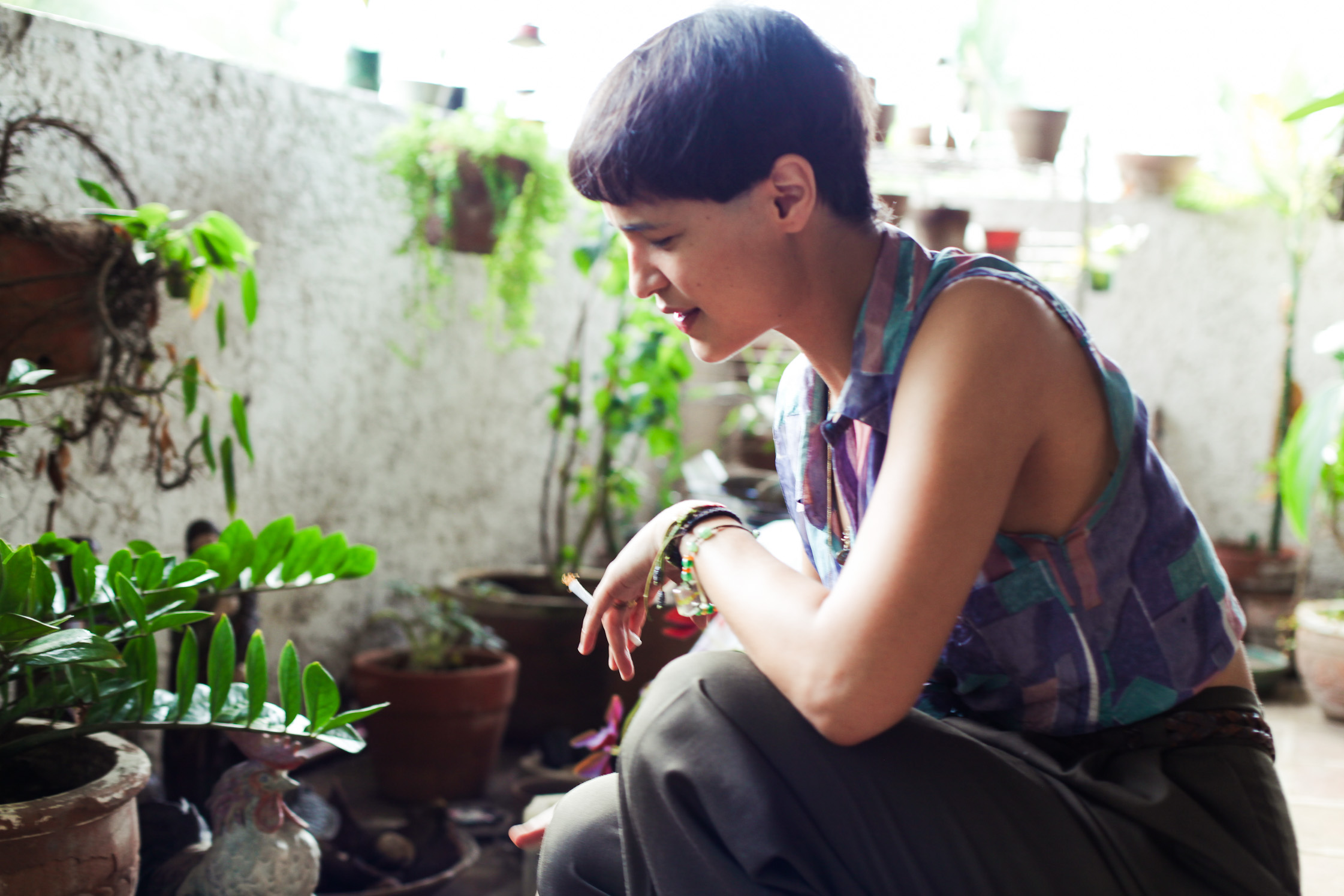
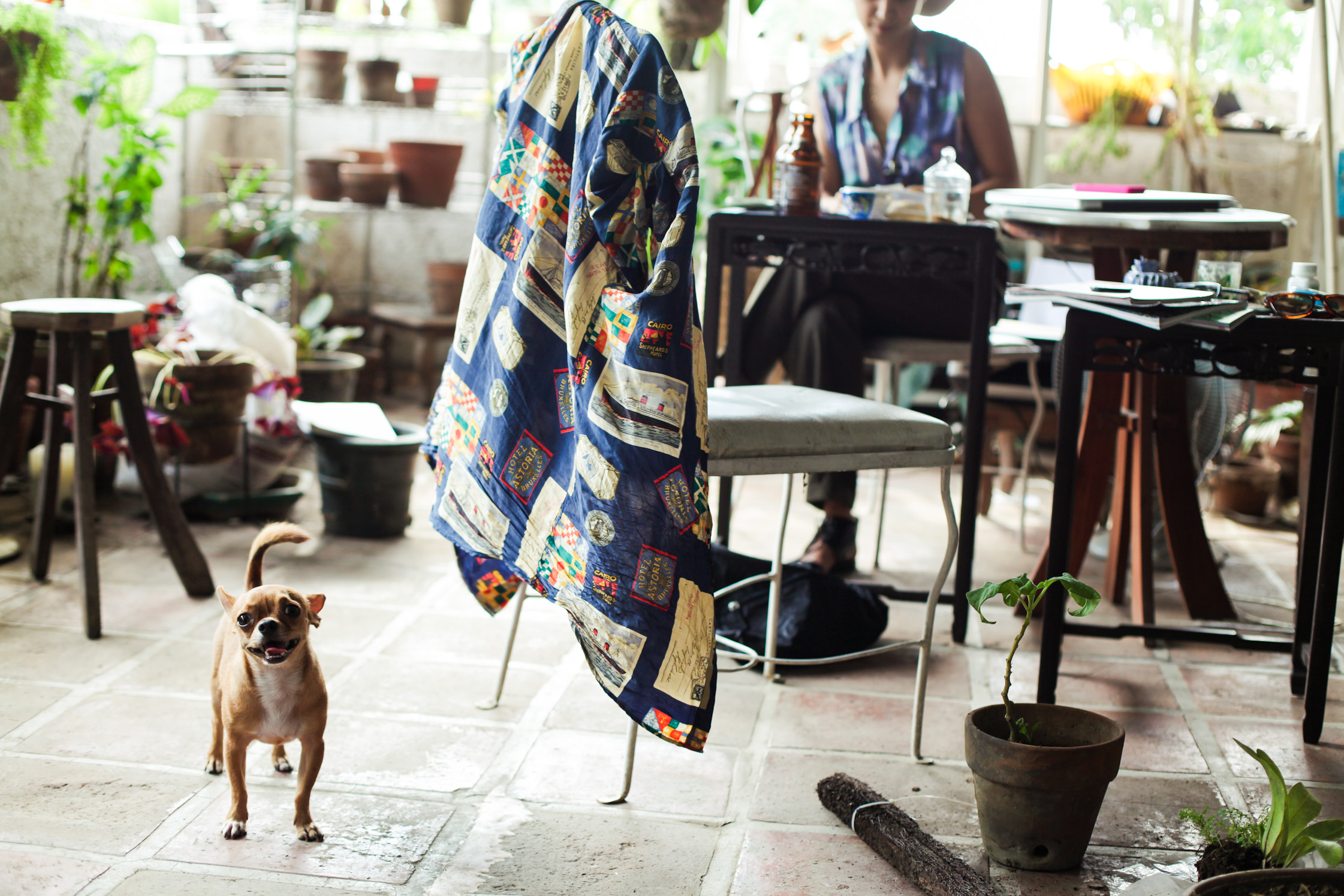
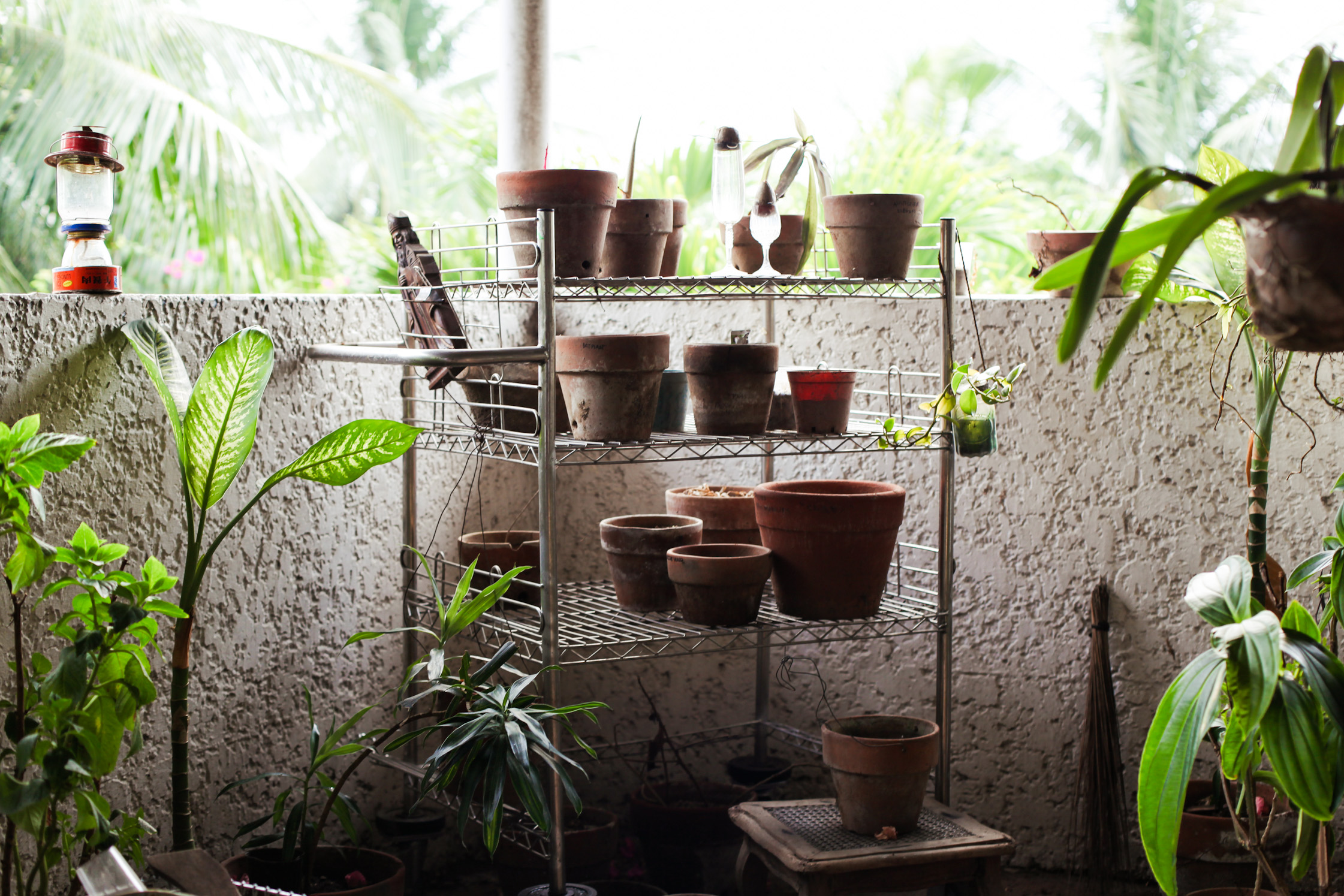

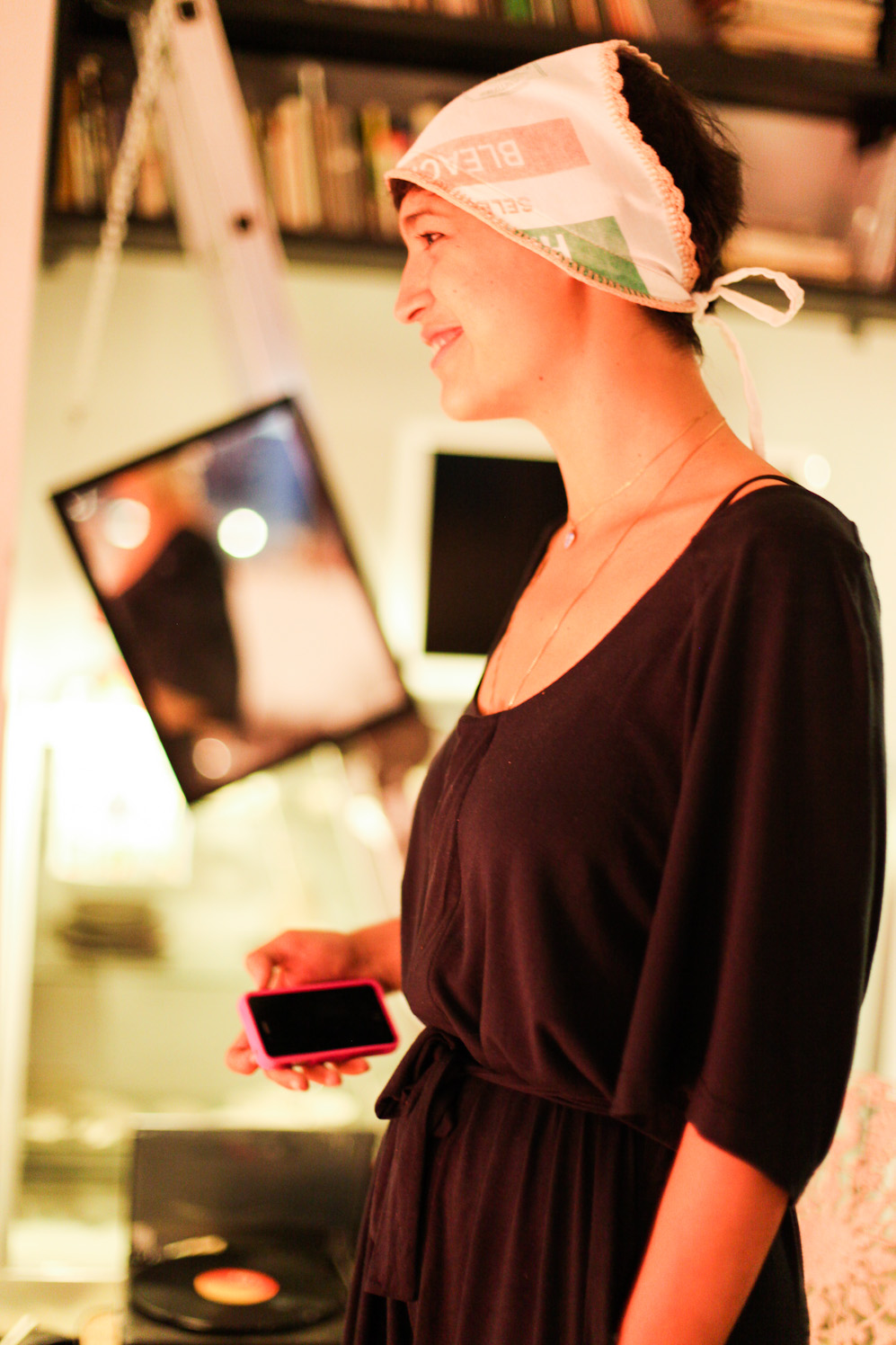
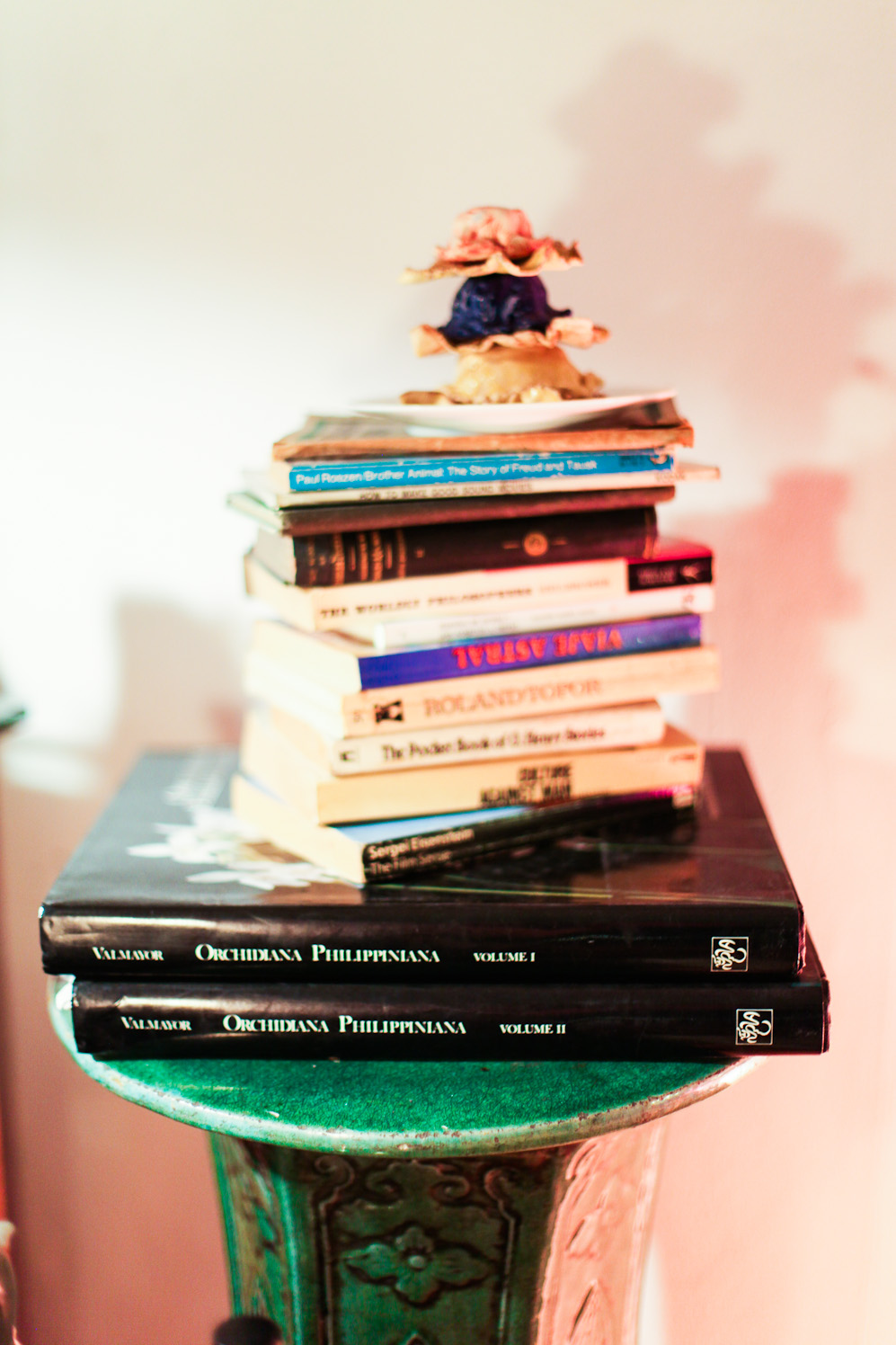
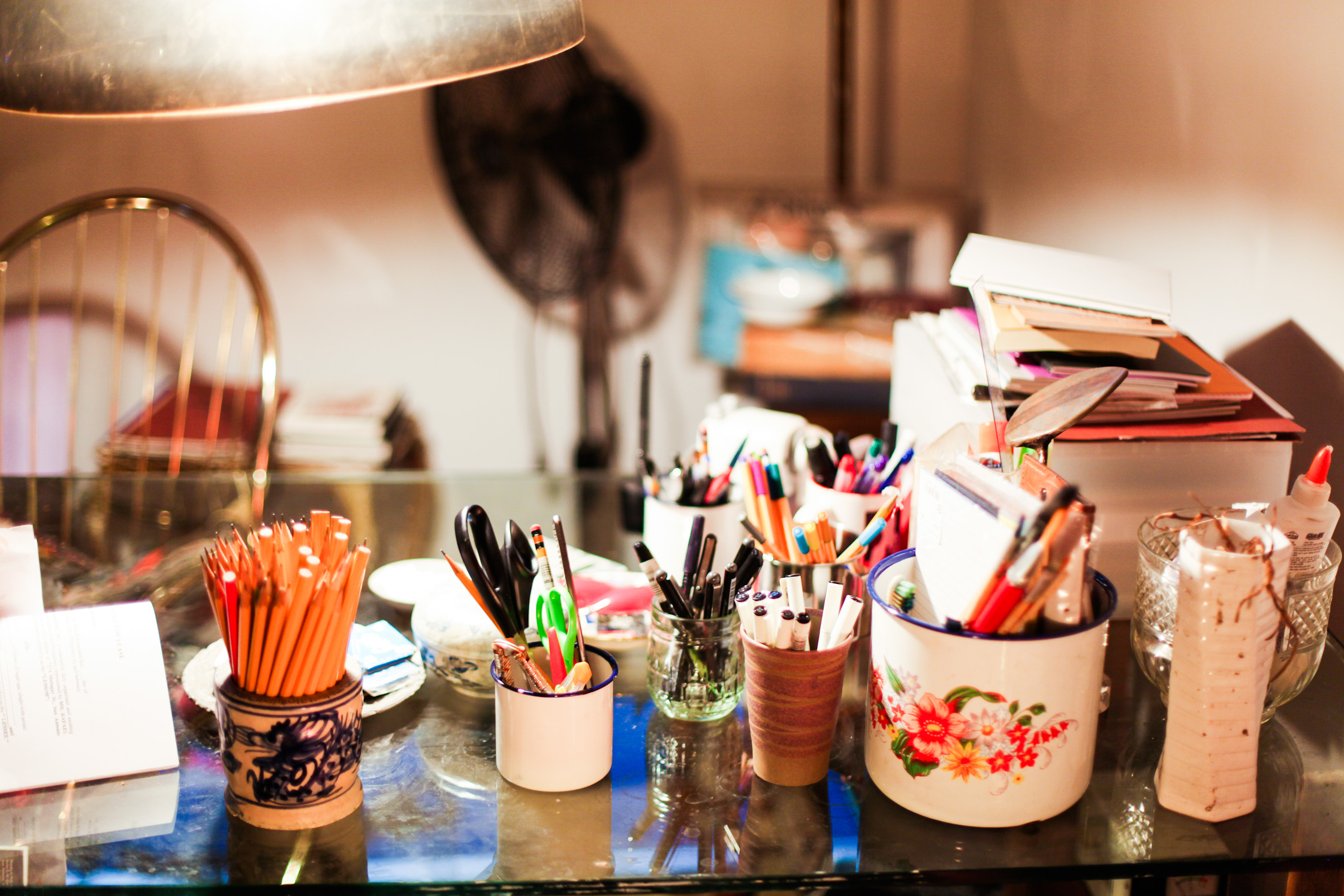
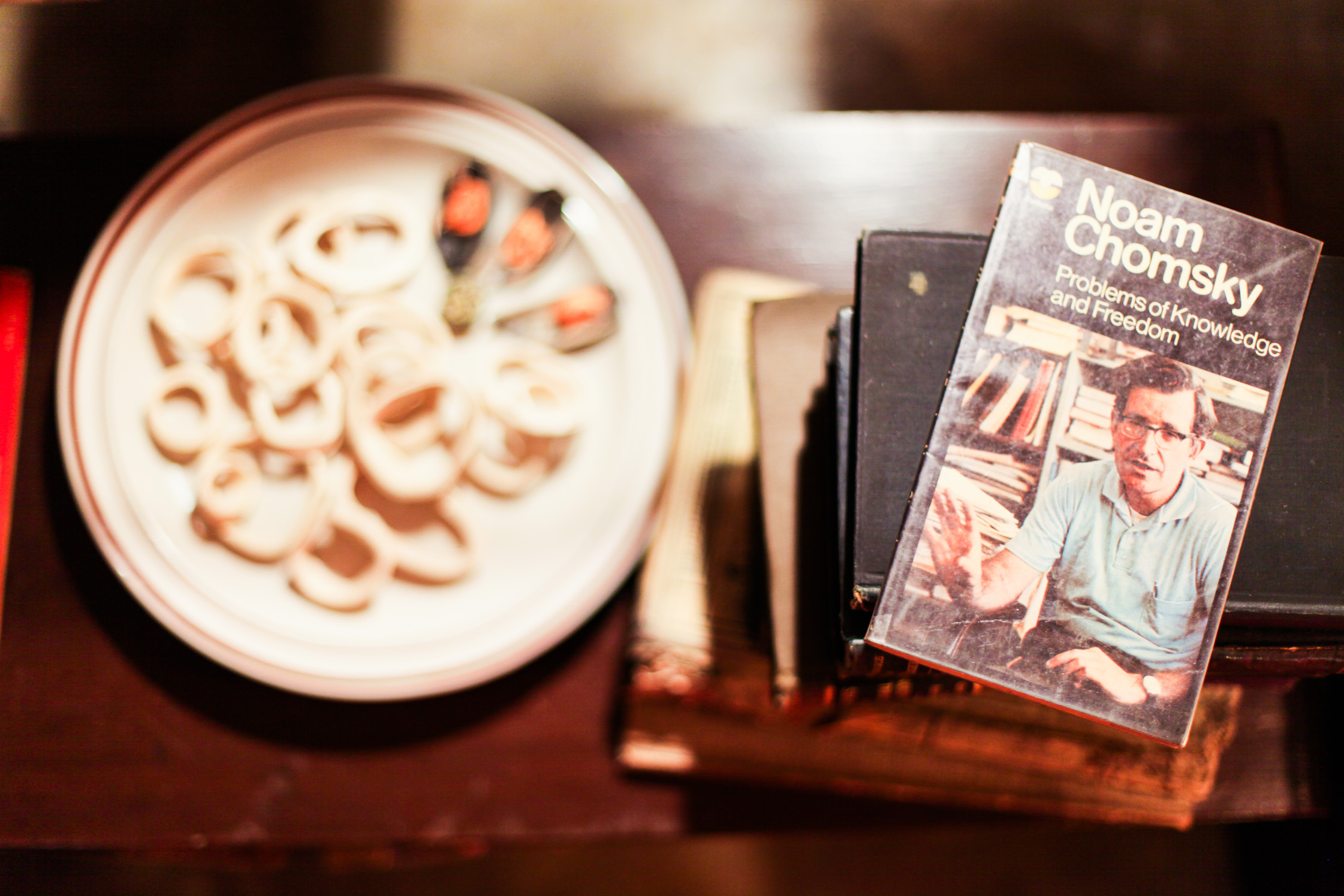
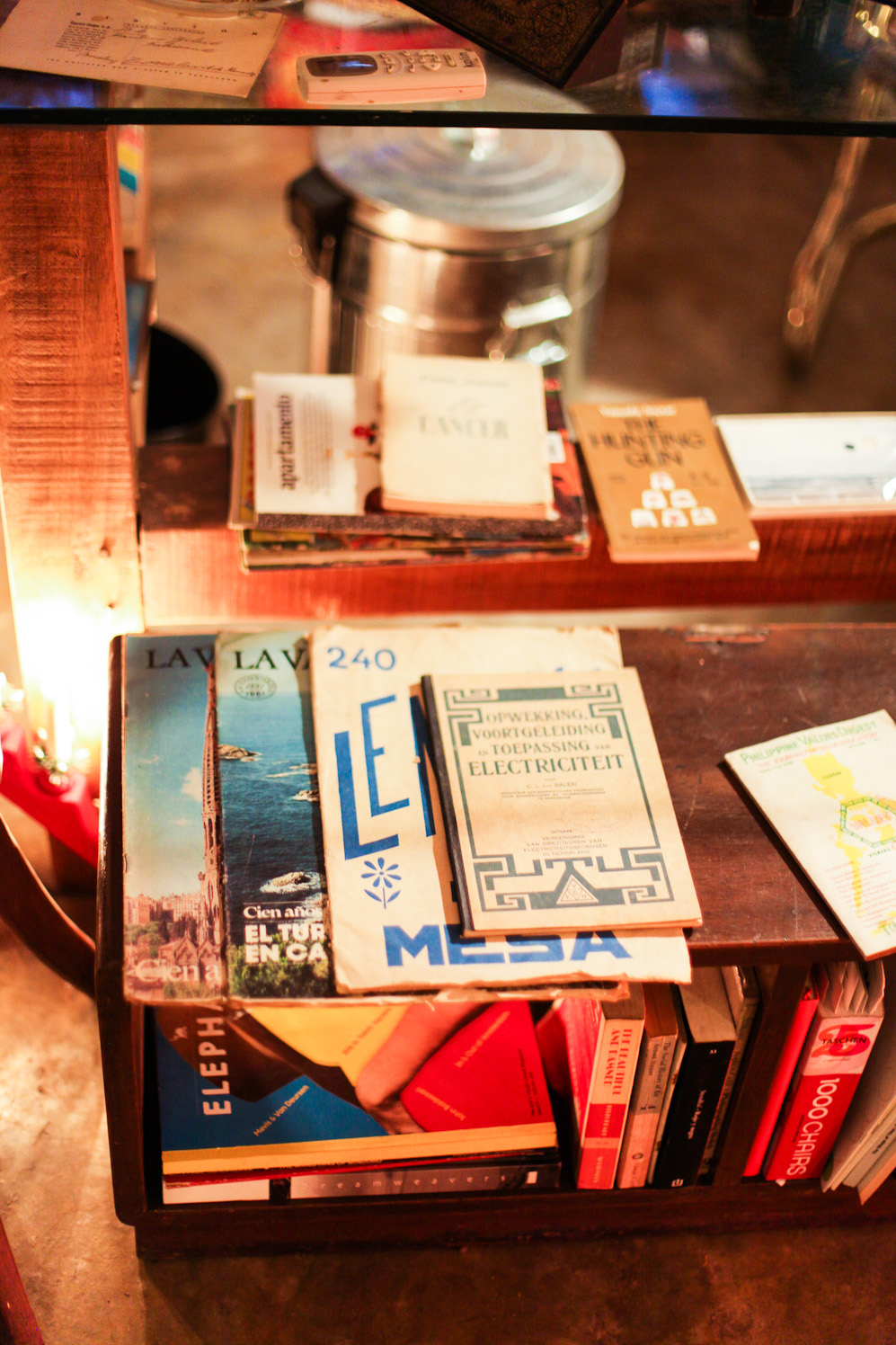
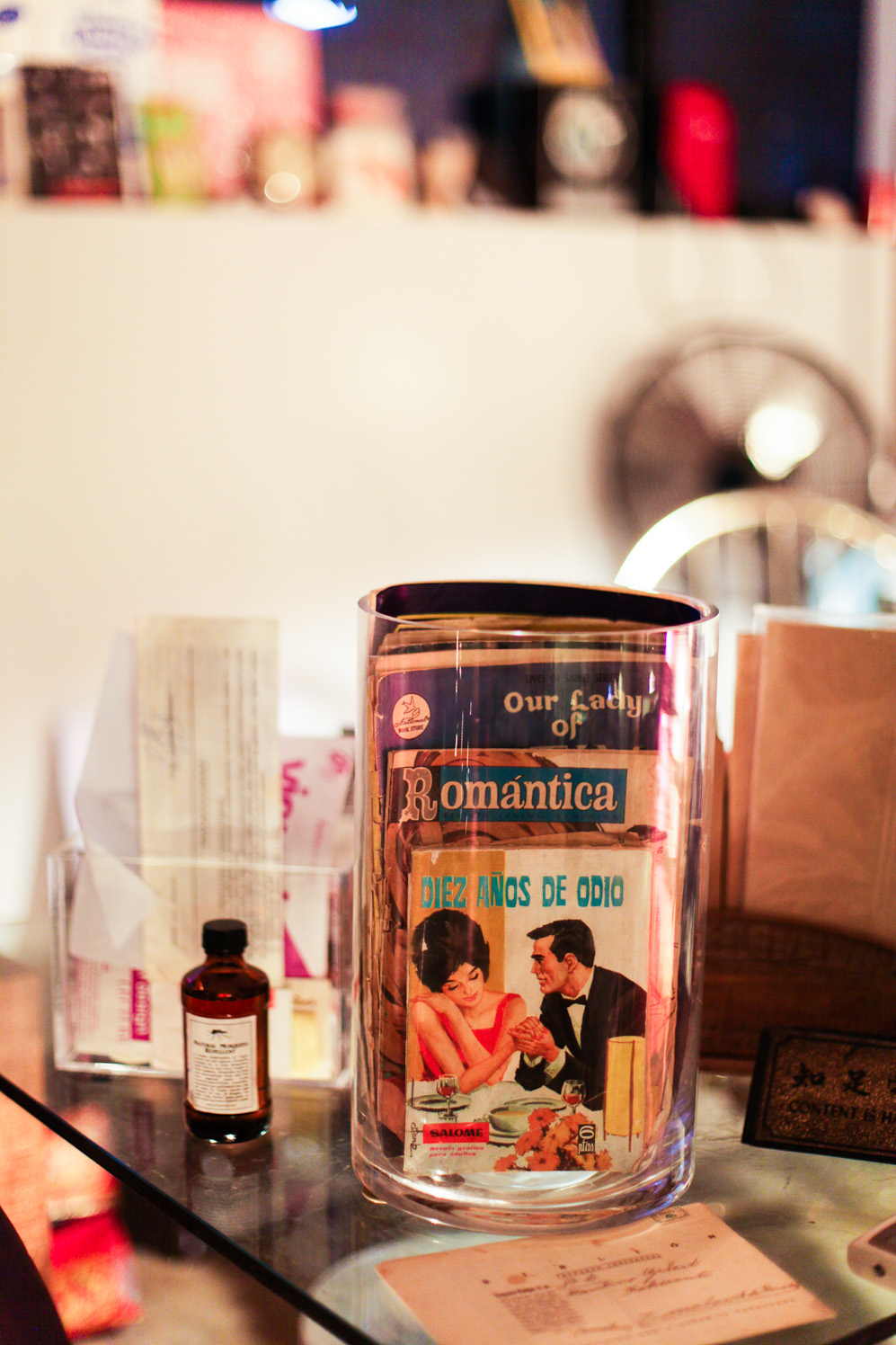
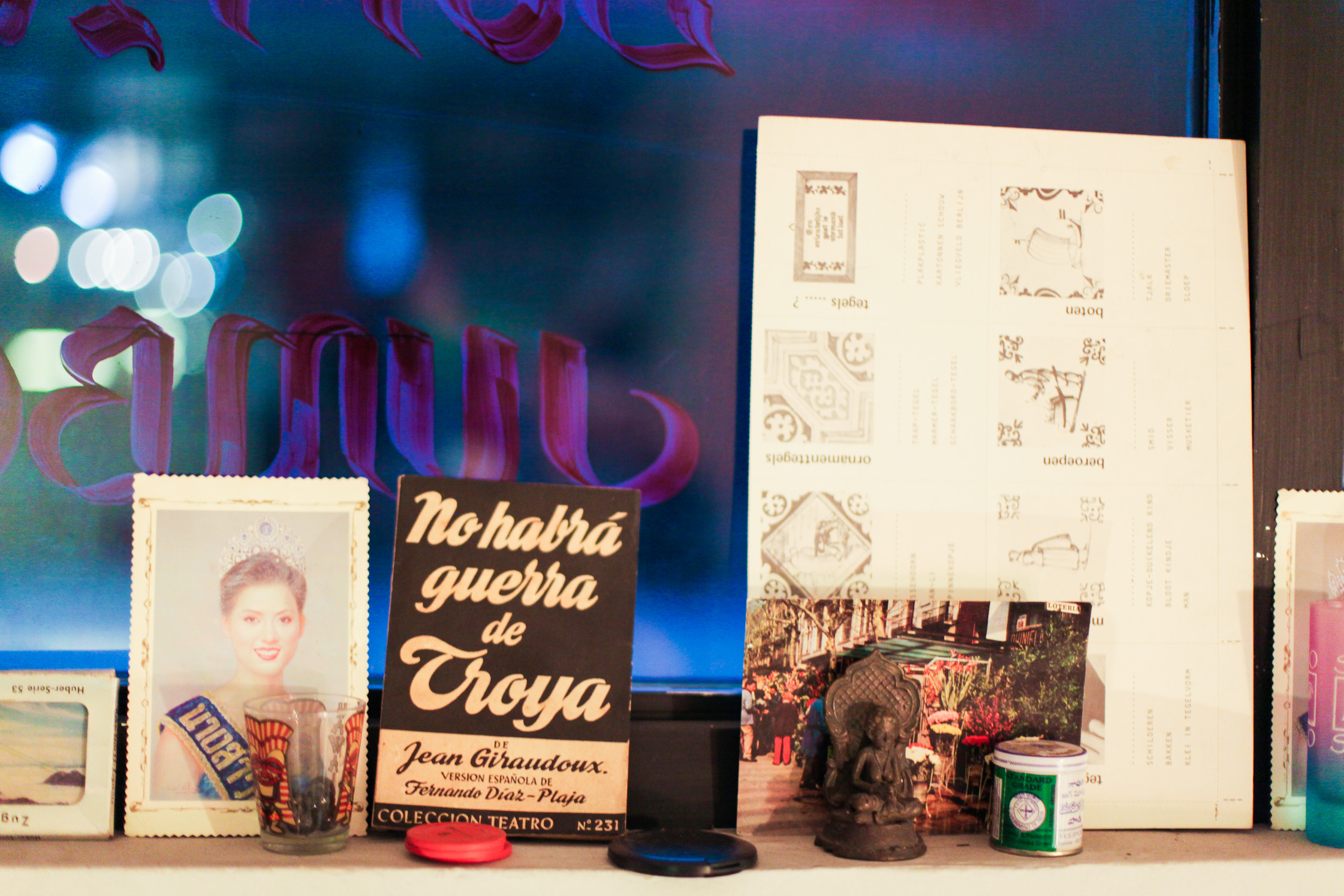
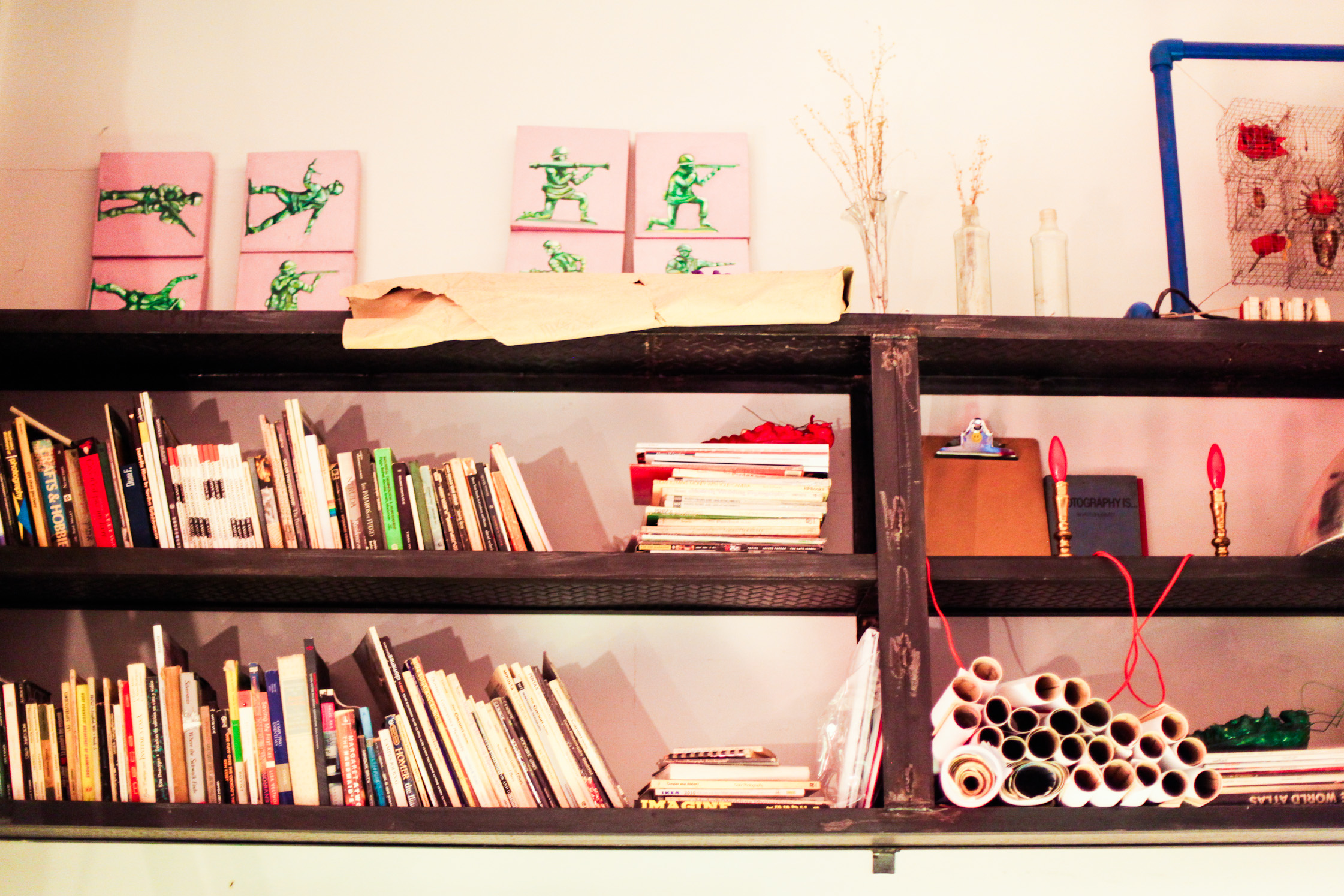
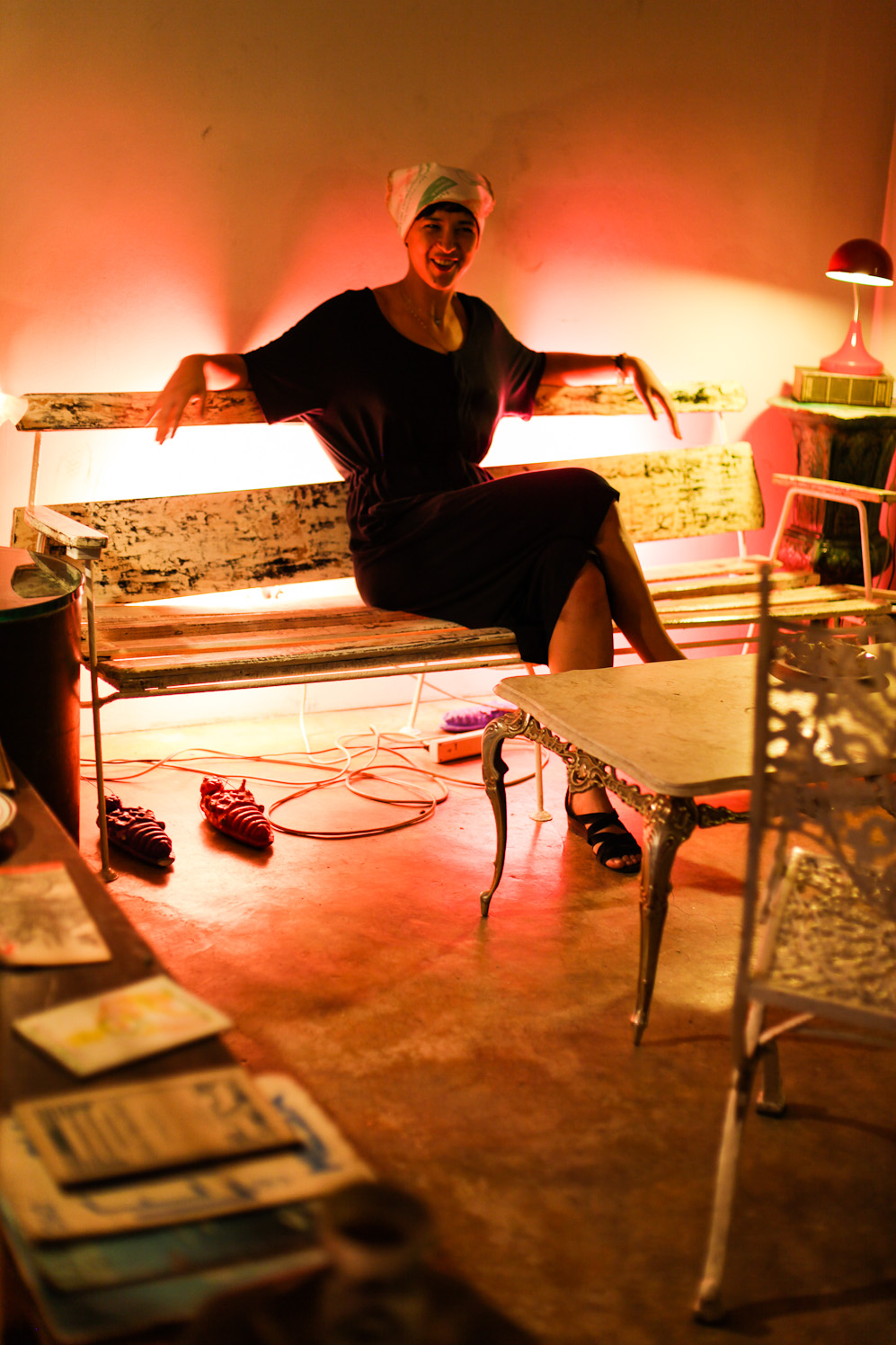
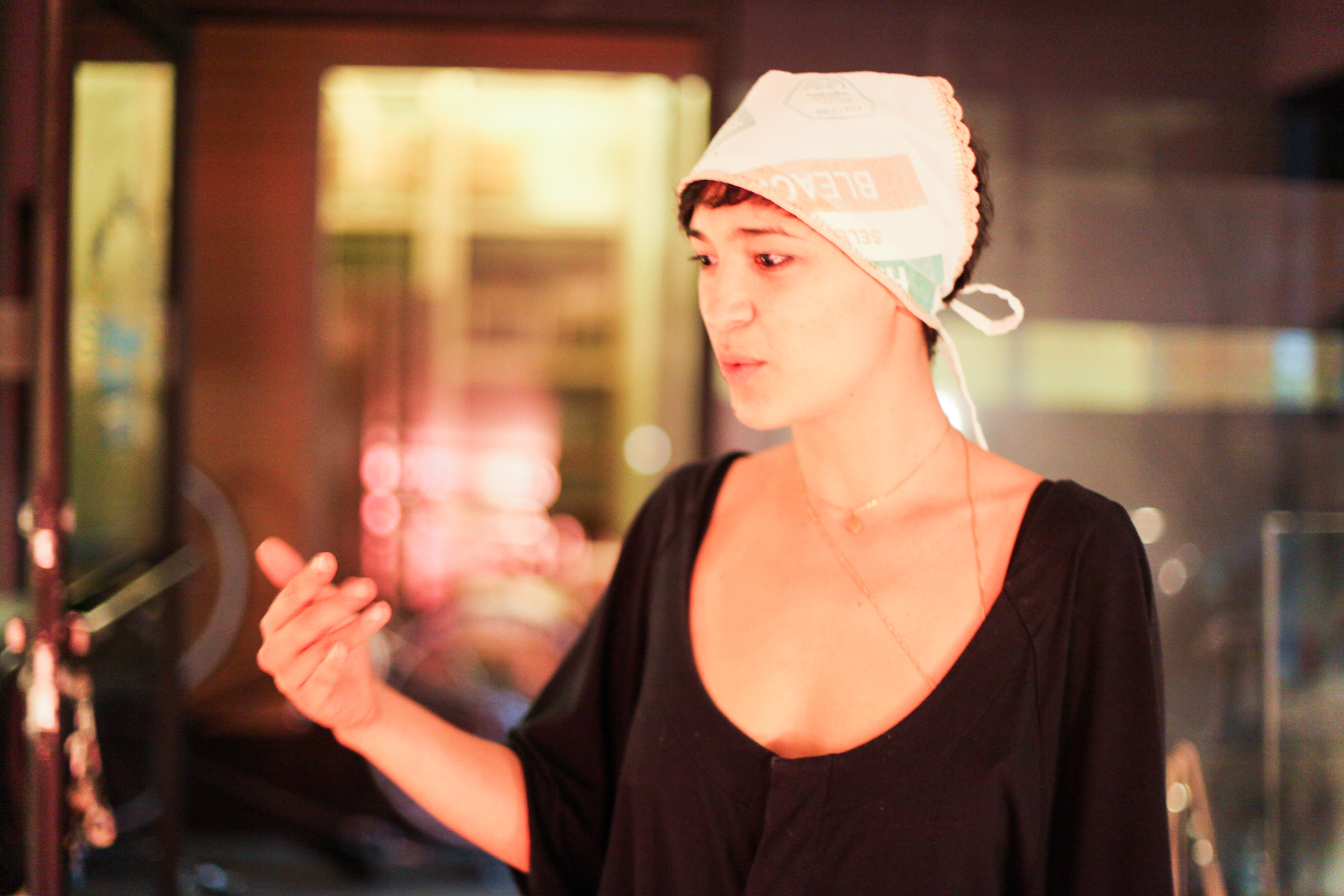
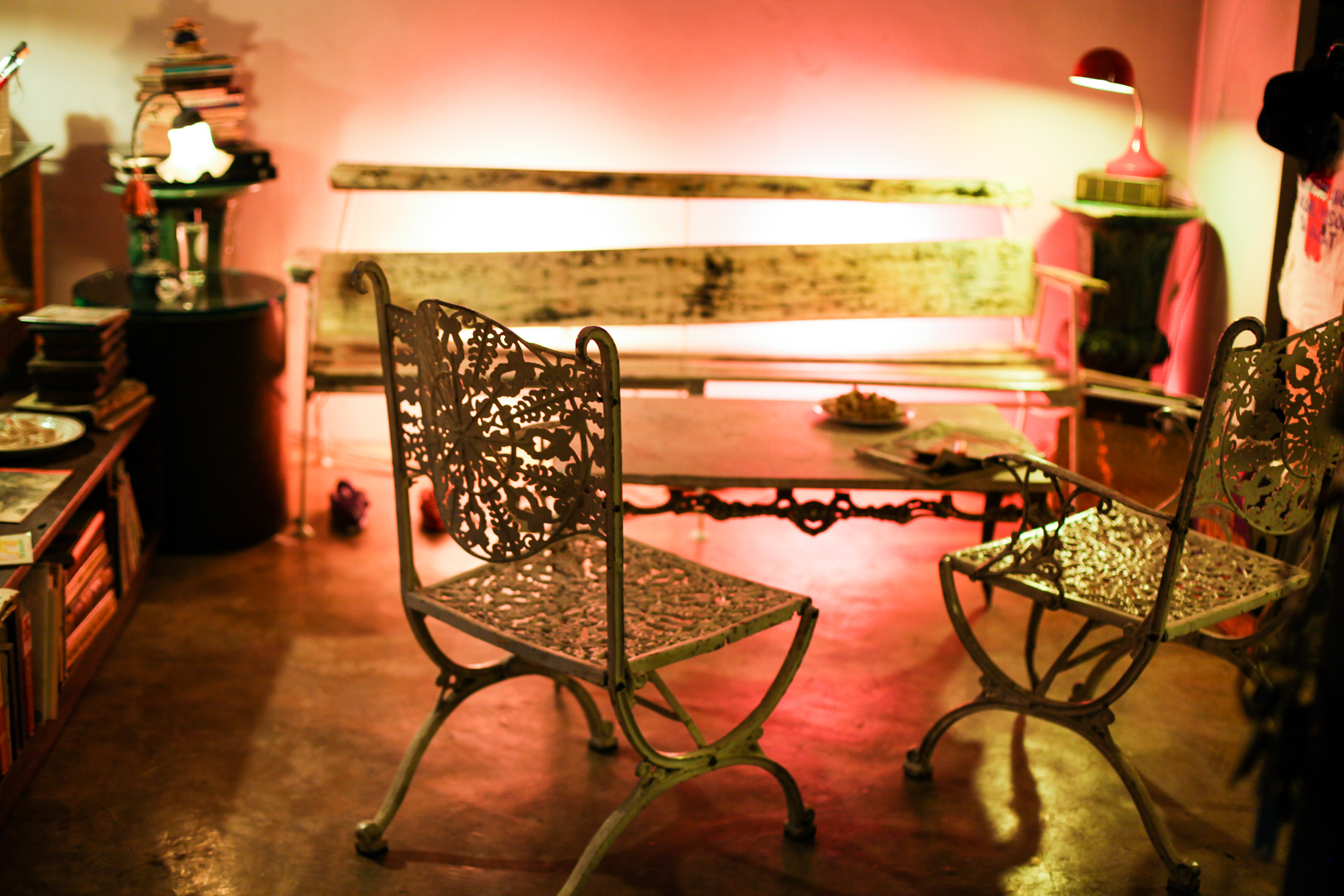
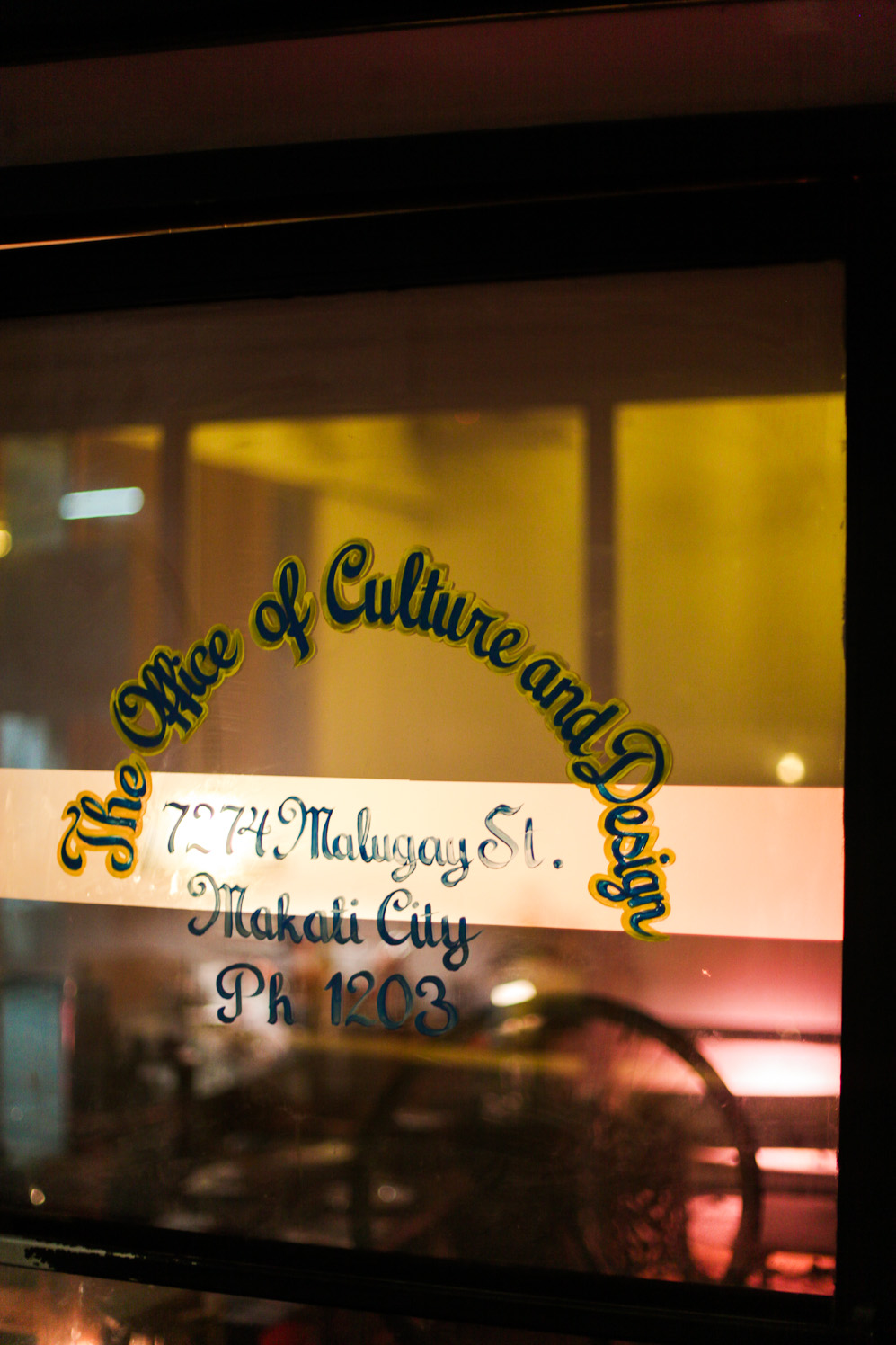
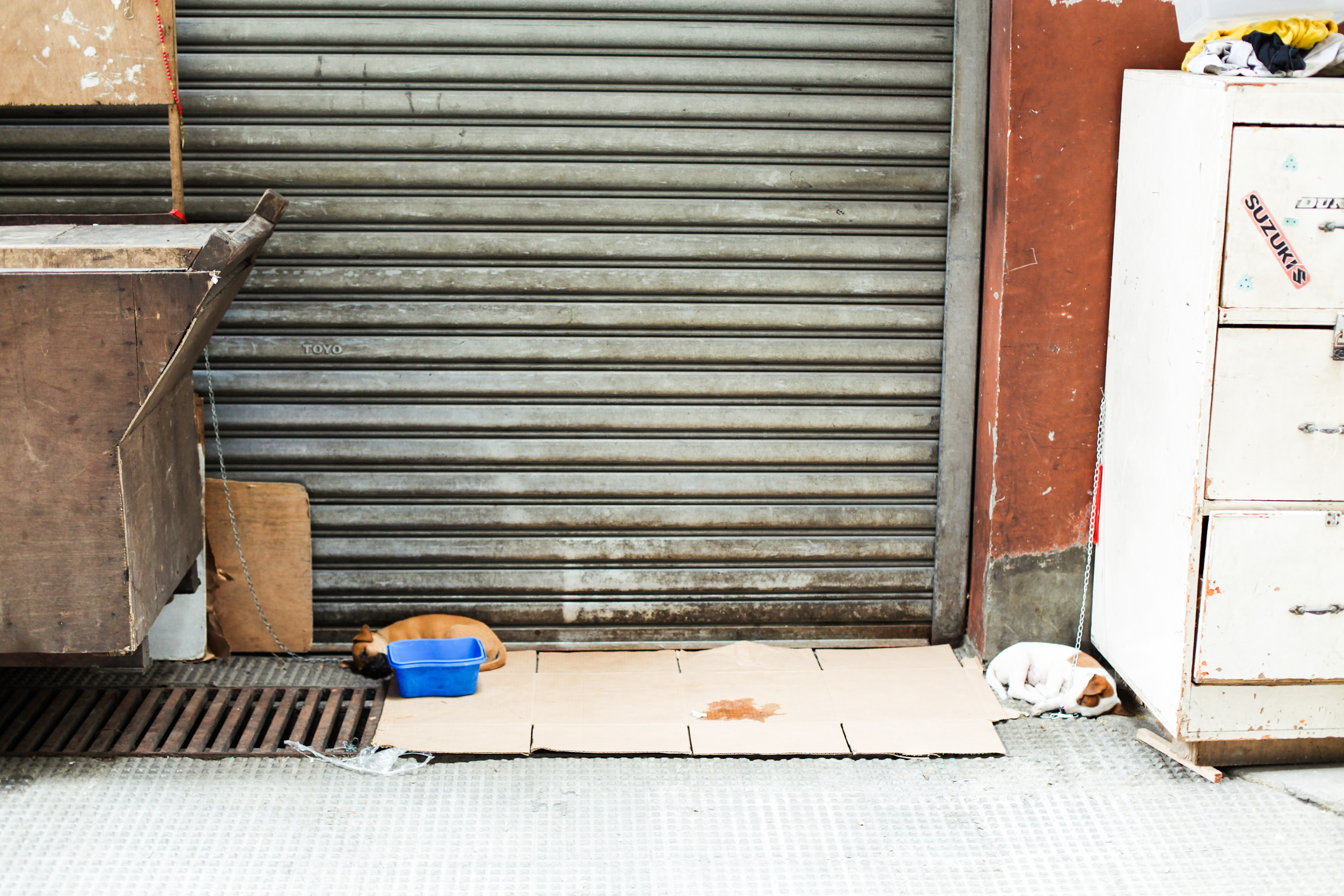
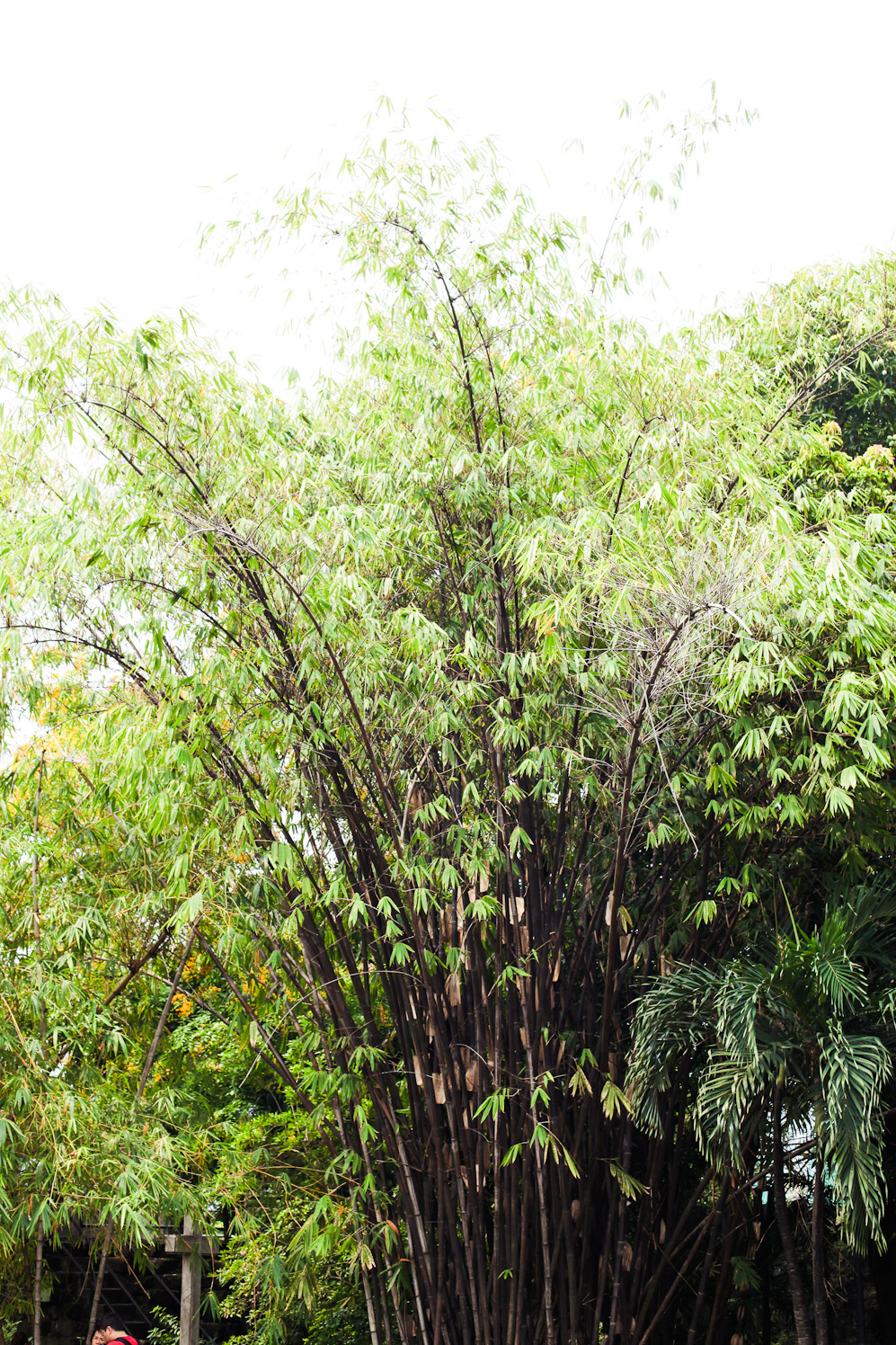
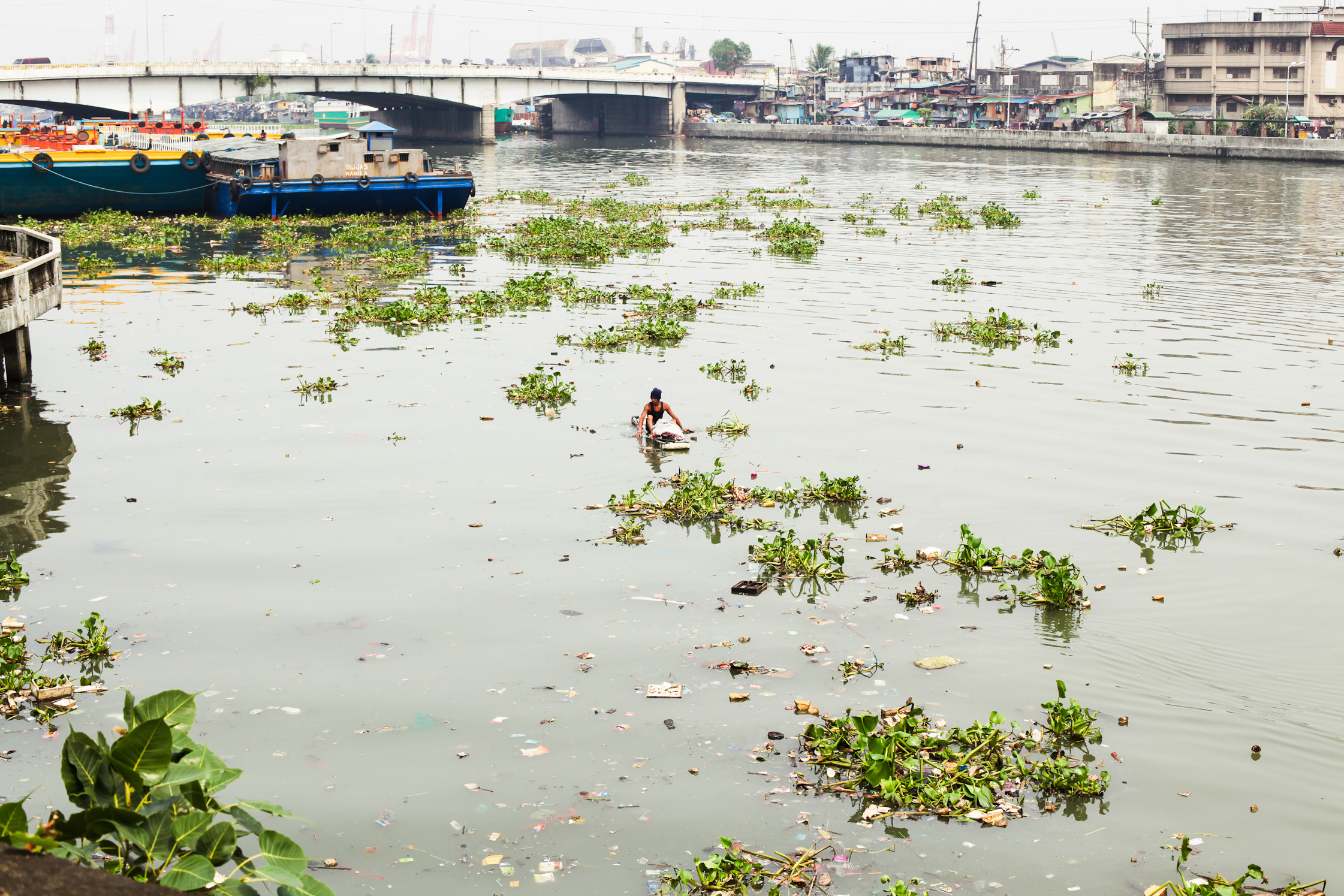

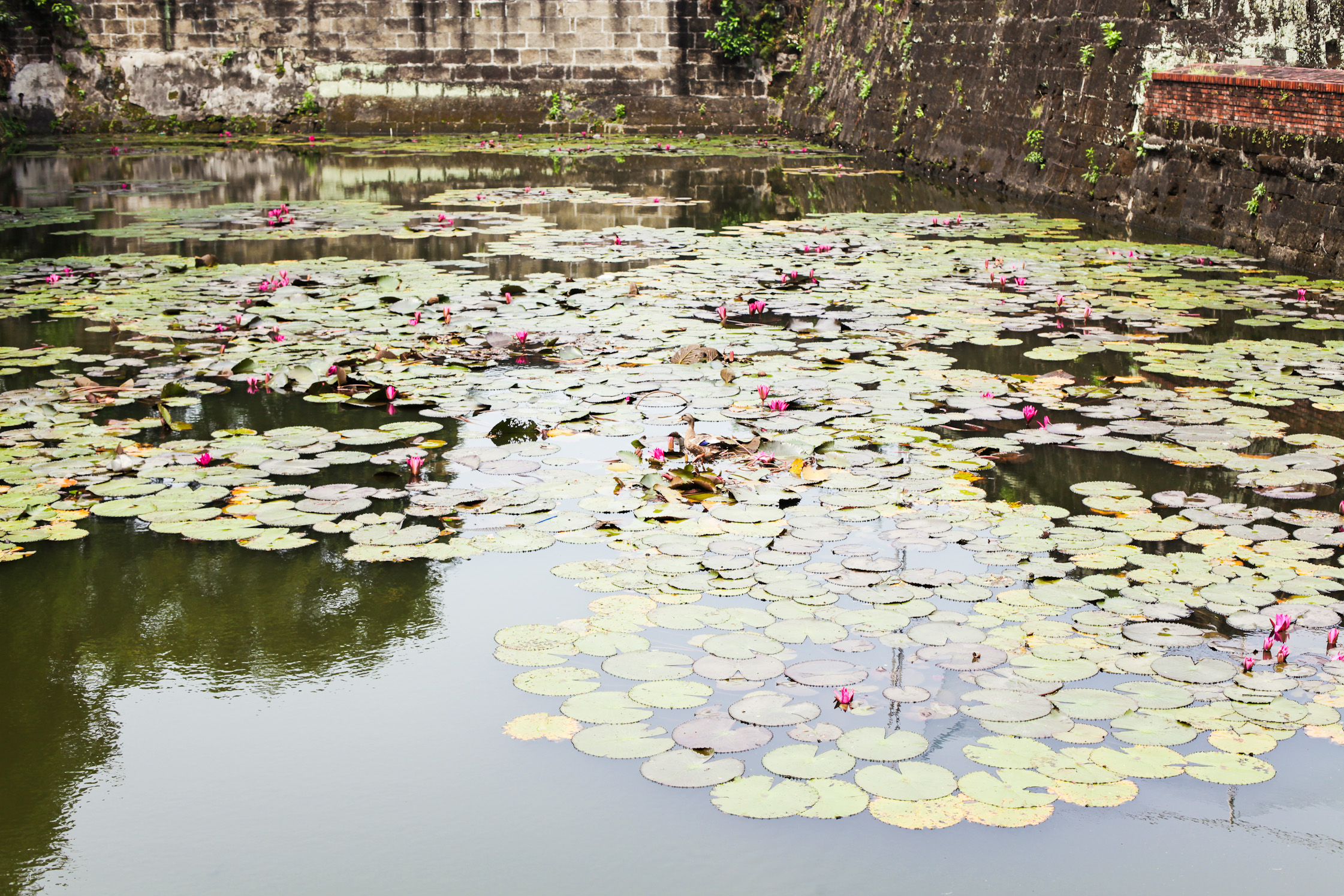
Tell us where a bit about yourself.
I was born in Manila in the year that Marshall McLuhan died, which makes me 32. I have lived most of my life in the Philippines, where my mother was from, but I spent quite a few years in Spain, where my father is from. I can’t say if I feel more Asian or European, it’s a question I get asked a lot when people find out I’m a halfie. They always expect you to pick a side or give a percentage equivalent of how you split your nationality, 60-40 or 50-50 or whatever. My answer is always the same: 200%. I am 100% of both my halves, which doesn’t mean I belong to both places. It means I belong to neither of them, which isn’t nowhere. It’s a place in between that you cannot root for in the Olympics, which sucks. But it has other advantages like knowing more swear words. Being from in-between also means you may need to travel a lot since you get homesick twice as much. I try to be in Barcelona at least once a year, but mostly live in Manila where I set up a place called The Office of Culture and Design. I call what we do social innovation in culture, for lack of a better term, because there really is no widely-accepted term as it’s a relatively new practice.
What exactly is social innovation in culture?
It’s a continuation of the trend towards social responsibility that you see in general, in many industries and areas. We just applied it to cultural projects that sometimes incorporate design initiatives. In general business, they call their responsibility trends social entrepreneurship and corporate social responsibility. In food, it’s organic farming. In design, some refer to ethical practice as social innovation. In the cultural world, all these ideas are new, though they are by no means unheard of. There are many people, all over the world, engaging in this type of work. Thing is, I suspect that a lot of us don’t really know what to call it.
Did you move back to Manila to do this kind of work?
I moved back here after 7 years in Barcelona to be with my mom while she went about the process of dying. I put my life in Spain on pause, gave away 80% of my stuff and packed the rest in boxes, thinking that when the whole cancer thing was over, I could just repack my suitcase, fly back, unpack boxes and press play. I didn’t understand that death is a spiritual makeover not just for the dying. When you’re confronted with death, your life–past, present and future–turns into a big, shiny question mark.
I stayed in Manila to carry out my mother’s abstract last wishes. One of them was to write a book about her. I’d never written an honest to goodness book, but I figured there would be some free time between writing chapter and chapter. You know, for inspiration. I thought, ‘Hey I can do this artsy stuff I’ve always wanted to do on the side, in the empty hours while I write the book.” But I was wrong on both counts. When you’re mind is engaged in the process of making a book, there is no free time. There is no sleep, no food, nothing except the book. You’re not making it, it’s making you. And the “artsy-fartsy” stuff was not a part-time job. Slowly, both projects just got bigger and bigger and here I still am, in Manila, 3 years later. Where you end up or find your happiness… it’s always an accidental thing.
Have you finished the book your mother asked you to write?
No. I had to finish another book first, my first one, Tennet, which came out this year with Triangulo Books and h2o Gallery in Barcelona. So I’ve only managed to do 3 of the 5 chapters of my mother’s book.
Why do you say her last wishes were abstract?
First she asked me to write a book about her and then the next day she said maybe not a book about her but about the family instead, but not about the, you know, private family stuff either. Then a few days before she passed away, the last sentence that my mother ever uttered to me was like a scene from that Monty Python movie about the Holy Grail.
Which scene?
The one where the knights are inside a cave looking for the grail and one of them is translating to the others a bunch of hieroglyphs or something on the wall. He says, ‘The Holy Grail is buried in the land of Aaaaaaagghhhh,’ and the other knights are like, ‘What do you mean in the land of Aaaaaaagghhhh?’ Everybody argues for a bit in British accents and then another knight says, ‘Well, maybe he wrote it when he was dying?’ That’s exactly what my mother did to me.
And what did she say?
She said, ‘With all of these cultural things that you’re doing, maybe you should…,’ and then she never said anything to me again. ‘Write a book,’ is a straightforward request. But ‘Maybe you should aaaaaaagghhhh’ was a bit harder to figure out. Then somehow, it happened that I put up The OCD. I really hope the stuff we’re doing is what she meant by aaaaaaagghhhh.
What project are you working on right now?
The Cloyd Project. It’s a spinoff from the first initiative we funded in Bantayan Island, by a Dutch-Filipino videoartist called Martha Atienza. While filming seafarers and compressor diver fishermen on the island, Martha ended up employing Cloyd, the local film enthusiast, as her assistant. She found out he was really into AfterEffects, and was teaching a few kids from Madridejos to do special effects editing on a really shitty computer. Their lesson plan consisted of watching YouTube tutorial videos. One of the first things Martha told me on my first trip to Bantayan was, “You gotta meet Cloyd. I don’t know how we can help him, argh, I’m so frustrated, argh, but let’s help him out.” Martha makes a lot of funny noises and always wants to help the world, that’s why we get along.
When I first met Cloyd, he told me all about how he was training those 4 kids to be his film crew. For when he filmed a remake of Akira Kurosawa’s film, Rashomon, in his native dialect, Lawisanon. From Martha, I knew that Cloyd was a hard and willing worker, that he didn’t just teach the kids how to edit but gave them a safe place to stay, out of trouble and off the streets, that his chicken barbecue business was going bust and that he had a bunch of his own kids to feed. I also knew full well how hard it is in the Philippines to be interested in something that is different from what everyone else likes. You really do get punished and isolated for being different in any way. What I didn’t know until that first conversation was exactly how serious Cloyd was about making that movie.
So you and Martha are helping this guy from the island make his dream movie.
Not just that. Cloyd was already doing something special when we met him. He was already running a youth-oriented film center without really knowing it, so I thought that might be a good place to start. We gave him some equipment and put him on payroll until he got back on his feet, and now what used to be Cloyd’s restaurant is headquarters for the newest production house in Madridejos town. They filmed 7 weddings last month, and he’s got 8 kids in the group now. We’re in the middle of a workshop course for him, taught by filmmakers and artists. When the course is over, Cloyd will receive a small grant so he can shoot that film of his.
Wow, I really love my job.
Sounds like a job I’d like to have. What exactly would I have to do if I wanted to work with you?
Think of a project that uses art or design to help someone, in a nutshell. The idea is to use the possibilities that both practices offer an inspiring change at a direct level. It is to prove that new solutions are possible. There’s often a concrete person or community with whom we’re actively engaged for each project or series of projects.
Is your background in the arts?
No. I would say my background is in advertising, though I’ve also worked in publishing, on television, at a bank, at a second-hand store, and as one of those annoying people that goes up to you on the street to ask if you want to donate to the Red Cross. I stumbled into the culture world while I was trying to move away from advertising. The ad job started out as a lot of fun. It was an excellent school for learning how to communicate properly and produce high volume under high stress. Good agencies demand your entire life and attention, and being so completely committed and focused was likewise an educational experience. Though it was tough, I truly loved my time at the agency and always go back to visit when I’m in town. I sometimes miss the headiness of it all, but I don’t think I’m fit to live there anymore.
I remember one day we were all pitching ideas for a “really cool” campaign for getting people to smoke more. I didn’t think so much of it at the time, no big deal, just another client, I’m a heavy smoker anyway. What really ended up worrying me about that brief was how long it took me to realize that I actually had objections to it. I just couldn’t hear them, I couldn’t hear myself think anymore. It was not all the advertising’s fault, thought the environment it bred is definitely a factor that helps you lose touch with reality. It was a long road back to discover just how much of myself had actually been compromised. Still don’t know the answer.
Maybe the world is just not ready for ethics. I can see why your stance would be unpopular in some circles, especially in the contemporary art world. It doesn’t sound easy.
If you mean the more traditional contemporary fine-art, high-design circles, yes, maybe some of them are not ready for this sort of talk. But there are people, more than I initially thought, who are open to integrating social responsibility into the practice of art and the field of design. And when you finally meet them, boom, it’s like fireworks, the understanding is instant. It’s like love at first sight. We get each other. You have to hone that instinct to select your contemporaries and make beautiful music together, as well as trust it enough to get out of situations that will backfire.
Traditional contemporary art circles… I’d be worried if I were them. When people start calling you traditional and you work in a field that has the word “contemporary” attached to it, perhaps it’s time to re-evaluate your position. Art isn’t supposed to be easy.
Change is never easy.
The feeling of doing something completely foreign, for which there are no instructions, is so huge in the pit of your stomach that I cannot find a word large enough to describe it. But after the first leap, when you see you’re swimming instead of plummeting to the ground with no parachute, you relax and start trying to figure out where you actually want to go. That’s harder. What keeps me kind of on track is that big feeling in the pit of my stomach. That’s how I know I’m doing what I’m supposed to be doing. When people question with what’s right and under whose authority you have dared to make changes, it’s important to know in your gut that you are doing what truly makes sense to you and keep sailing north.
I’m no Mother Teresa. I’m not at that level of sainthood, nor do I want to be. I take as much as I need from the world, but with a calm conscience. I know that I am also giving enough of it back.
Or paying it forward?
Both. I’m a working, rolling part of the karmic wheel. That’s so new age, isn’t it? Sometimes I gross myself out.
Ok we’ve got to talk a bit about your house. Tell me who else lives here.
My dad, my 12 year-old daughter, Nadia, the staff and Pedro.
Pedro?
The chihuahua, also known as Jiggy. It’s so Filipino to have a nickname that has nothing to do with your real name.
Do your plants have names?
Some of them are named after people I like and don’t like. I take special care of the plants named after people I don’t like. It’s therapeutic. Seeing people who have hurt you as helpless vegetables that desperately need your care to survive makes it almost impossible to stay furious at anyone. Almost impossible.
So according to you, plants are people too.
Exactly! I used to think plants were needy, but changed my mind at the Albert Heijn during a month-long trip to Amsterdam.
The supermarket?
Yes. Right at the store exits, they’d put these racks with plants for sale and every few days the plants would change. All these flowers that I’d seen mostly in magazines or movies… We don’t see very many daffodils in the Philippines. It was a flower parade every time I went to buy yoghourt. So funny as well to see these serious-and-boring-looking Dutch businessmen silently deliberating whether or not to bring home little pink flowers in Easter bunny-shaped pots. I like to blend in wherever I travel, so I bought a few specimens to get the Real Dutch Albert Heijn life experience. It was a bit sad to leave my little friends behind.
When I got back to Manila I decided to throw out all the junk that used to be on the terrace and make room for more little green friends. I went through all my mother’s old boxes and tried not to be too sentimental. I took all the dying plants from the garden downstairs, no one really goes there because it’s so full of mosquitoes. And I put them upstairs next to my mom’s old Jesus statues, so they’d actually have something to pray about. My grandmother’s fake roosters, which I also couldn’t throw away for some strange reason, are there to keep things a bit secular.
Is gardening a big thing in the Philippines?
For a Filipino girl to choose playing with mud in the garden is odd. Here, nice girls usually stay out of the sun, or else they get too dark-skinned and won’t ever find husbands. Manila is a crazy place, with crazy ideas. Everything here is too something. Too sunny, too rainy, too large, too boring, too much fun, too rich, too poor… But that polarized intensity is also what makes this city so fascinating. Manila’s like a Fellini woman. Just more tropical.
Whose huge portrait is that in your room?
That’s my mom in the sixties, painted from a photo by my cousin, Hanna Pettyjohn. The funny thing is how she painted it. The canvas was too big for her apartment, so she had to put the thing on its side and paint it sideways. Hanna did a whole bunch of pieces like this for a show, and said that the first time that she really saw what they looked like was when they were hung in the gallery, right side up for the first time. My cousin told me that story when I showed her some photos I had taken for a chapter in my mother’s book. I had used the painting to create scenes that played at confusing horizontal and vertical perspectives, without knowing the painter’s experience. Funny coincidence.
What was your reason for the horizontal and vertical theme?
My mother, who was called Ditos, stands in my memories always so straight and strong. I try to remember her like that and not as she was during her last summer in Manila. She spent her final months almost permanently in bed, lying in an uncharacteristic horizontal position. Possibly the most uncomfortable position of all for a woman like her.
Thank you so much for your time, Clara!
Interview and Photography: Frederik Frede
Post Production: Ailine Liefeld
Text: Lara A. Konrad
